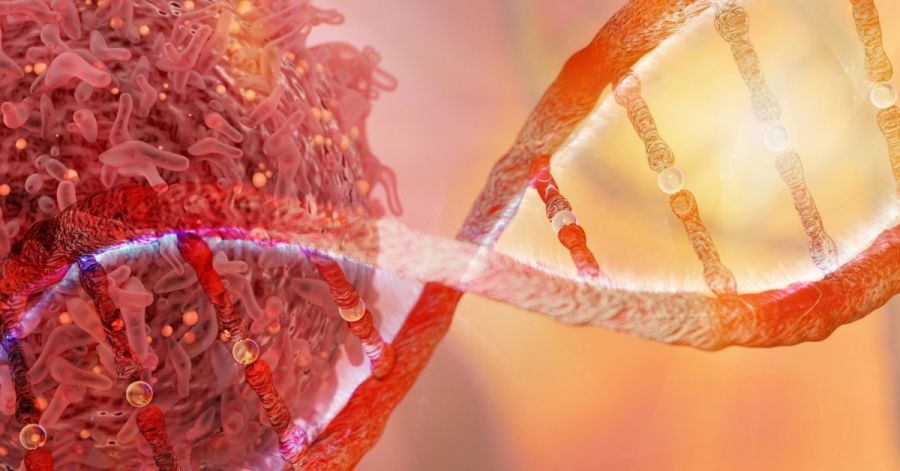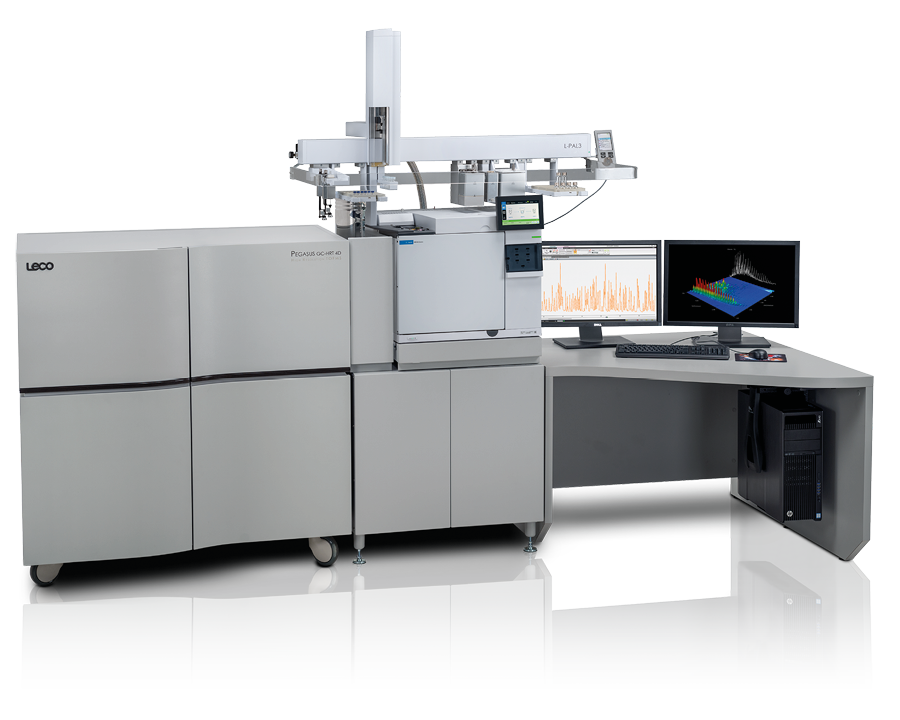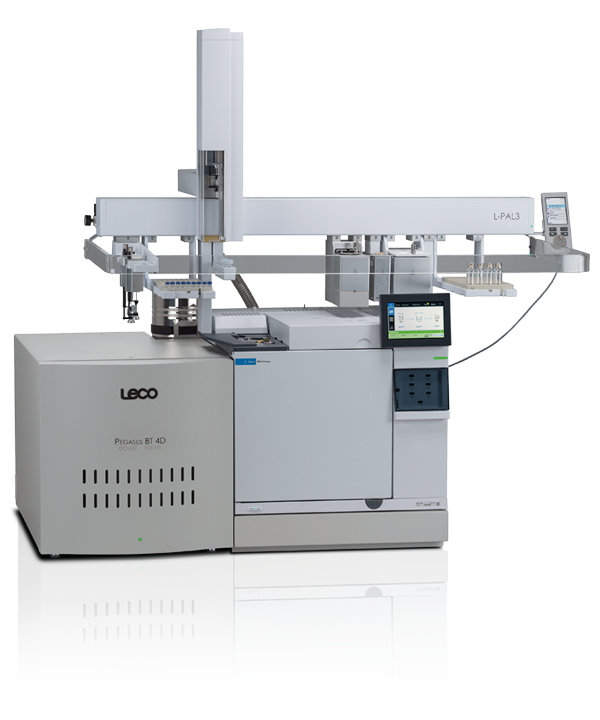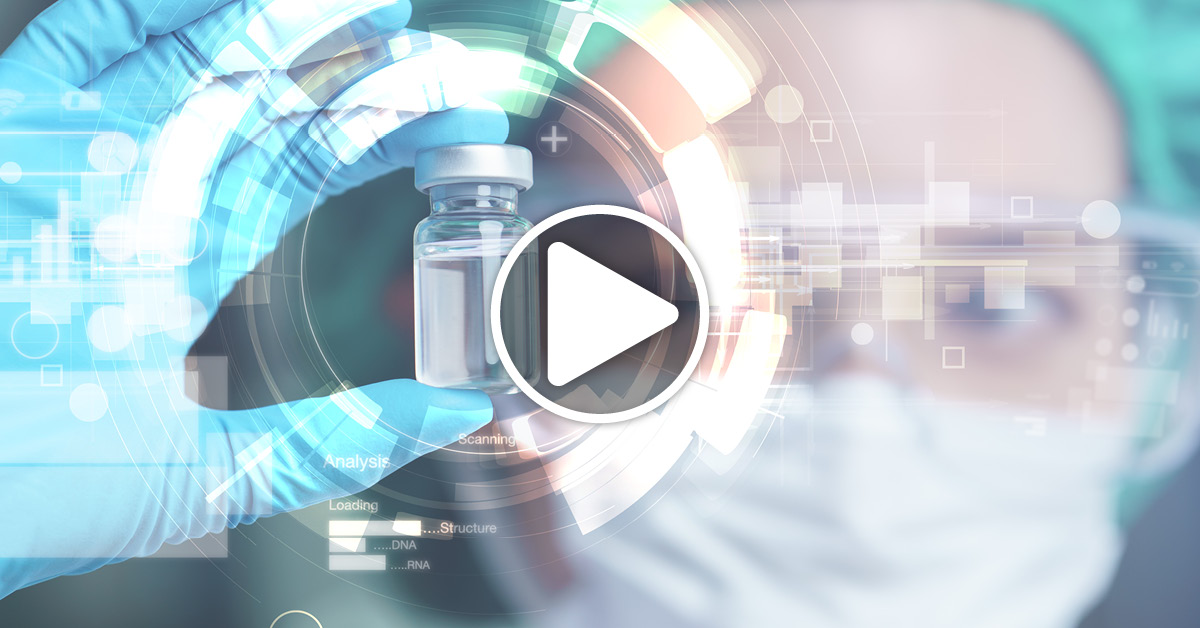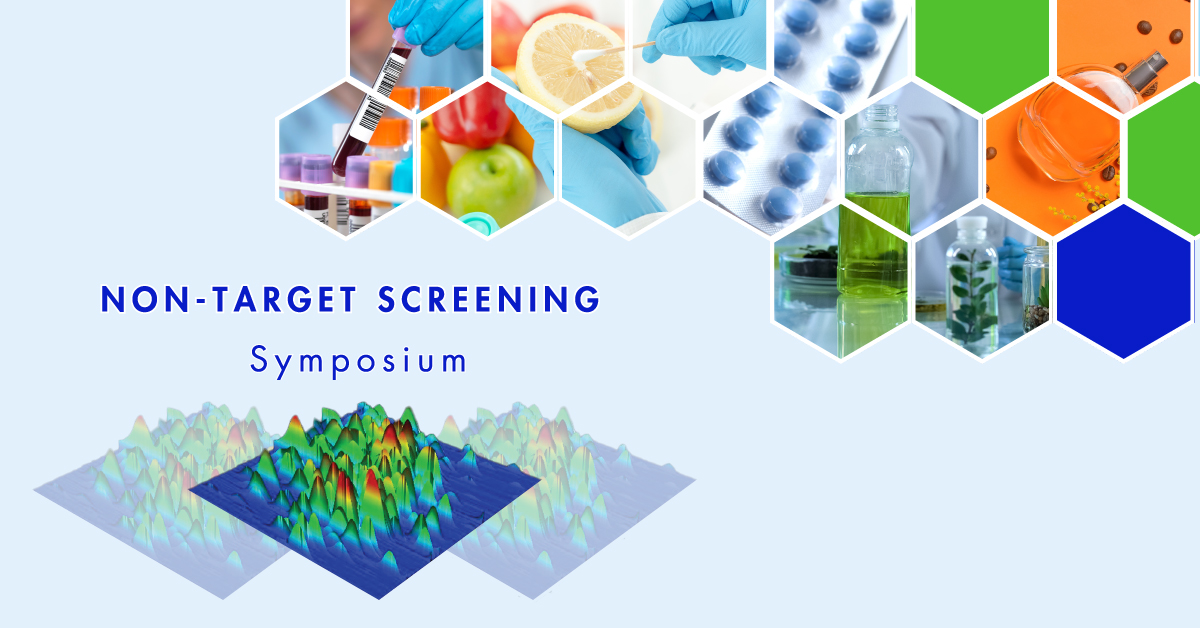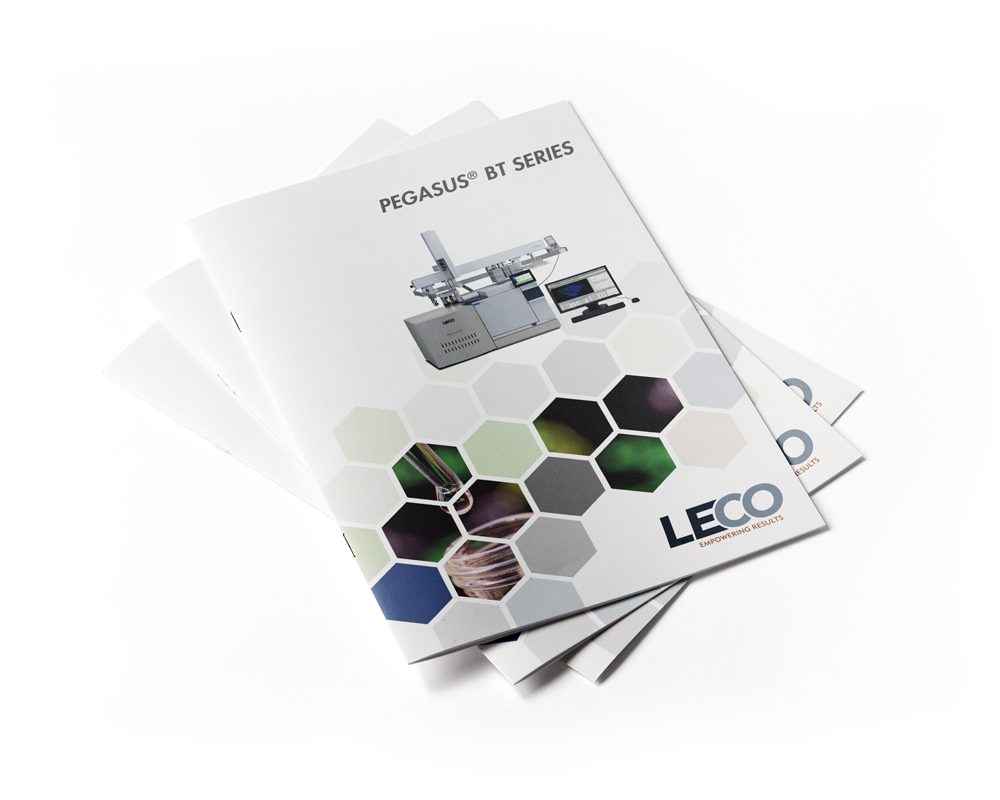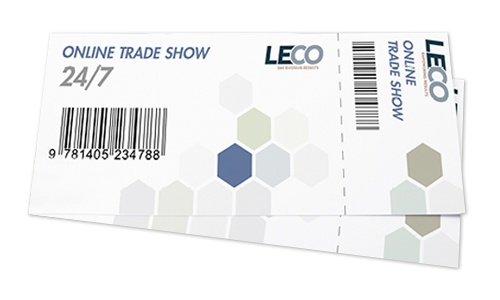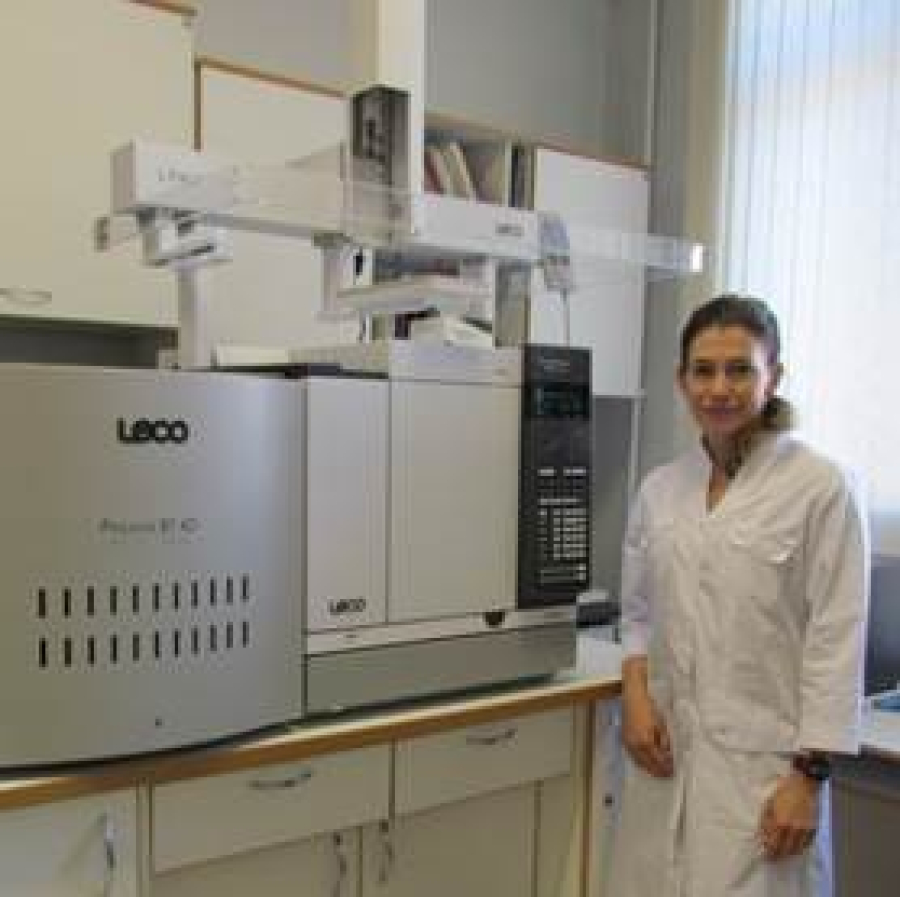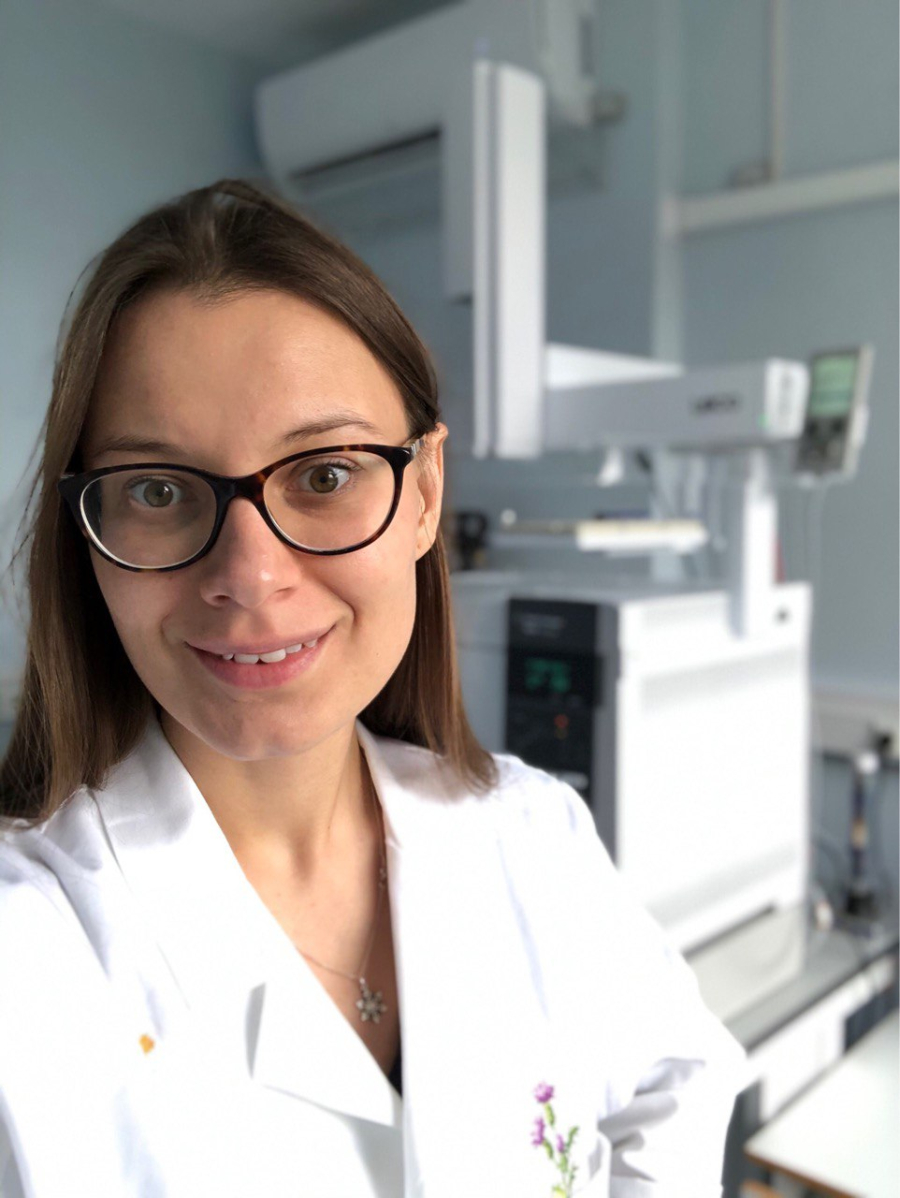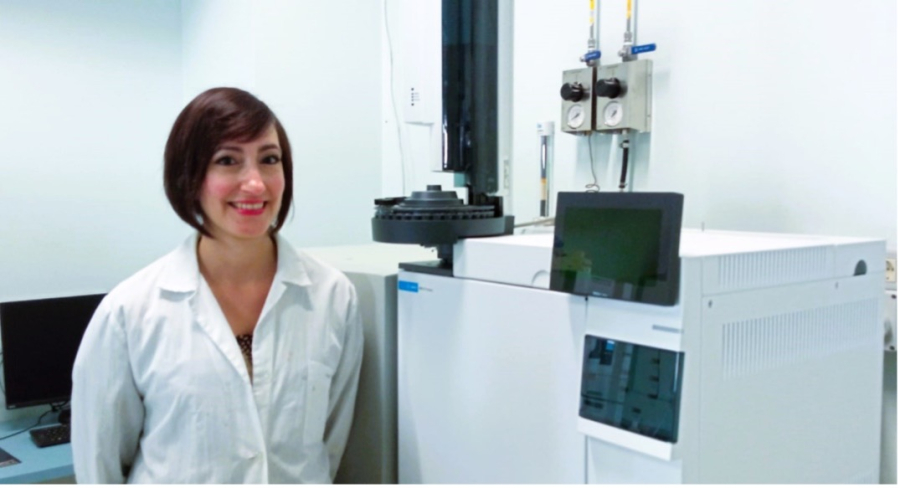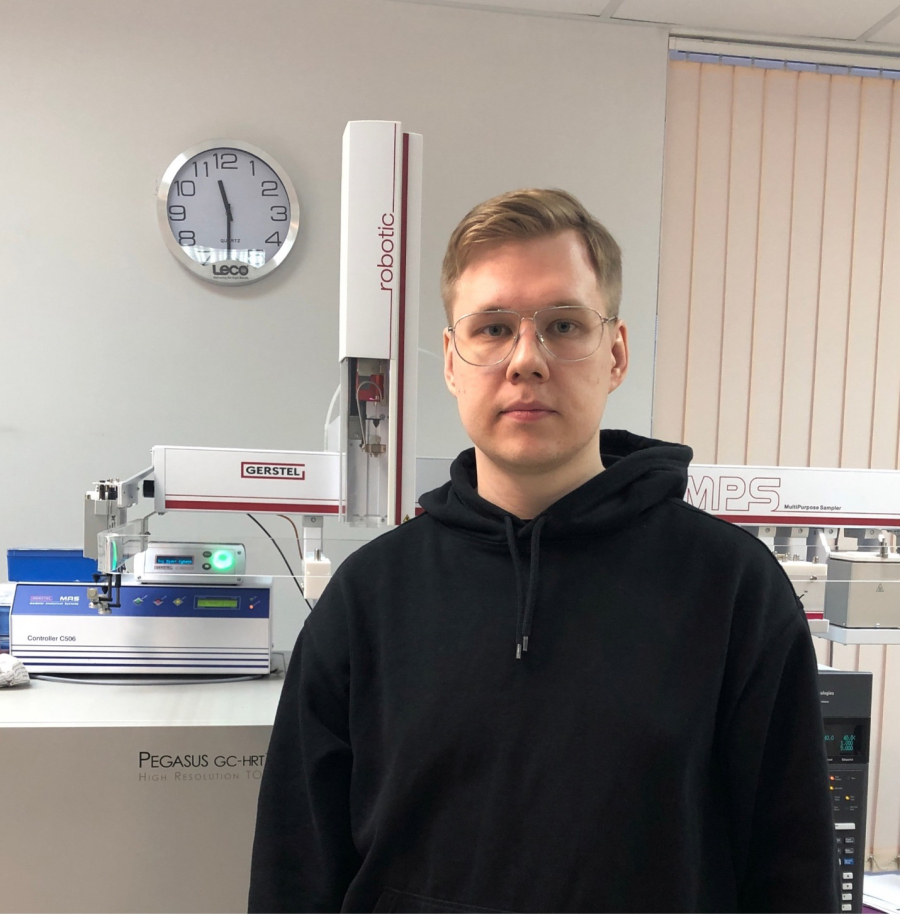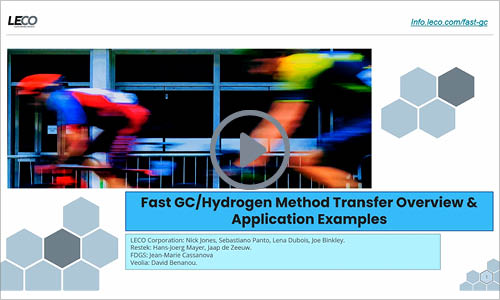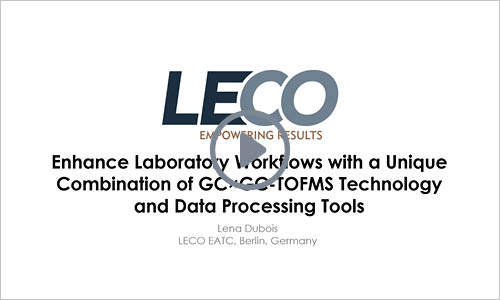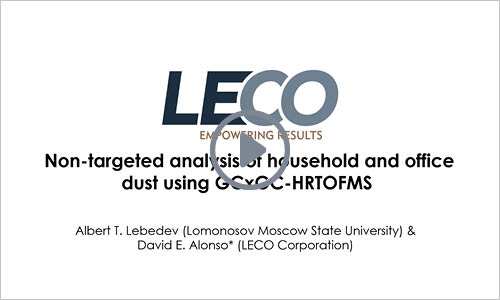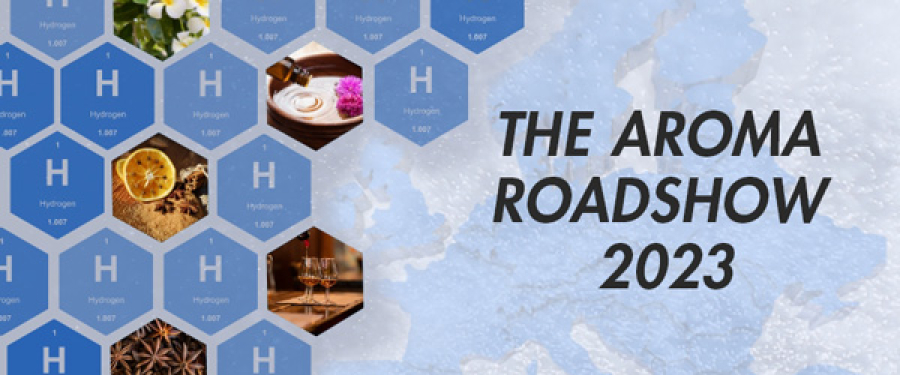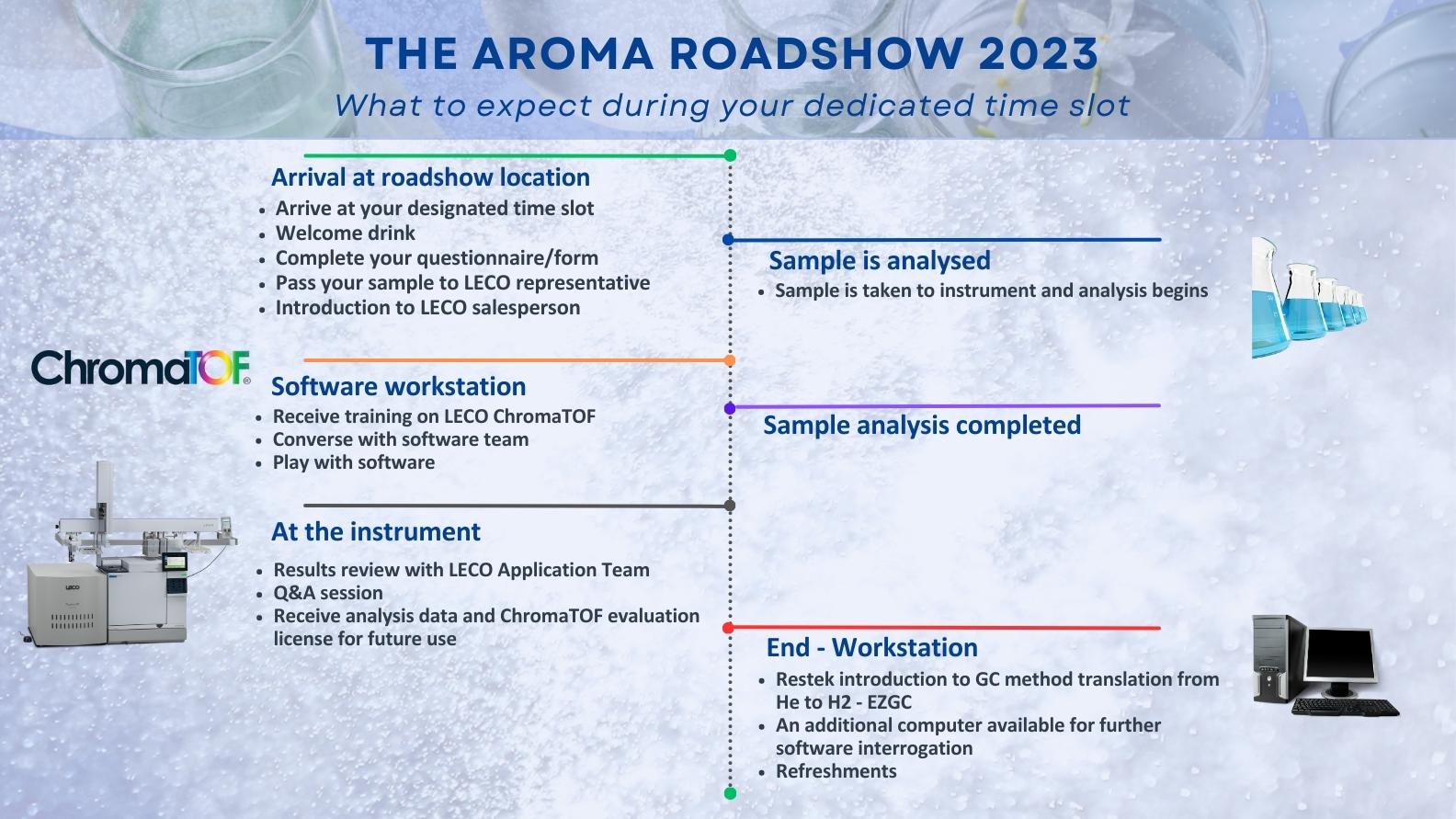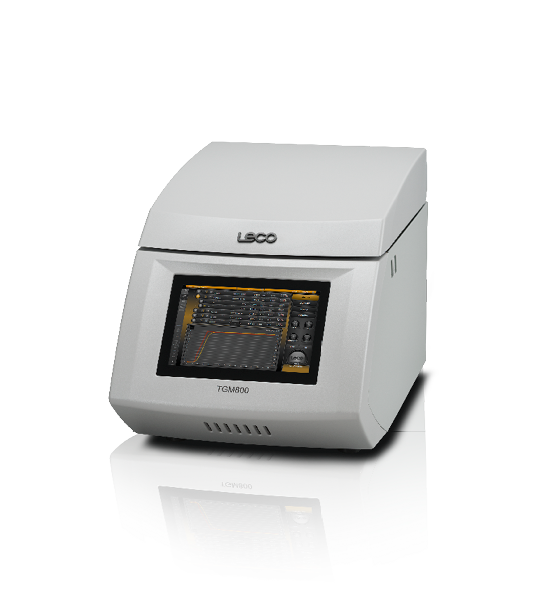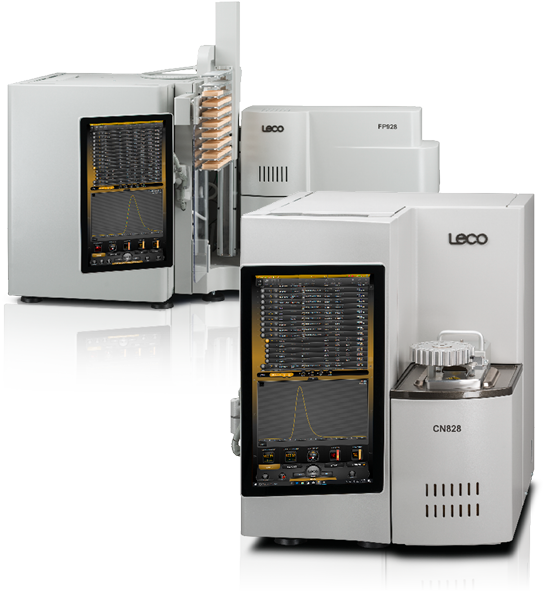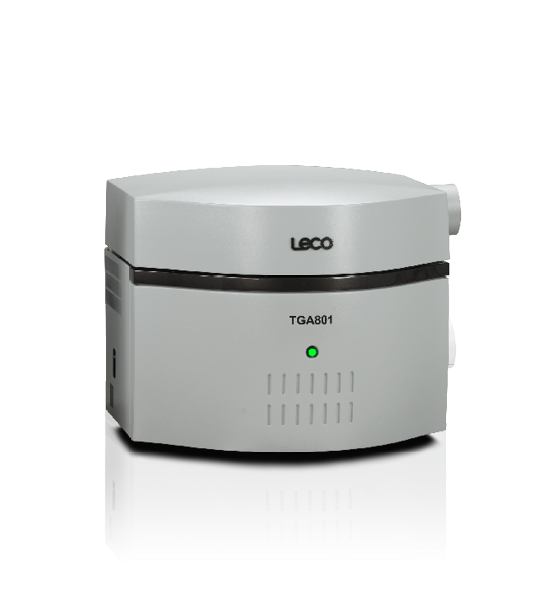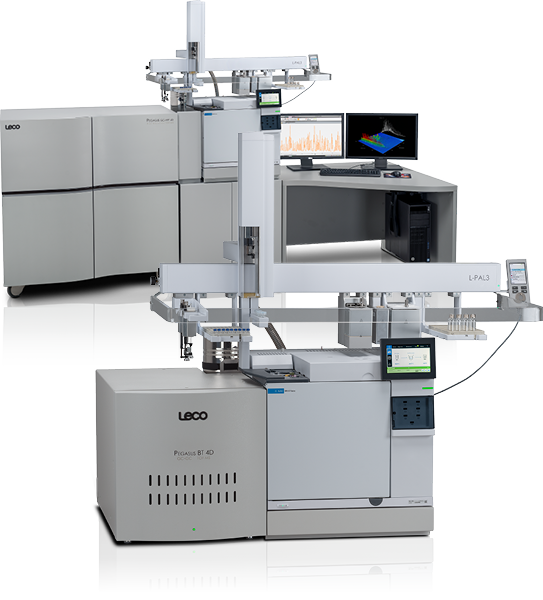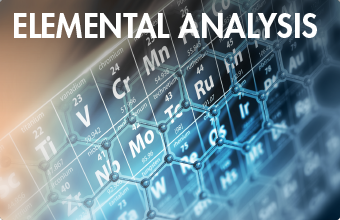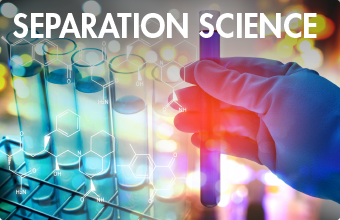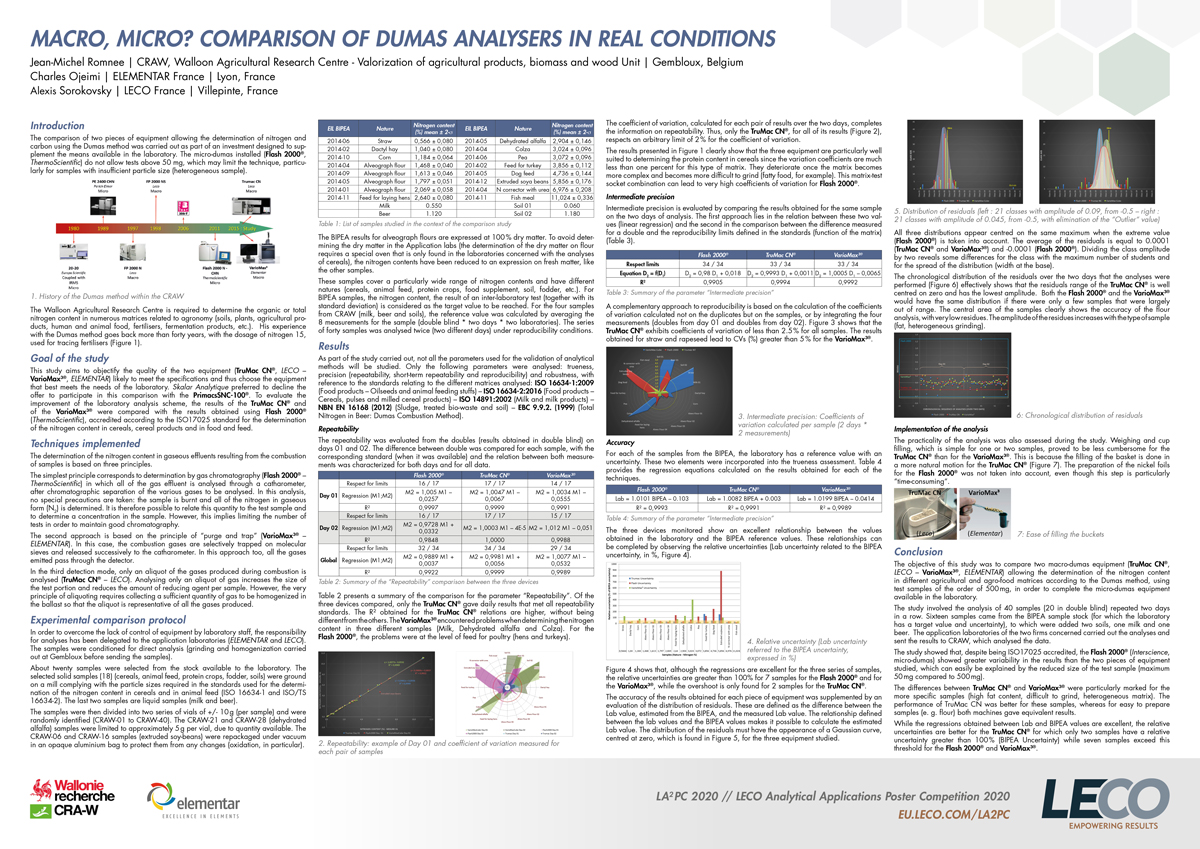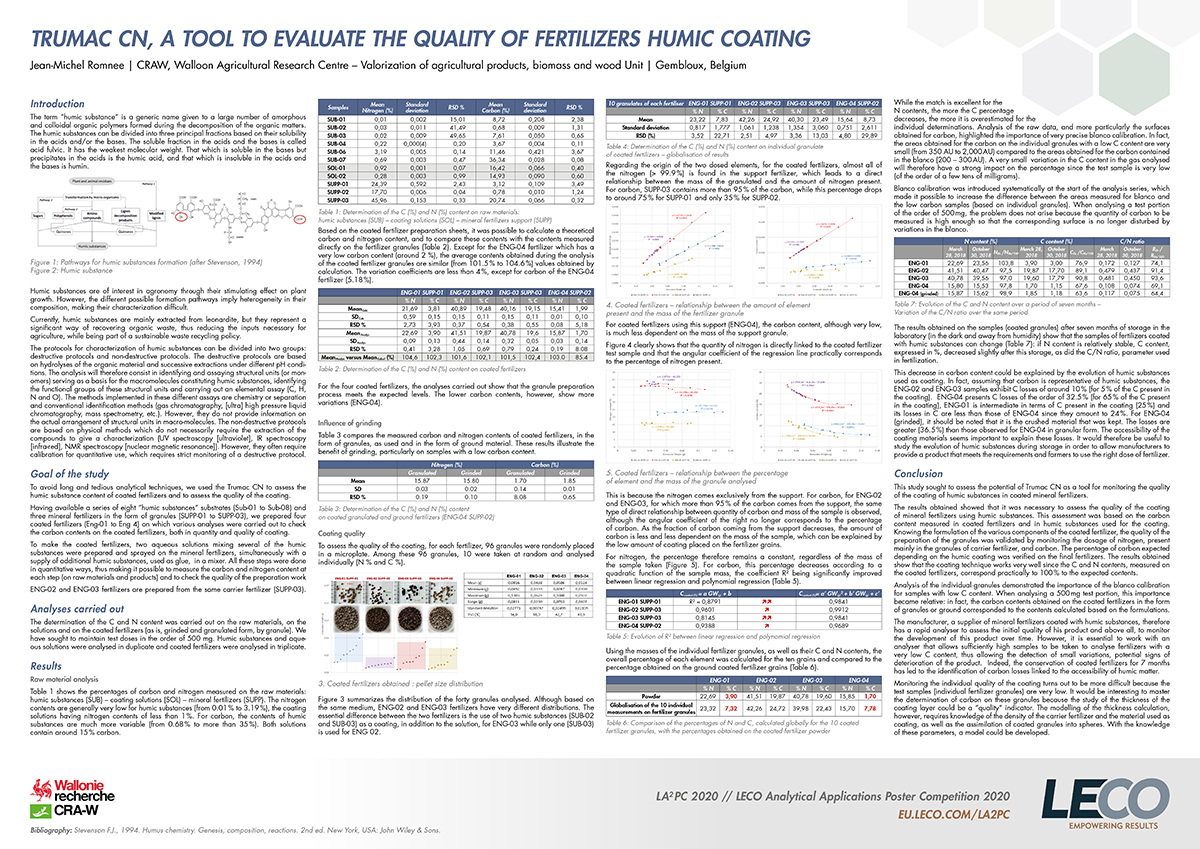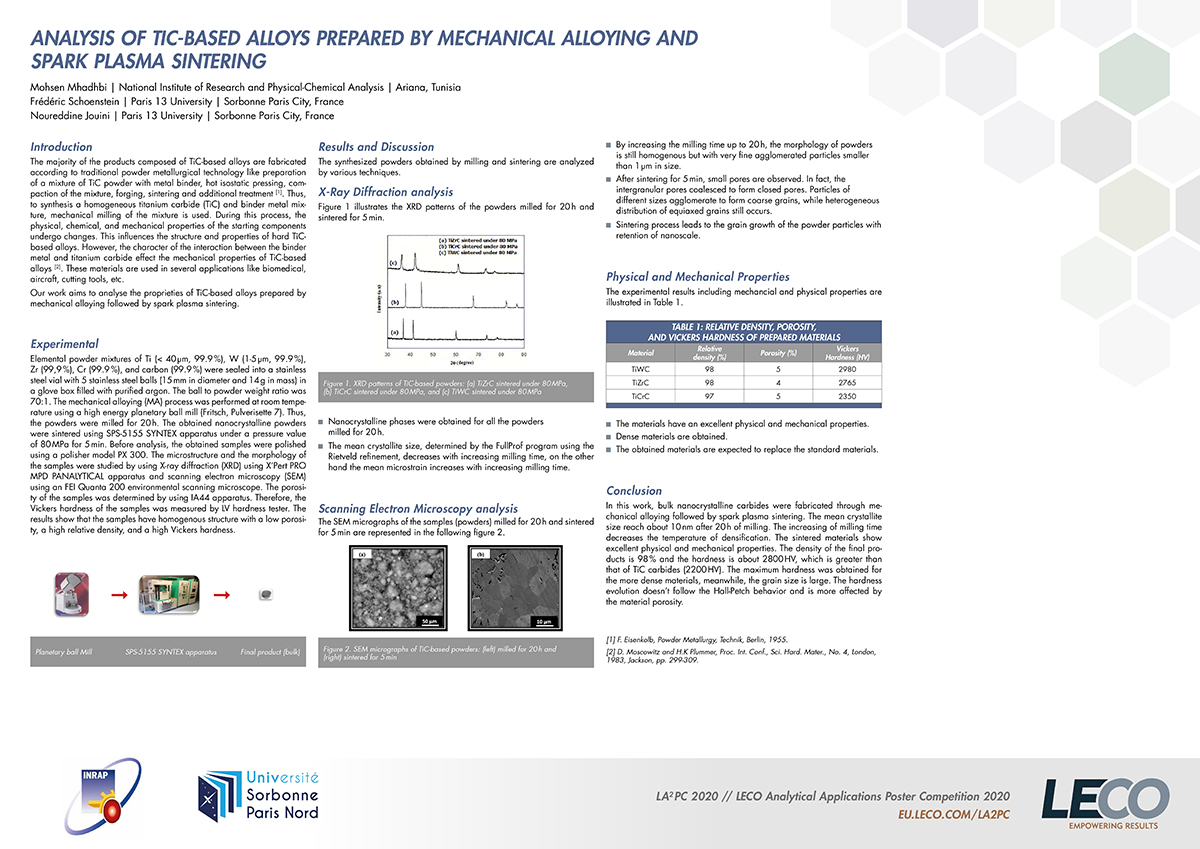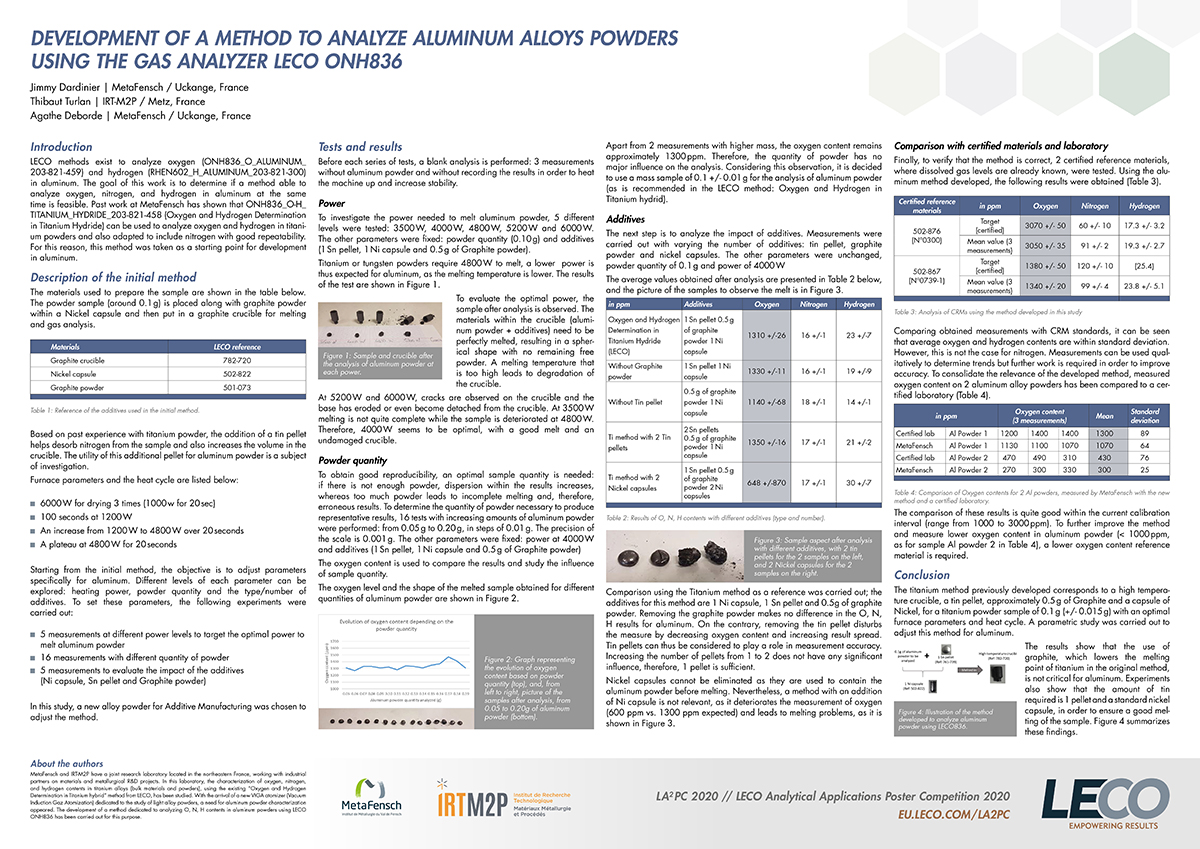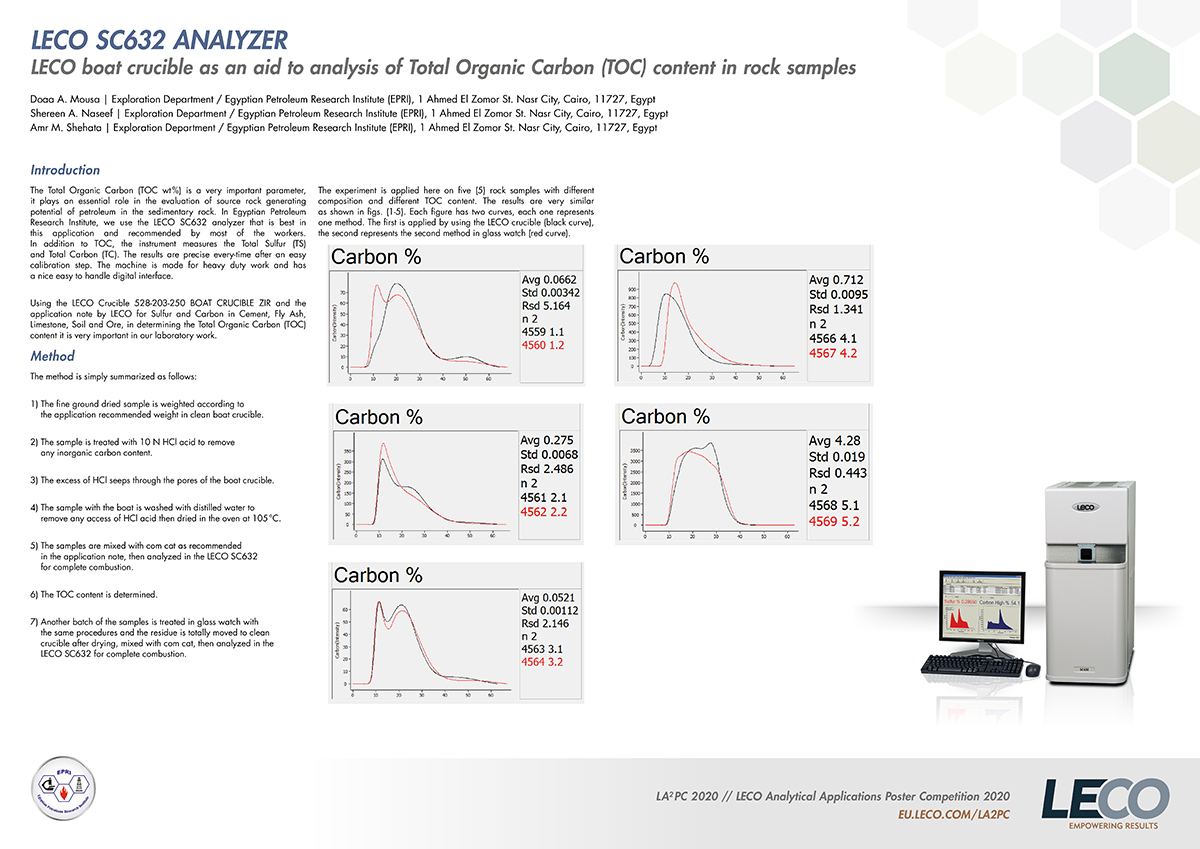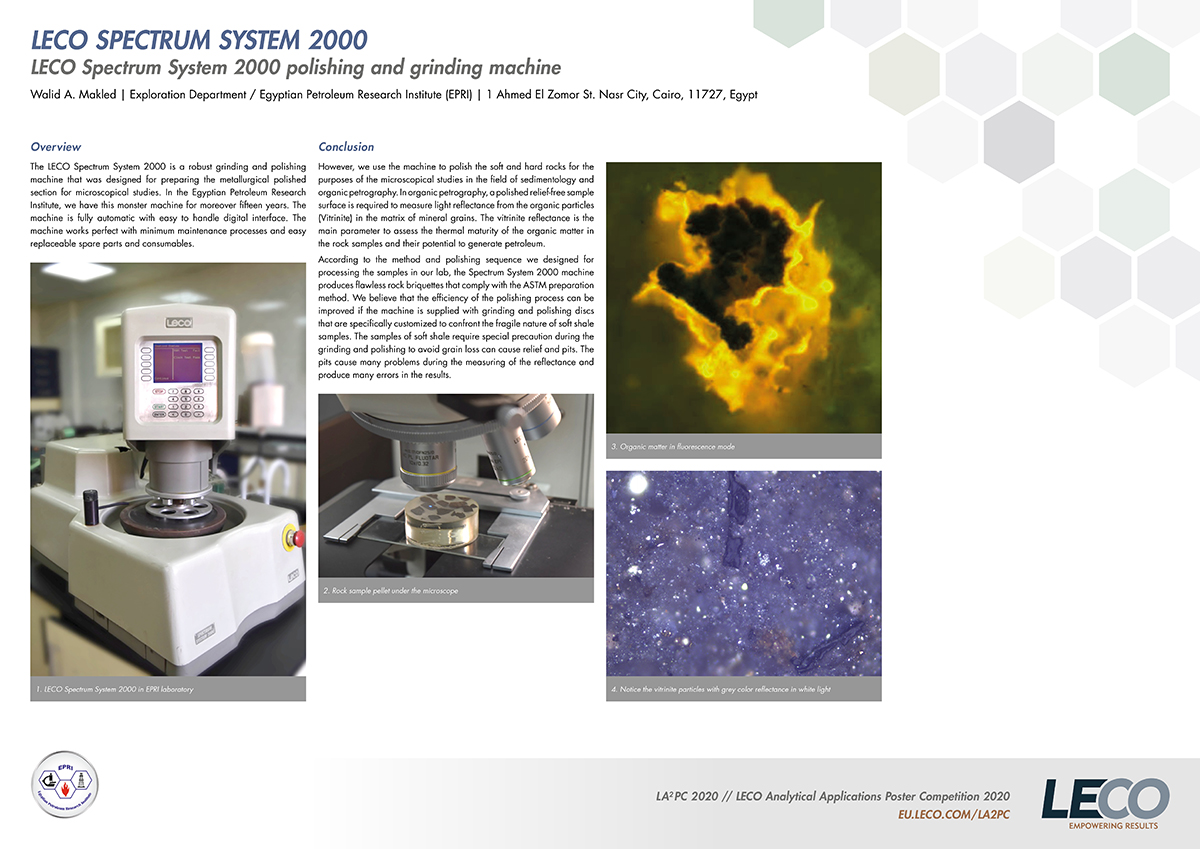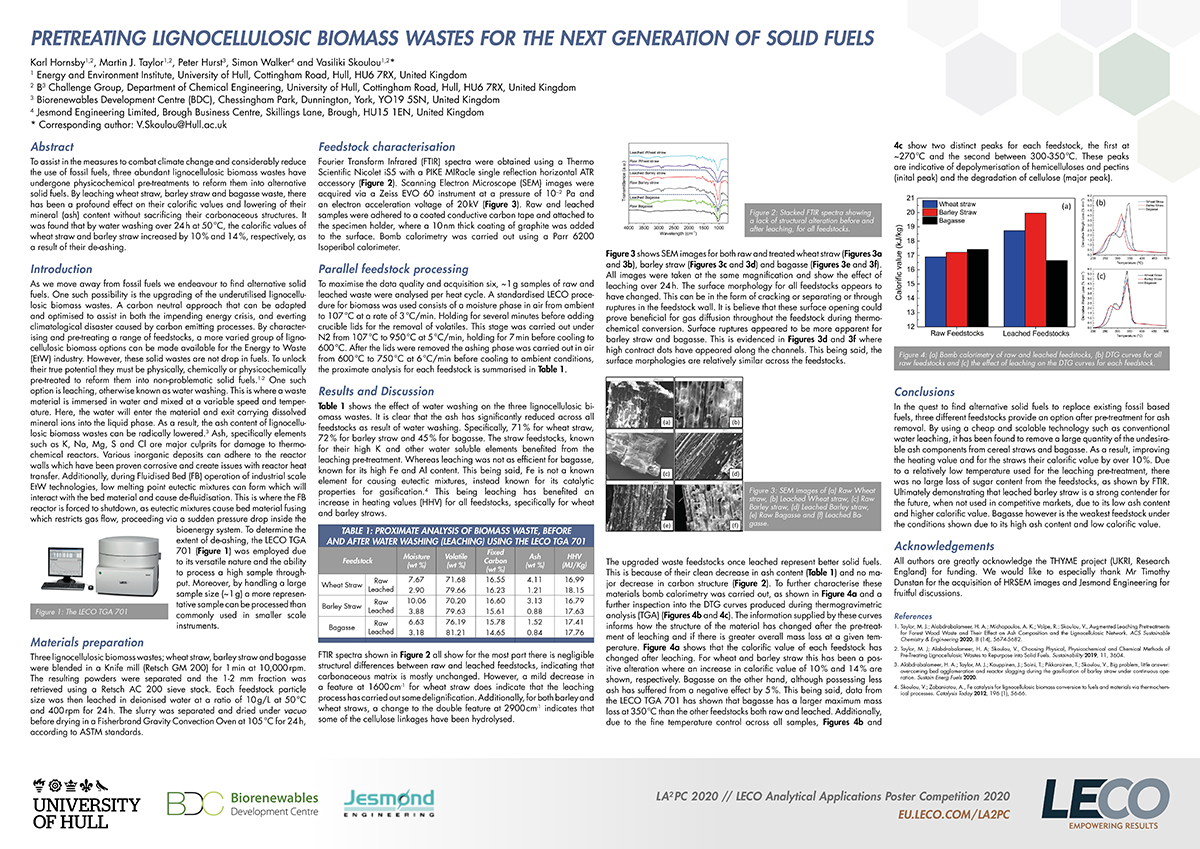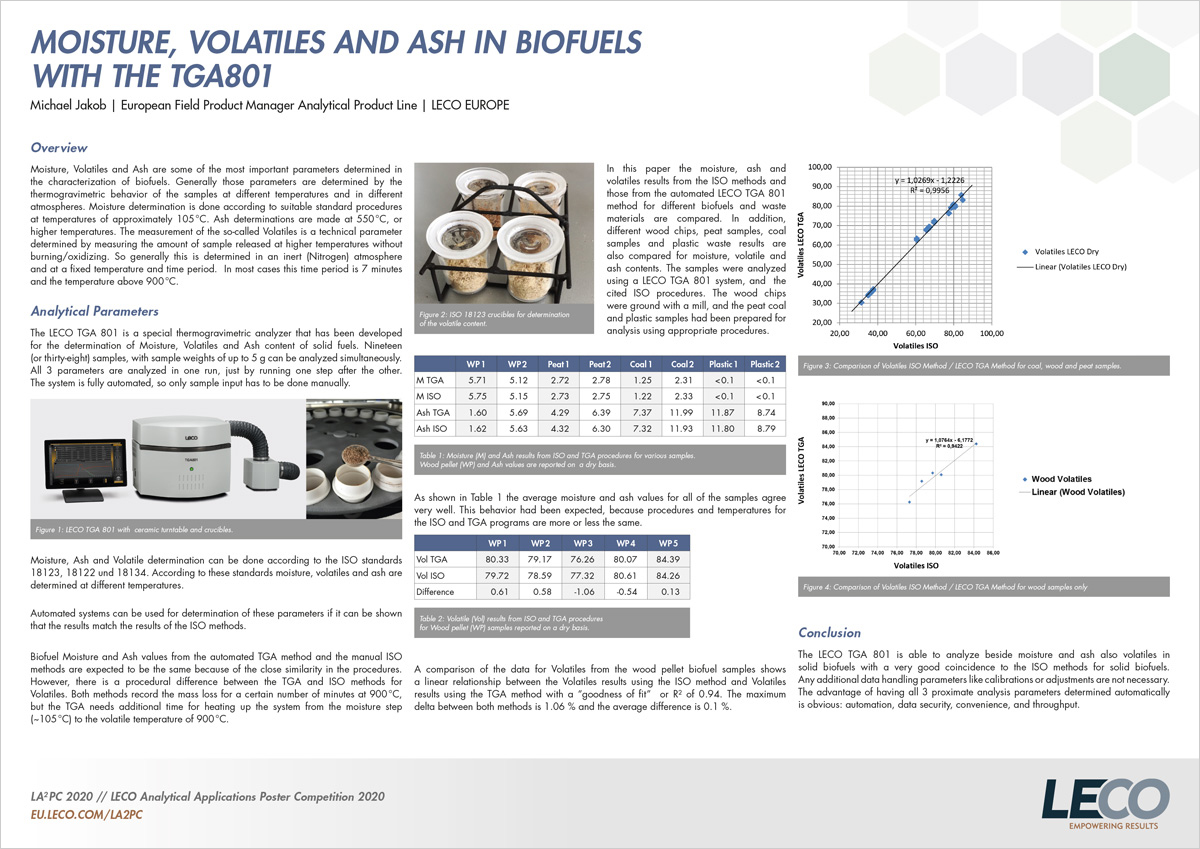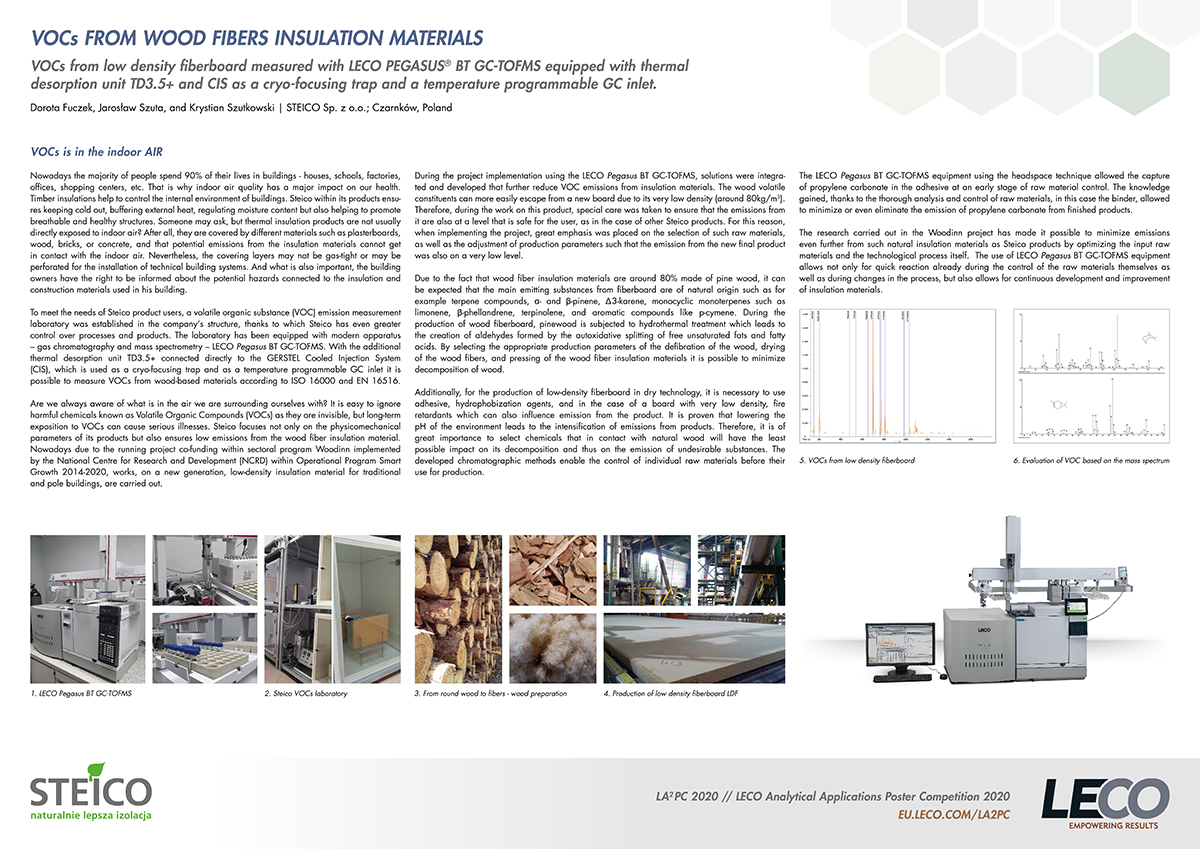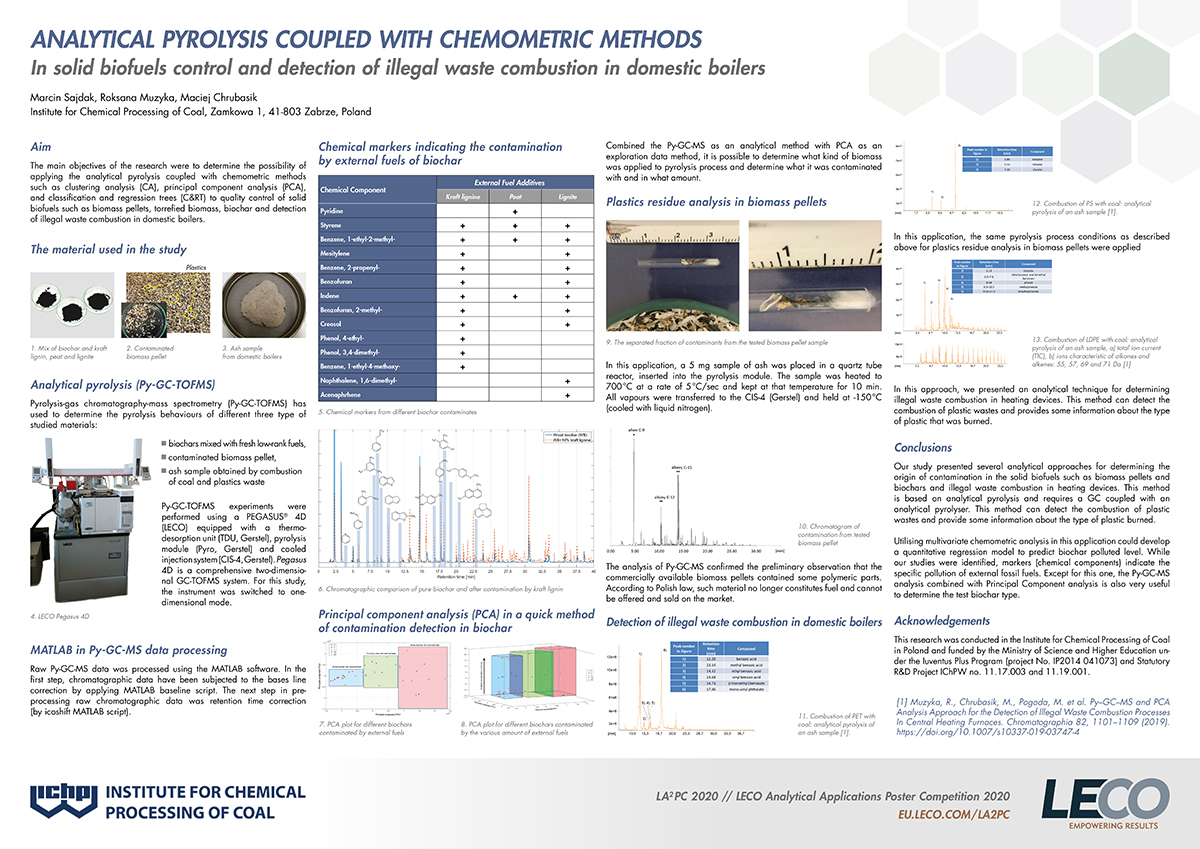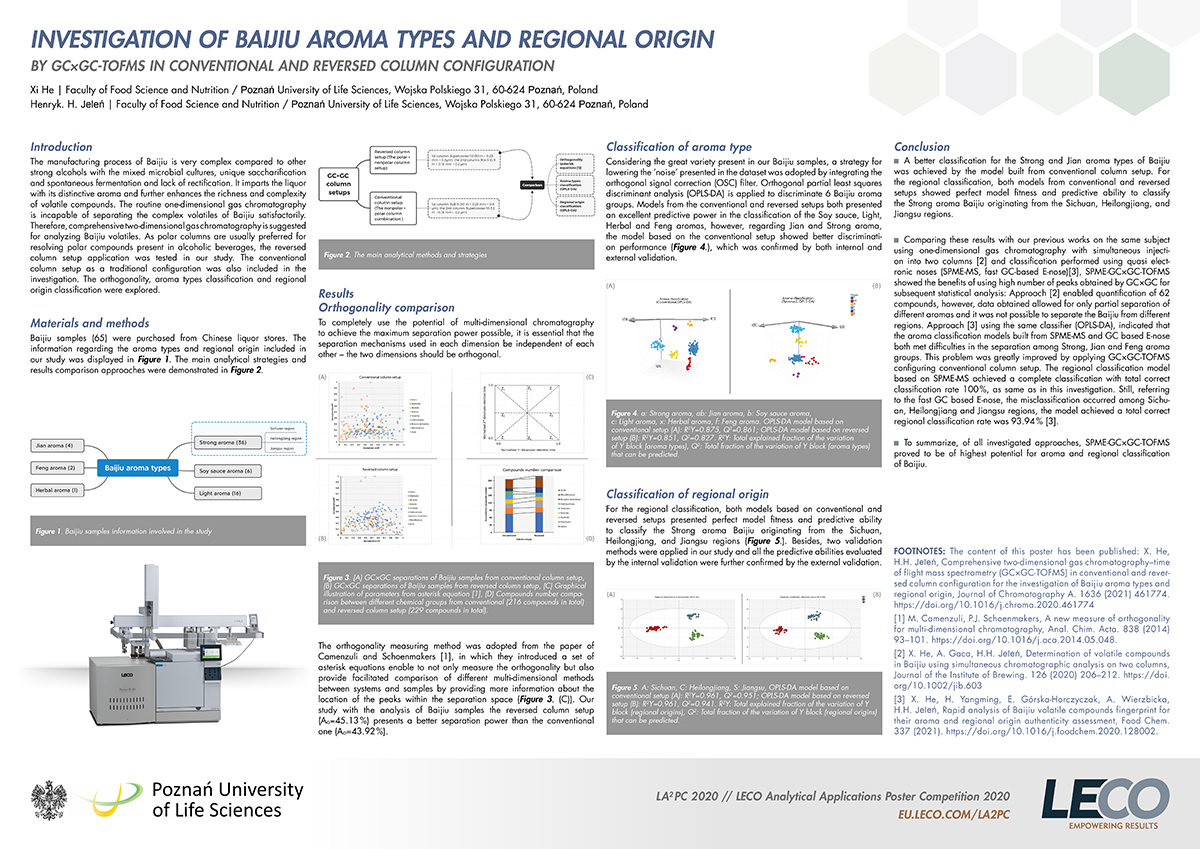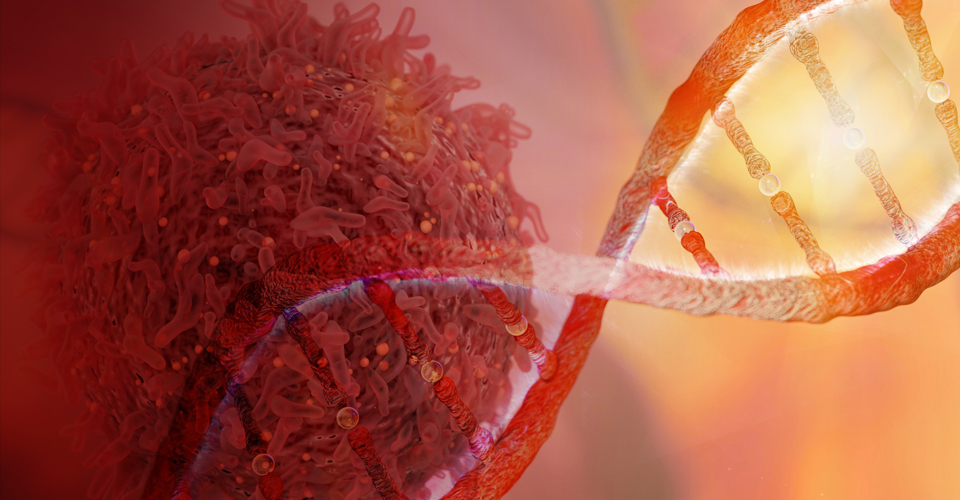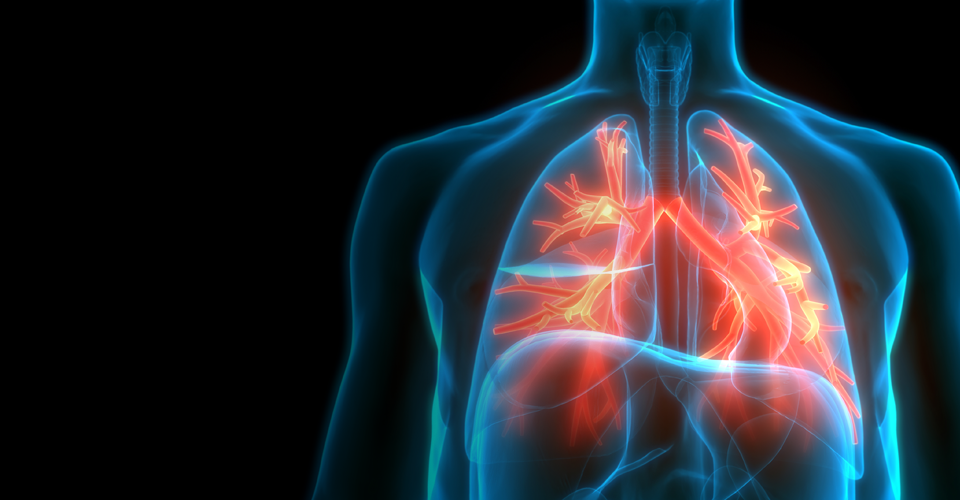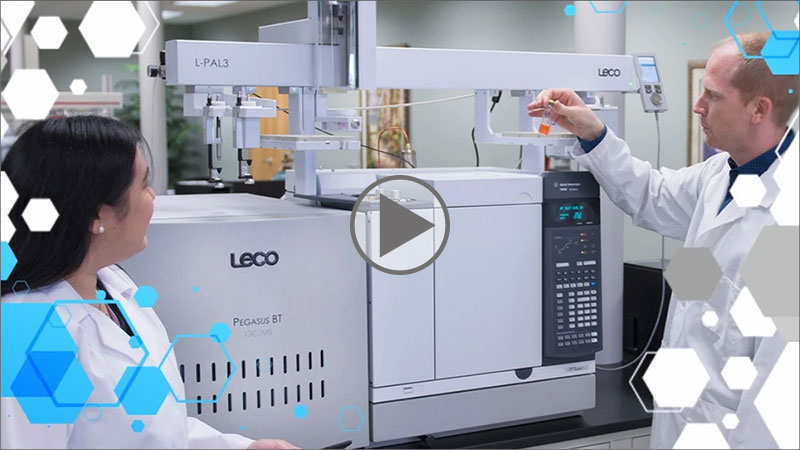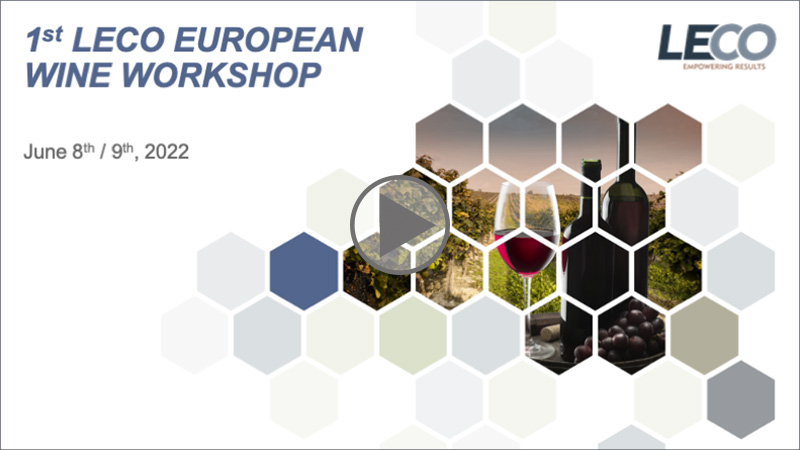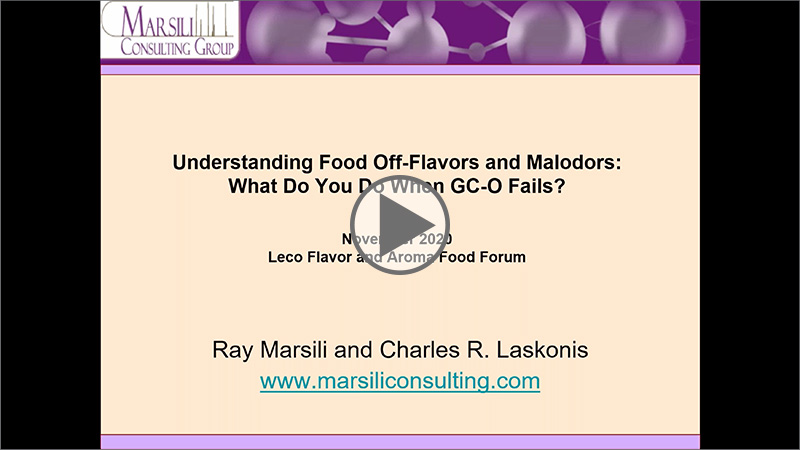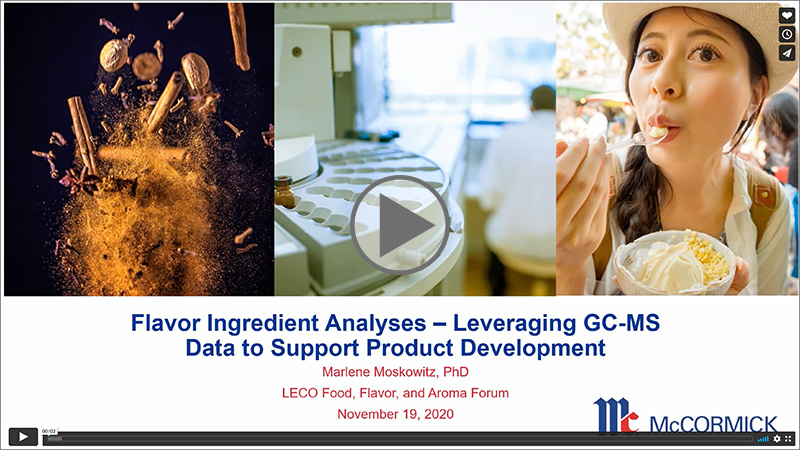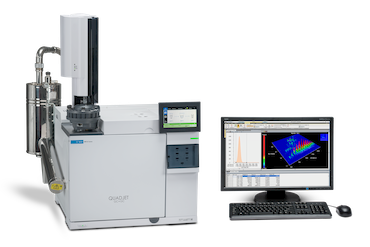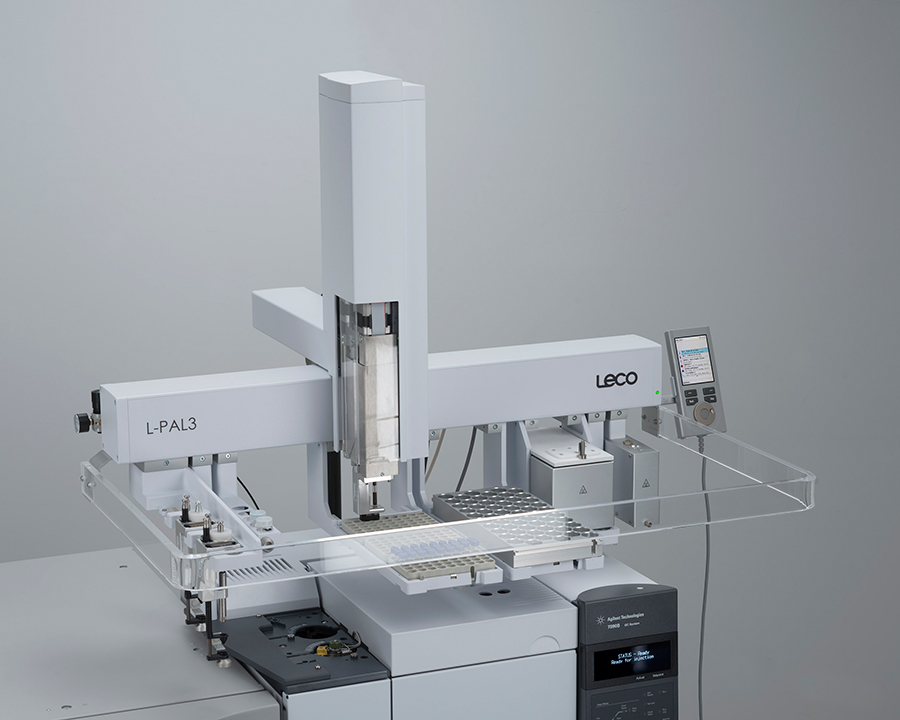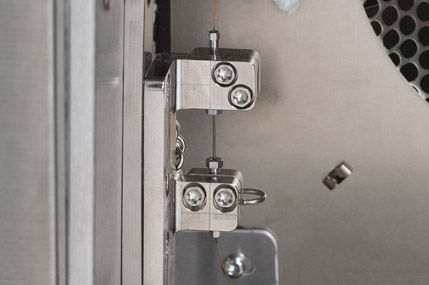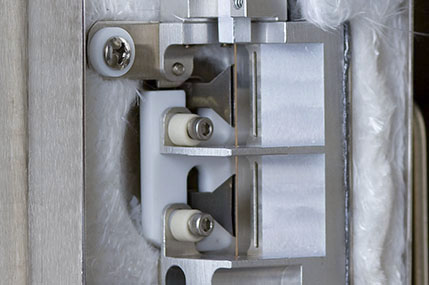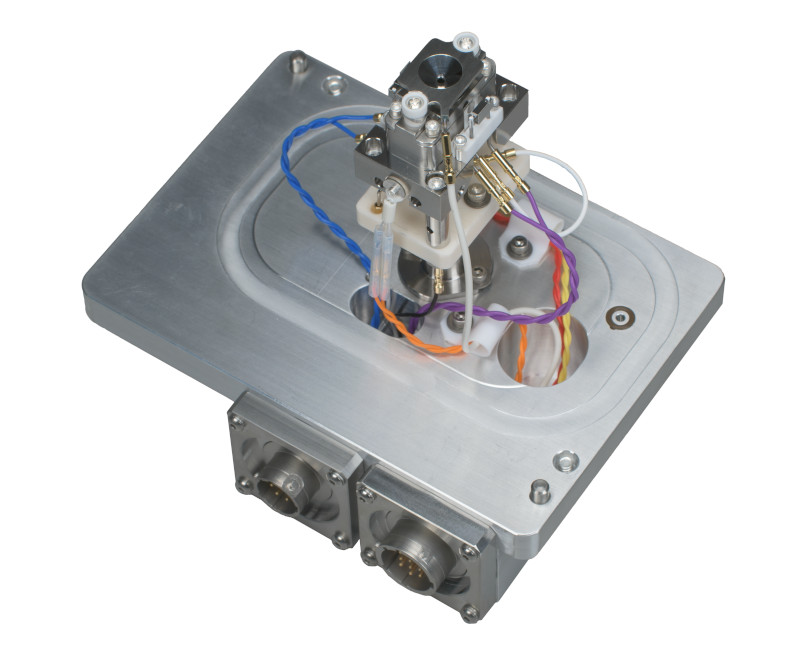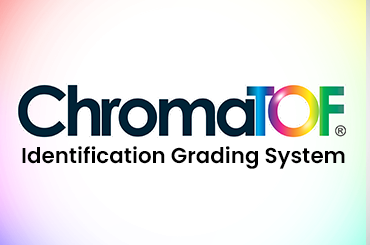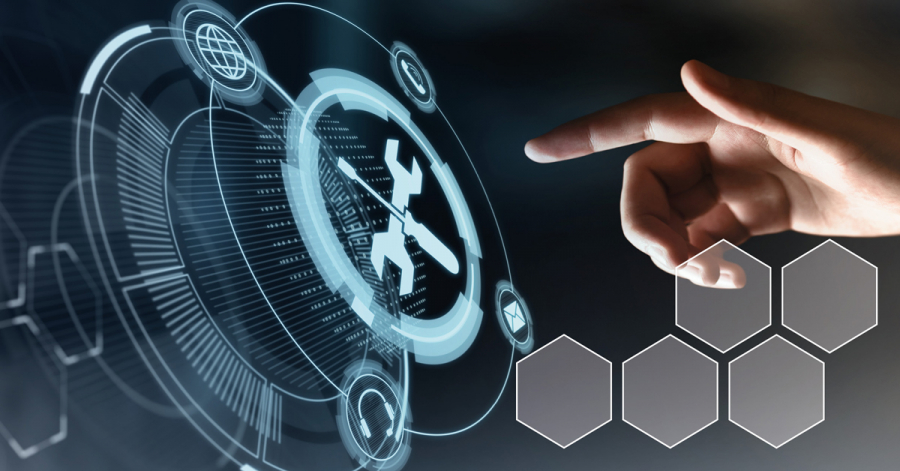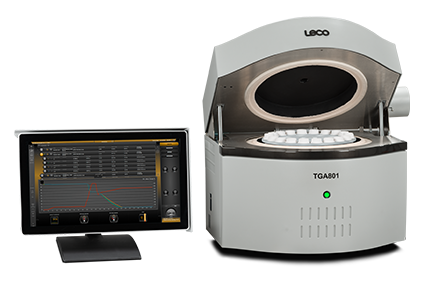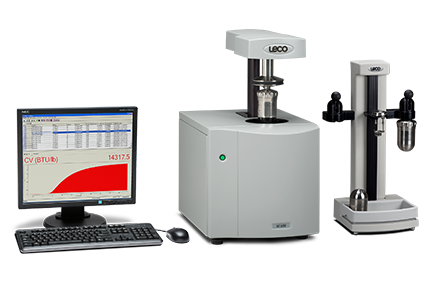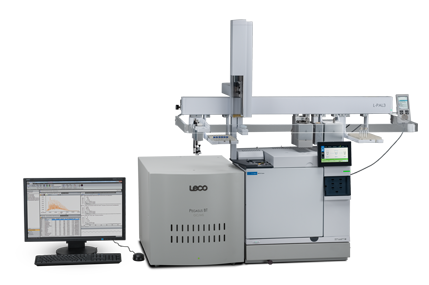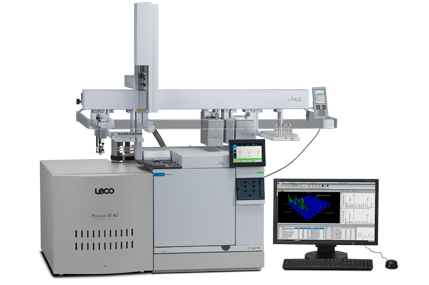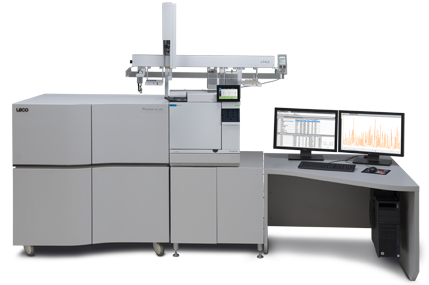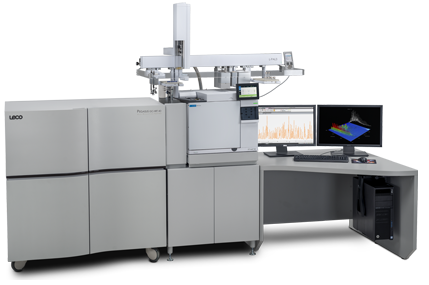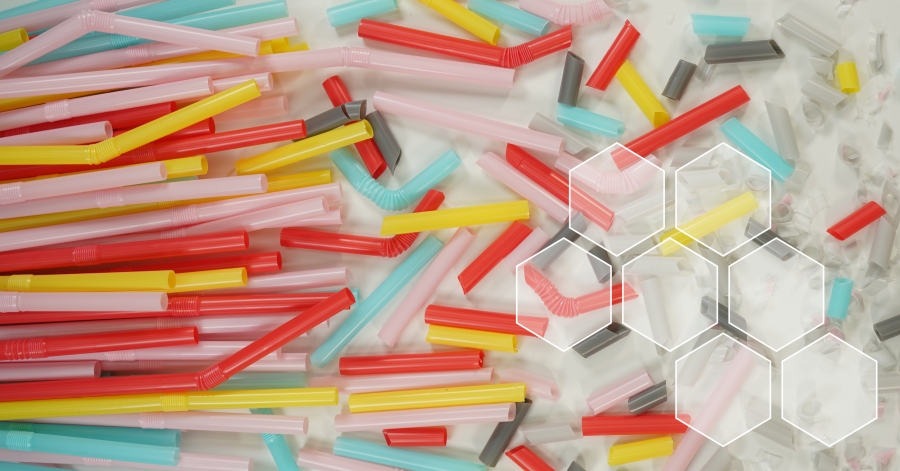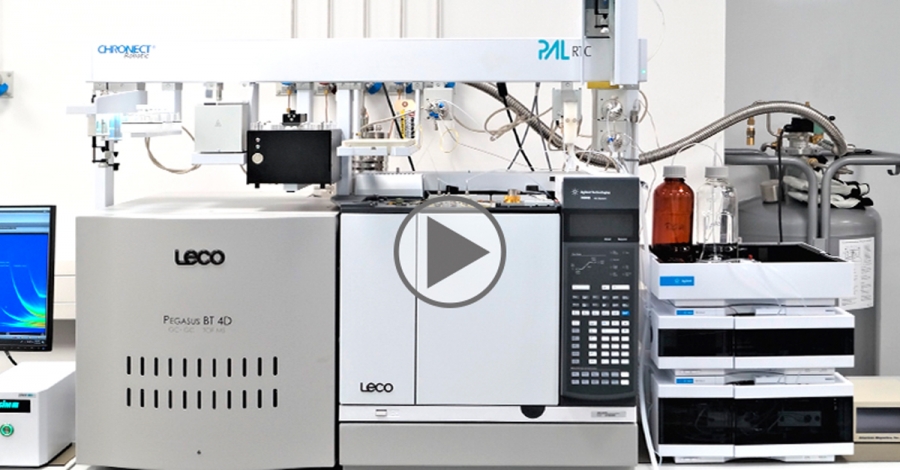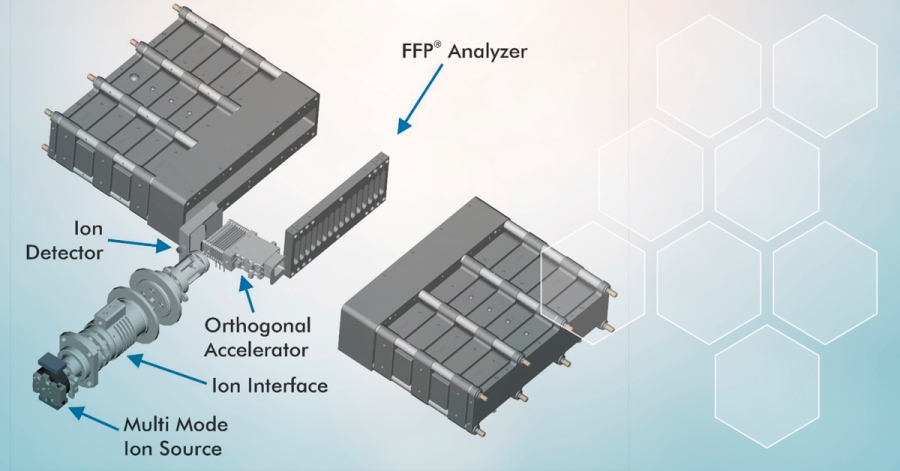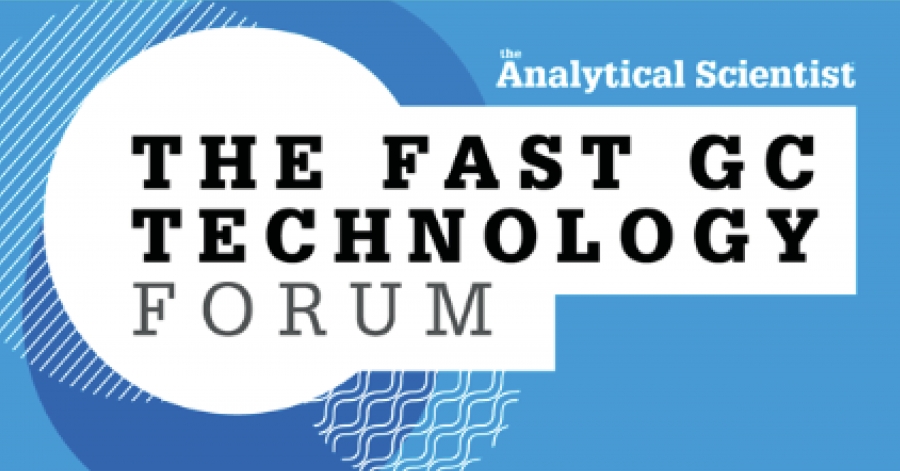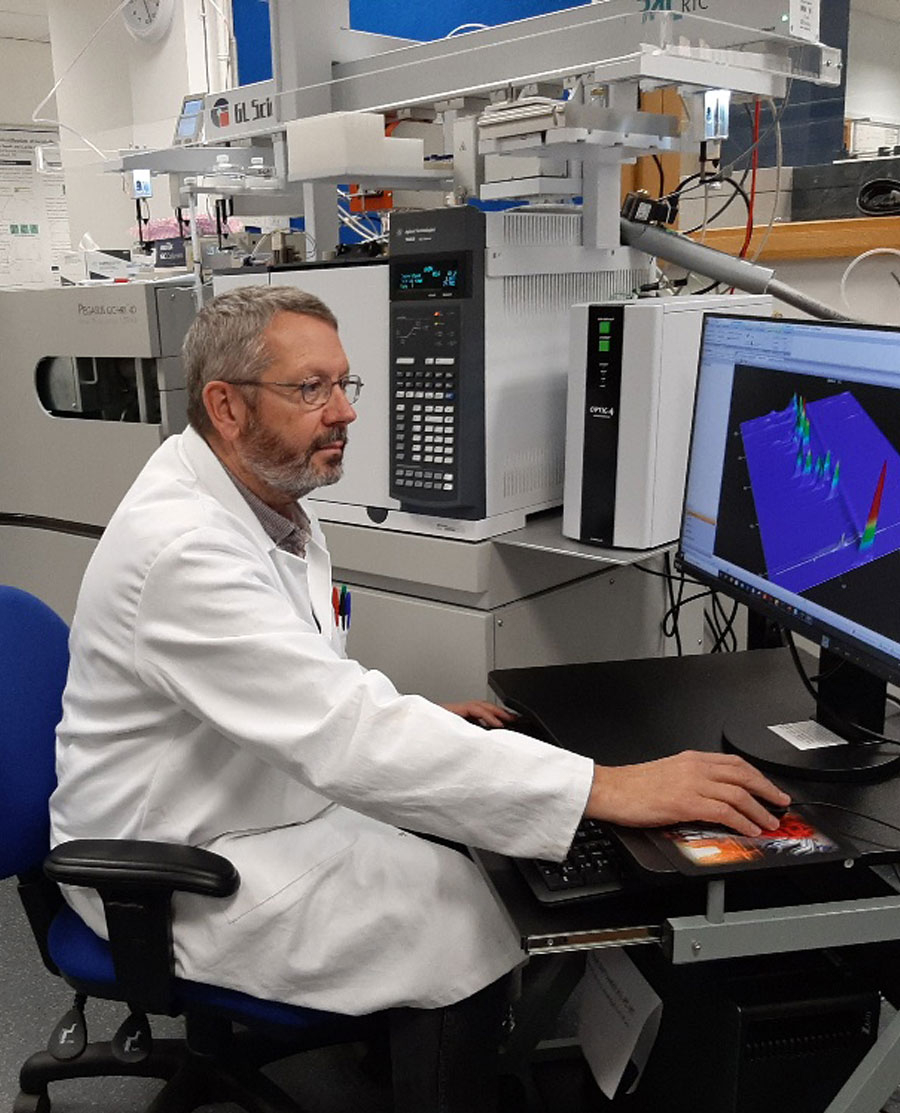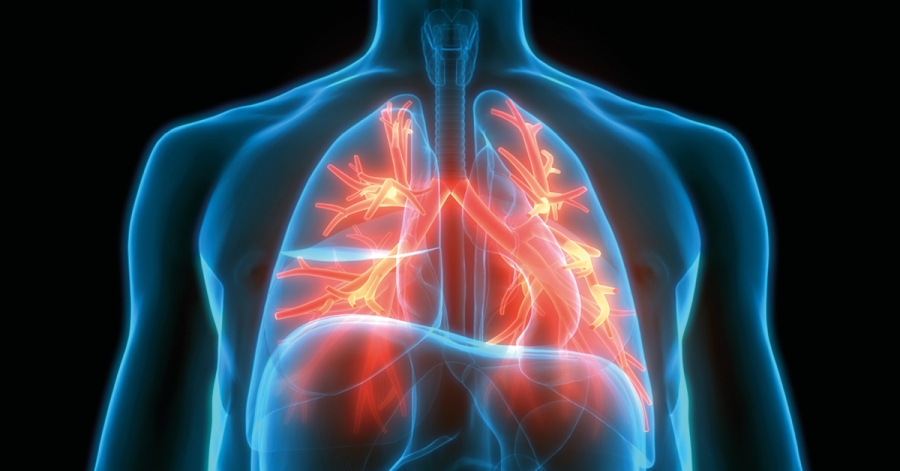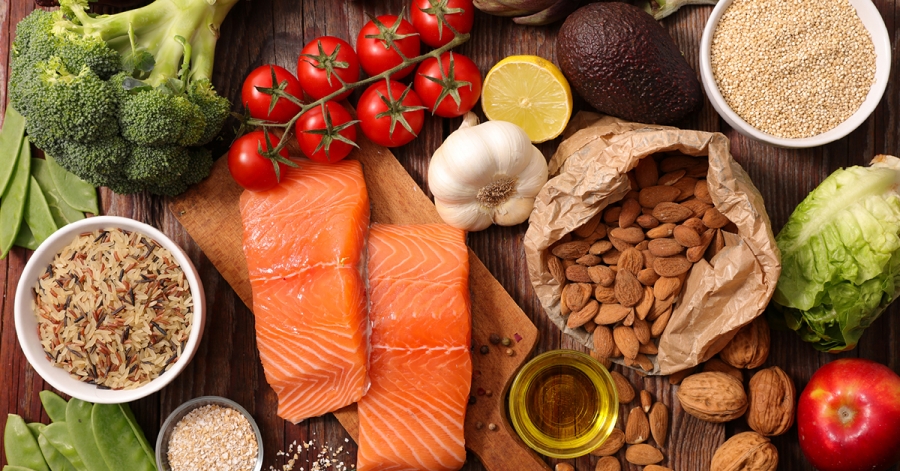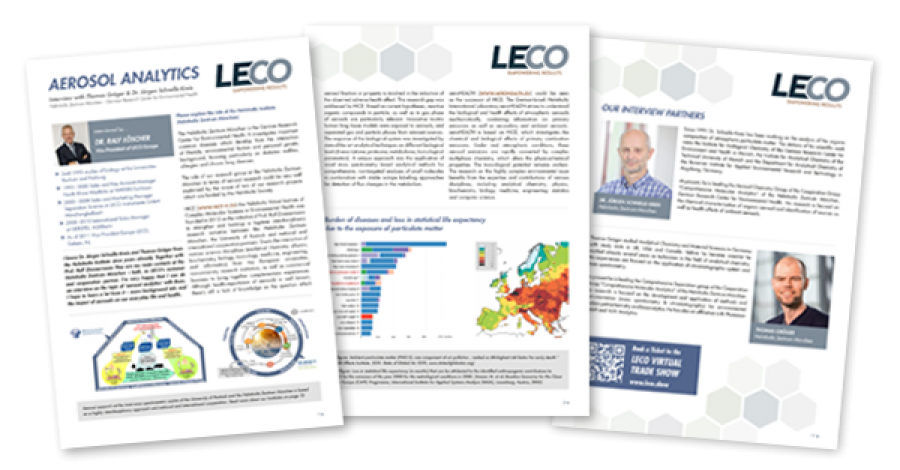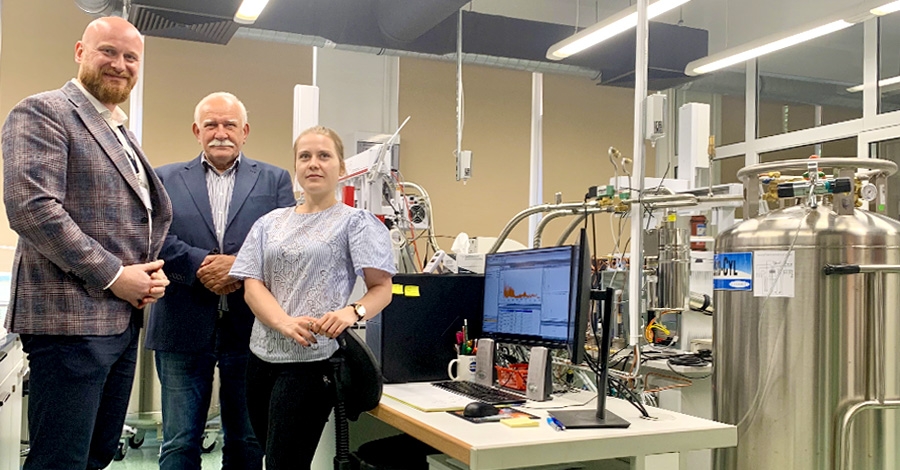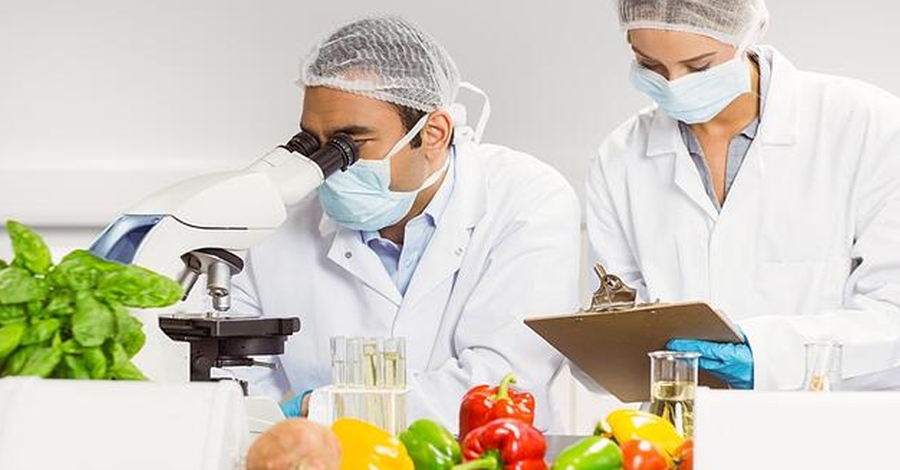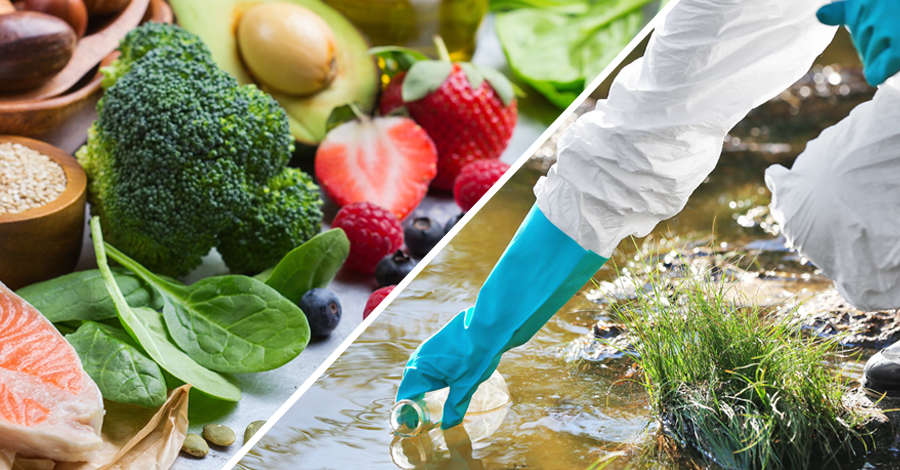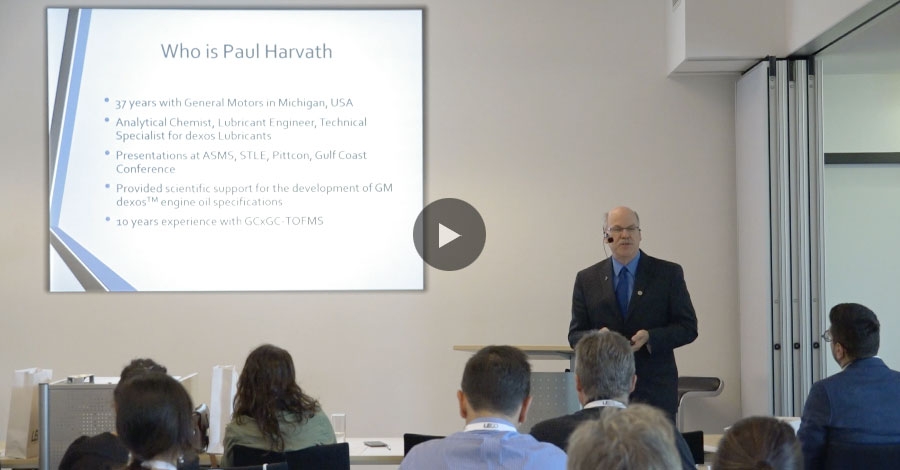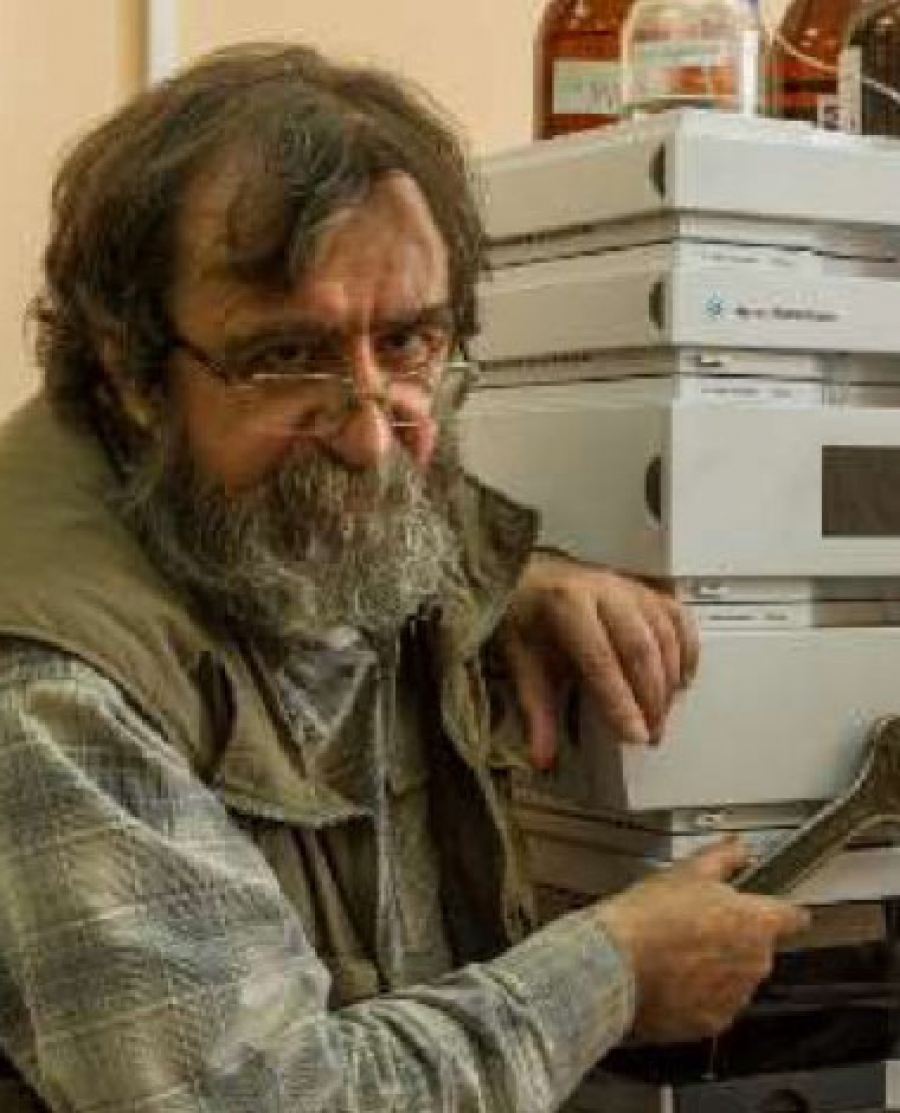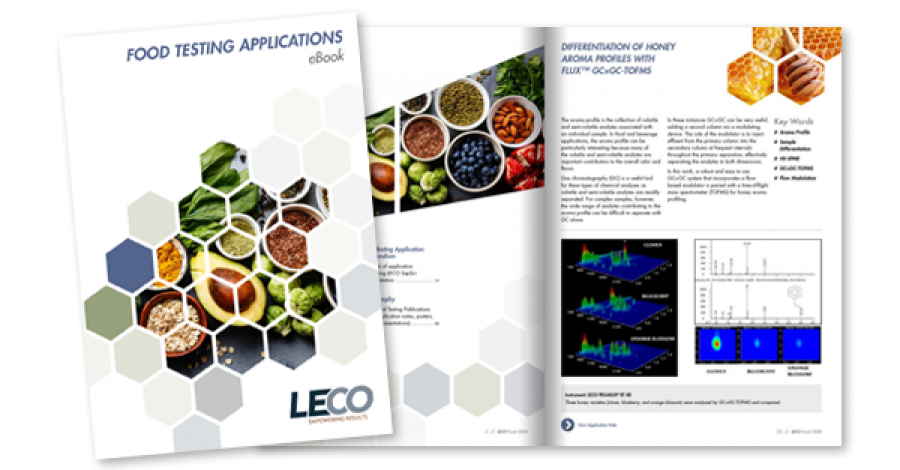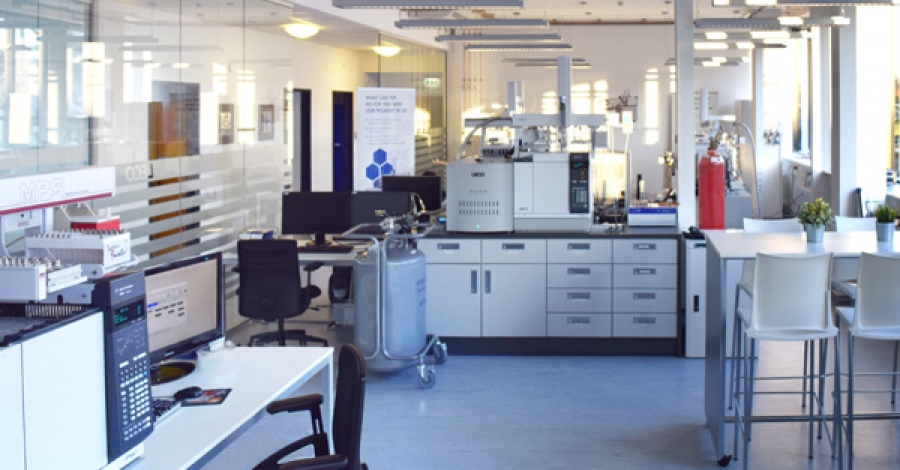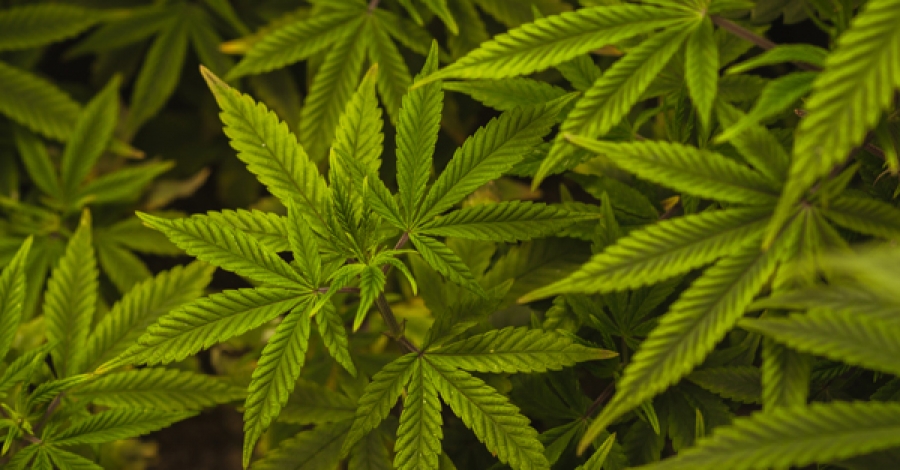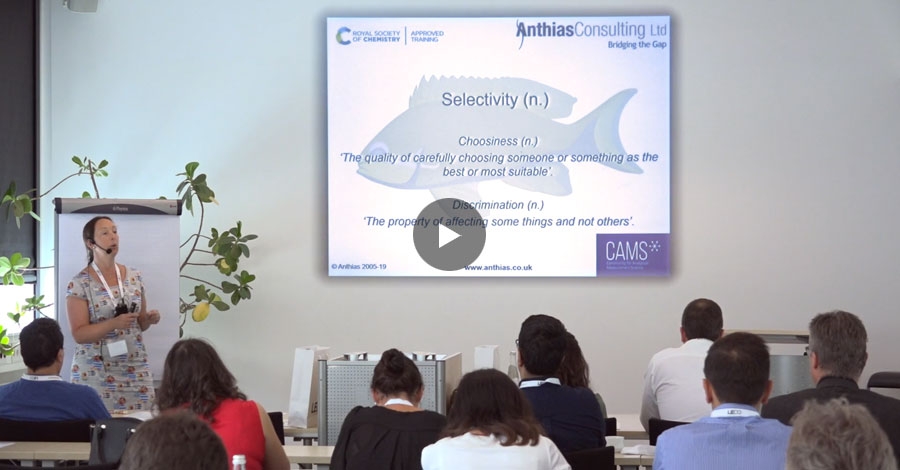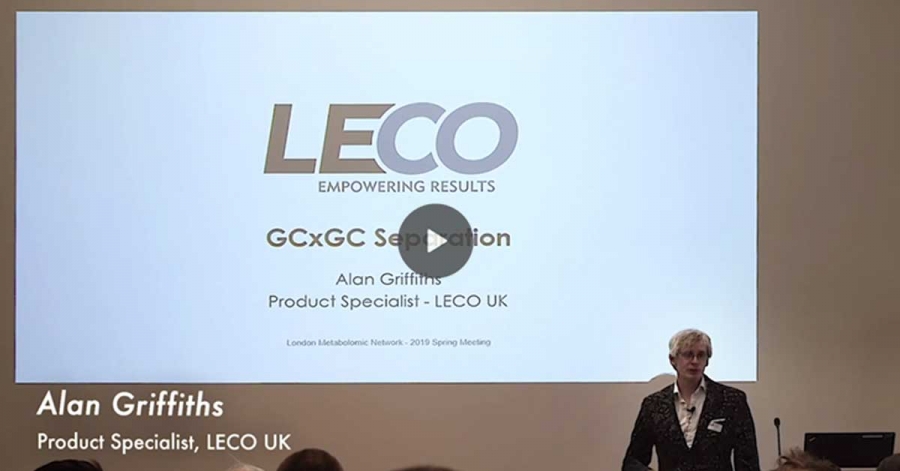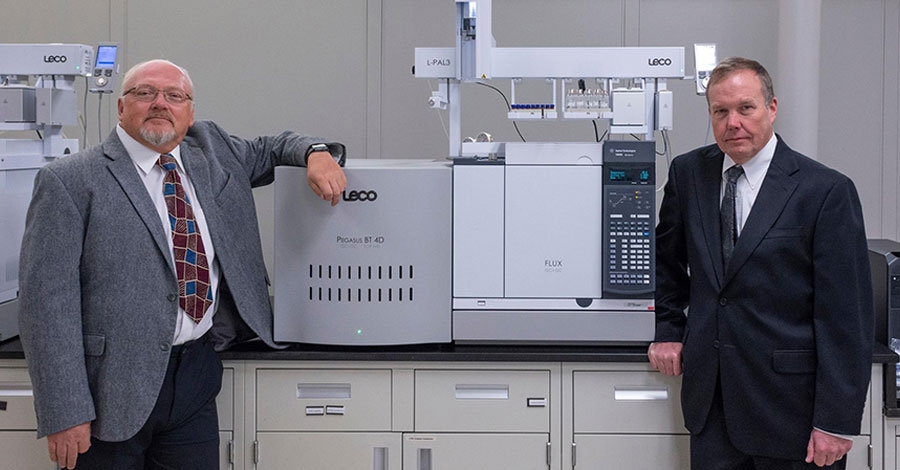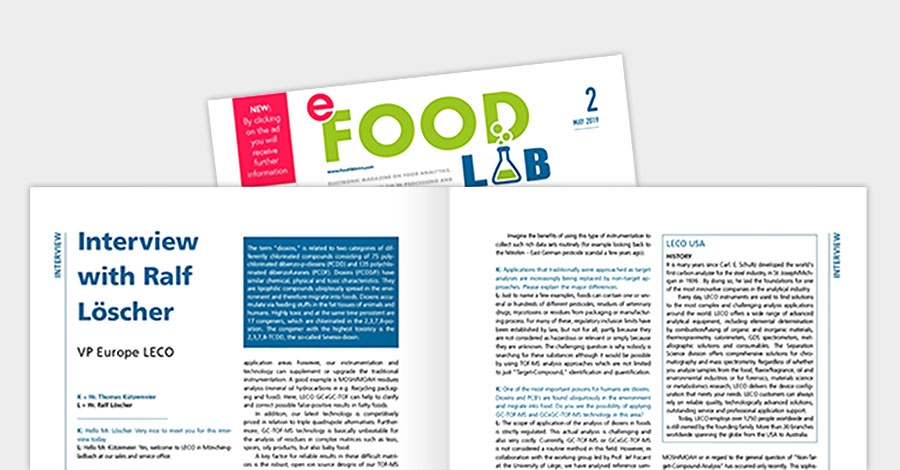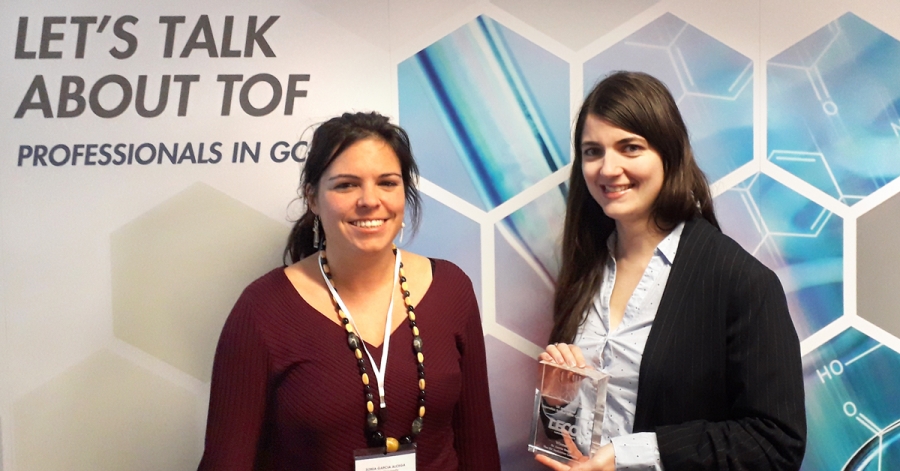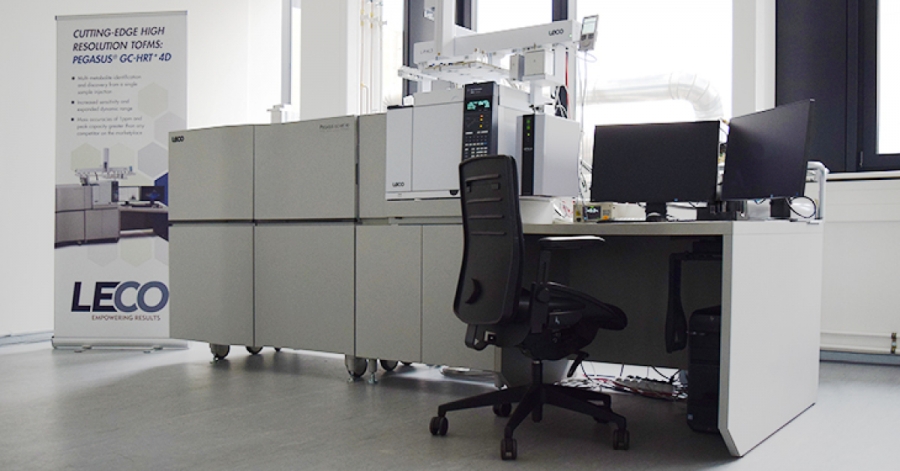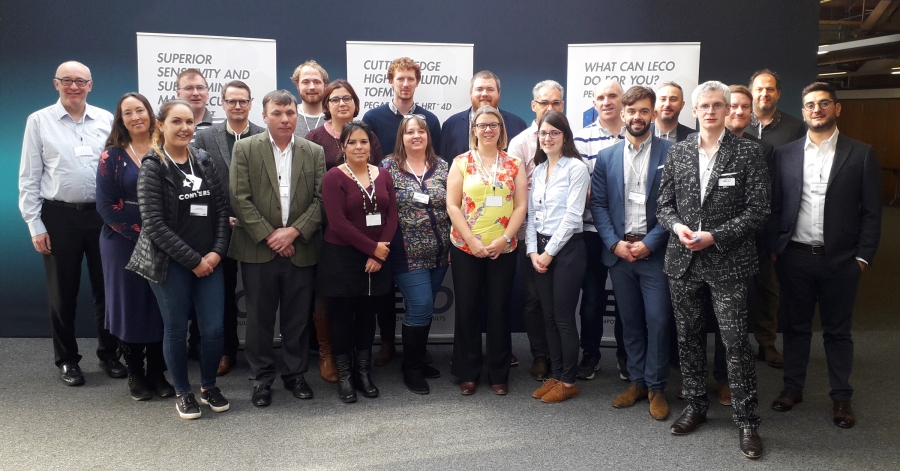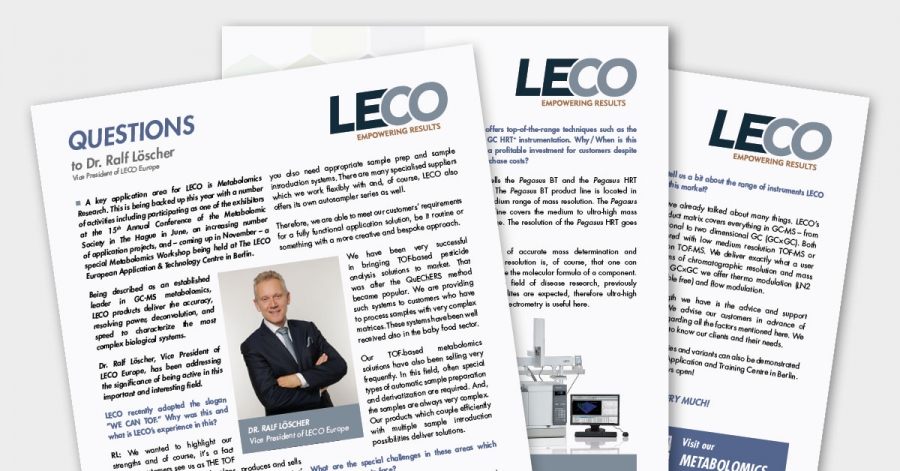
 LECO
Empowering Results
LECO
Empowering Results
Afficher les éléments par tag : Techniques séparatives
Unveiling the Future of
Non-Targeted Screening
Welcome to LECO, where innovation meets precision, even for unknown sample testing. Our cutting-edge GC×GC and HRT/MMS technologies redefine non-targeted screening, empowering laboratories across all industries. Explore the limitless possibilities as we revolutionise screening techniques for enhanced quality and confidence in results.
"Join us in navigating non-targeted frontiers, where possibilities are limitless, and results are unparalleled.
Choose LECO –
your partner in revolutionising
non-targeted screening."
Explore Our Products
Dive into our comprehensive range of products designed to meet the unique challenges of non-targeted screening. From food safety and environmental analysis to pharmaceutical and petrochemical applications, LECO's advanced instrumentation offers unparalleled insights and efficiencies. Elevate your laboratory's capabilities with our state-of-the-art solutions.
Find further details about LECO's PEGASUS® instruments on our separation science analysis compendium page.
Watch the Webinar - 5 avrilth, 2024
Join us on 5 avrilth for an immersive webinar experience. Discover the latest advancements in non-targeted screening technologies, practical applications, and case studies that showcase the power of LECO's GC×GC and HRT systems. Don't miss this opportunity to stay ahead in the rapidly evolving landscape of substance analysis.
LECO NTS Sympoium 2024
Join us in Manchester, Berlin or Nice and take your chance to be part of this transformative experience.
- mai 21 – 22, 2024 Alderley Park, Manchester, UK
- octobre 28 – 30, 2024 Berlin EATC, GER
- novembre 19 – 21, 2024 Nice Université Côte d'Azur, Nice, FR
Download Brochures
Get in-depth insights into our product offerings through our informative brochures. Understand how LECO's technology addresses the evolving challenges of identifying emerging contaminants. Equip your laboratory with robust, versatile, and cost-effective non-target screening workflows.
Access Application Notes
Delve into real-world scenarios with our NTS application notes. Gain practical knowledge on how LECO's GC×GC and HRT/MMS technologies provide unmatched results in substance screening. From improved accuracy to increased efficiency, our application notes demonstrate the impact of choosing LECO as your non-targeted screening partner.
In the following, you are going to find a content compendium. You can download them here with a click.
- Comprehensive Evaluation of Scotch Whisky Aroma Profiles Using SPME-GC×GC-TOFMS
- Discovery of Environmental Pollutants at an Electronic Waste Recycling Facility by PEGASUS® GC-HRT+ 4D
- Expand Your PFAS Analysis. Screen for Targets and Identify Unknowns Simultaneously
- Criminalistique du pétrole Identification des biomarqueurs dans le pétrole brut
- Analysis of Heavy Fuel Oil Using Multi-Mode Ionization
- Characterization of Extractables from Common Pharmaceutical Packaging Materials with GC×GC and HR-TOFMS
- Workflow for the Assessment of Key Aroma Compounds of Pumpernickel Bread Variations
- The Development of Untargeted Metabolite Profiling Methodology for the Analysis of Type-2 Diabetes Patient Plasma
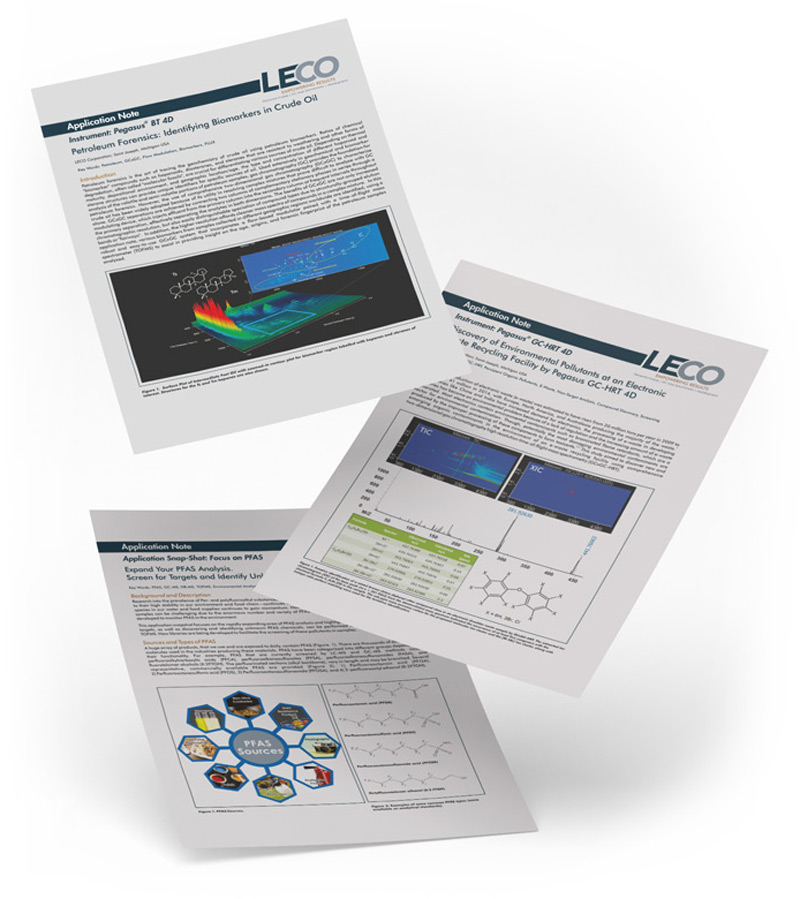
Why Choose LECO?
Innovative Technologies
GC×GC and HRT/MMS technologies redefine non-targeted screening, offering unmatched precision and efficiency.
Comprehensive Solutions
Address the evolving challenges of substance screening across diverse markets, from identifying emerging contaminants to ensuring food safety.
Cost-Effective Workflows
Enhance your efficiency without compromising on quality. LECO provides cost-effective solutions without sacrificing performance.
Market
Leadership
Position your laboratory at the forefront of non-targeted screening with LECO's capabilities.
If you want to learn more about our products and solutions for non-target screening, book a free ticket to our Virtual Trade Show, or schedule an online demo for a deeper insight in our instruments.
I use LECO PEGASUS® BT 4D to separate, identify and quantify secondary metabolites of various organisms. The advantages of the GC×GC system in separation of multi-component mixtures allow us to separate and identify a huge number of compounds in every samples. The ability to separate and quantify low levels of target analytes in mixtures simultaneously with the major components presented at a high level of concentration and to separate coeluted compounds is a great advantage of two-dimensional GC in comparison with one-dimensional GC. The user-friendly ChromaTOF software and excellent technical support make LECO a reliable partner for researcher. Since we started working on this equipment, our results have become more accurate and comprehensive, and our research has reached a new level.
In our lab, the GC×GC-MS device installed by LECO has been a game-changer for metabolic profiling, especially in our multiomics study exploring the intricacies of obesity in young adults. Its sensitivity has been crucial in identifying and quantifying metabolites, even at low concentrations, essential for uncovering subtle changes in the metabolome. Our experience with PEGASUS® BT 4D device has been exceptionally positive, significantly due to the exceptional support of the service team, ensuring the smooth operation and optimal performance of our instrument.
We started using the LECO PEGASUS® BT GC-TOF mainly for target analysis of aliphatic hydrocarbons on environmental matrices; over time we had the need to develop a method for the qualitative characterization of hop leaves samples for a research project, the ChromaTOF® deconvolution software allowed the identification of several compounds, in particular different terpenes. The Pegasus BT GC-TOF thus proved to be an excellent system, easy to use, with high sensitivity and reproducibility, able to perform both non target and target analysis.
I started working with the PEGASUS GC-HRT+ 4D back in my student years. As a novice researcher, with no experience working with similar devices and no training, it was not easy at first. However, after years of working with this instrument and when compared with other sophisticated equipment in the field of gas chromatography - high-resolution mass spectrometry, I can confidently say that the ChromaTOF is the most user-friendly software of all those available now. Such a variety of functions, as well as very clear, convenient, and fast operation, combined with high-tech equipment, allows to get very decent results.
Over the past 5 years of using the Pegasus GC-HRT+ 4D, we have been able to conduct many various environmental studies, identifying trace amounts of substances in the cleanest Arctic environmental objects. At the same time, such a powerful combination of two-dimensional gas chromatography with time-of-flight mass spectrometry made it possible to analyze complex matrices, namely peat combustion products, herbal and tobacco cigarette smoke, petroleum and much more.
It is worth noting the work of the support service, which helped us very quickly and efficiently. I would like to thank the engineers for their work, who were on call almost 24/7. There are still many projects and tasks ahead that will undoubtedly be solved with the help of the Pegasus GC-HRT+ 4D.
Unveiling the Future of
Non-Targeted Screening
Welcome to LECO, where innovation meets precision, even for unknown sample testing. Our cutting-edge GC×GC and HRT/MMS technologies redefine non-targeted screening, empowering laboratories across all industries. Explore the limitless possibilities as we revolutionise screening techniques for enhanced quality and confidence in results.
"Join us in navigating non-targeted frontiers, where possibilities are limitless, and results are unparalleled.
Choose LECO –
your partner in revolutionising
non-targeted screening."
Explore Our Products
Dive into our comprehensive range of products designed to meet the unique challenges of non-targeted screening. From food safety and environmental analysis to pharmaceutical and petrochemical applications, LECO's advanced instrumentation offers unparalleled insights and efficiencies. Elevate your laboratory's capabilities with our state-of-the-art solutions.
Find further details about LECO's PEGASUS® instruments on our separation science analysis compendium page.
Watch the Webinar - 5 avrilth, 2024
Join us on 5 avrilth for an immersive webinar experience. Discover the latest advancements in non-targeted screening technologies, practical applications, and case studies that showcase the power of LECO's GC×GC and HRT systems. Don't miss this opportunity to stay ahead in the rapidly evolving landscape of substance analysis.
LECO NTS Sympoium 2024
Join us in Manchester, Berlin or Nice and take your chance to be part of this transformative experience.
- mai 21 – 22, 2024 Alderley Park, Manchester, UK
- octobre 28 – 30, 2024 Berlin EATC, GER
- novembre 19 – 21, 2024 Nice Université Côte d'Azur, Nice, FR
Download Brochures
Get in-depth insights into our product offerings through our informative brochures. Understand how LECO's technology addresses the evolving challenges of identifying emerging contaminants. Equip your laboratory with robust, versatile, and cost-effective non-target screening workflows.
Access Application Notes
Delve into real-world scenarios with our NTS application notes. Gain practical knowledge on how LECO's GC×GC and HRT/MMS technologies provide unmatched results in substance screening. From improved accuracy to increased efficiency, our application notes demonstrate the impact of choosing LECO as your non-targeted screening partner.
In the following, you are going to find a content compendium. We kindly ask you to submit our form. Afterwards you‘ll get access to all the files.
- Comprehensive Evaluation of Scotch Whisky Aroma Profiles Using SPME-GC×GC-TOFMS
- Discovery of Environmental Pollutants at an Electronic Waste Recycling Facility by PEGASUS® GC-HRT+ 4D
- Expand Your PFAS Analysis. Screen for Targets and Identify Unknowns Simultaneously
- Criminalistique du pétrole Identification des biomarqueurs dans le pétrole brut
- Analysis of Heavy Fuel Oil Using Multi-Mode Ionization
- Characterization of Extractables from Common Pharmaceutical Packaging Materials with GC×GC and HR-TOFMS
- Workflow for the Assessment of Key Aroma Compounds of Pumpernickel Bread Variations
- The Development of Untargeted Metabolite Profiling Methodology for the Analysis of Type-2 Diabetes Patient Plasma

Why Choose LECO?
Innovative Technologies
GC×GC and HRT/MMS technologies redefine non-targeted screening, offering unmatched precision and efficiency.
Comprehensive Solutions
Address the evolving challenges of substance screening across diverse markets, from identifying emerging contaminants to ensuring food safety.
Cost-Effective Workflows
Enhance your efficiency without compromising on quality. LECO provides cost-effective solutions without sacrificing performance.
Market
Leadership
Position your laboratory at the forefront of non-targeted screening with LECO's capabilities.
If you want to learn more about our products and solutions for non-target screening, book a free ticket to our Virtual Trade Show, or schedule an online demo for a deeper insight in our instruments.
Explore the Fascinating World of Separation Science
The very first GC-MS was a GC-TOFMS which was built in 1947. The information it provided was much too large to record, and it was not until the mid-1990s when LECO introduced the first fast GC-TOFMS, that GC-TOFMS became a useable tool for researchers and analysts. Followed a few years later by LECO’s introduction of the first GC×GC-TOFMS.
Today, LECO’s Separation Science products are recognised across the globe as leading advanced technology innovations in TOFMS Mass Spectrometry and Comprehensive two-dimensional Chromatography.
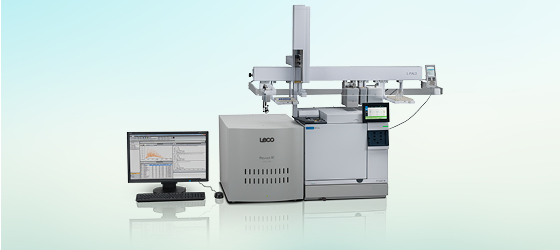
PEGASUS® BT GC-TOFMS
GC Time-Of-Flight Mass Spectrometer
Today‘s laboratories are being asked for more everyday – more samples run, more data acquired, more chemical information processed, and more results achieved – all in less time, for less money. ...
The Pegasus BT allows you to achieve all you need from a single sample run, while powerful and user-friendly ChromaTOF® software processes your data and removes the guesswork involved with analyte identification, quantitation, and reporting. The Pegasus BT gives users more uptime, better data, and an increase in overall productivity and efficiency.
Le spectromètre de masse à temps de vol (time-of-flight mass spectrometer, TOFMS) est idéal pour découvrir de nouveaux composés dans votre échantillon, pour quantifier des composés ciblés dans des échantillons complexes et pour augmenter le rendement car compatible avec la "fast GC".
► Download the free whitepaper and brochure
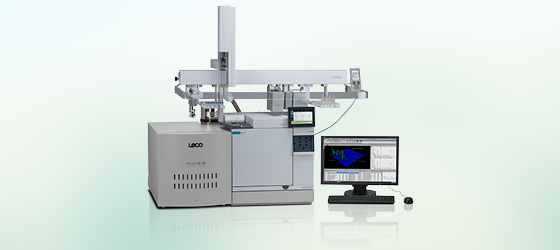
PEGASUS® BT 4D GCxGC-TOFMS
GC×GC Time-Of-Flight Mass Spectrometer
The Pegasus BT 4D offers enhanced sensitivity by coupling our benchtop Pegasus BT with a high-performance GC×GC modulation system. This combination gives the Pegasus BT 4D the ability to interrogate challenging samples ...
... where the best sensitivity is needed. Des fonctionnalités logiciel et instrument uniques et puissantes simplifient la quantification, ainsi que l’utilisation et la compréhension de la GCxGC. Our thermal modulation system, the QuadJet™, is recognised as the gold standard in GC×GC modulation, providing the highest sensitivity available on the market - ideal for analysing the most complex samples.
One of the main advantages of LECO’s GC×GC-TOFMS is its ability to provide vastly improved peak capacity and resolution than traditional GC-MS systems. It also offers comprehensive information about the sample by separating compounds based on two different properties (volatility and polarity). Combining GC×GC with TOFMS is an ultimate solution for the analysis of complex samples.
► Download the free brochure
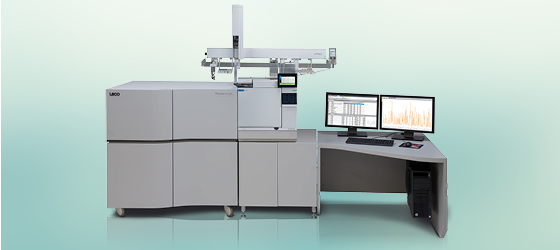
PEGASUS® GC-HRT+
High Resolution Time-Of-Flight Mass Spectrometer
Now with even more sensitivity than ever before, the Pegasus GC-HRT+ is the perfect tool for meeting the challenges of today’s highly complex analytical demands. ...
This high-resolution mass spectrometer features industry leading mass accuracy, full mass range acquisition with exceptional speed, full mass range acquisition with exceptional speed, isotopic abundance and mass resolution, all available in a single injection.
Folded Flight Path® (FFP®) technology and a novel data acquisition system enables simultaneous resolutions of over 50,000 FWHM, mass accuracies less than 1 ppm, and acquisition rates up to 200 spectra/second, without the need to adjust tuning or parameters. Thus, facilitating rich analyte finding and high-confidence analyte identification.
► Download the free brochure
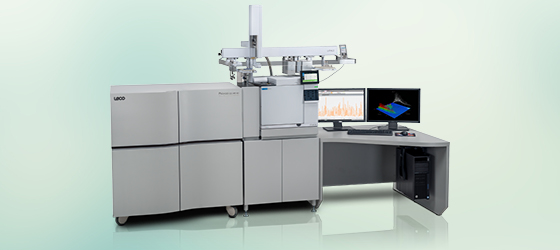
PEGASUS® GC-HRT+ 4D
HR GC×GC Time-Of-Flight Mass Spectrometer
The Pegasus GC-HRT+ 4D combines the highest performance GC×GC and TOFMS tools on the market with High Resolution Deconvolution® (HRD®). Ideal for the most complex samples, ...
... users are able to find more analytes than ever before and confidently identify unknown components.
The Pegasus GC-HRT+ 4D takes advantage of four dimensions of separation and resolution:
- 1st dimension chromatographic resolution
- 2nd dimension chromatographic resolution
- High mass resolution and exceptional mass accuracy
- High Resolution Deconvolution (HRD) from the leaders in deconvolution
ChromaTOF brand software, designed specifically for HRT+ instrumentation and GC×GC support, adds advanced qualitative and quantitative capabilities to an all-in-one user-friendly data system.
► Download the free brochure
Examples of LECO Separation Science Applications
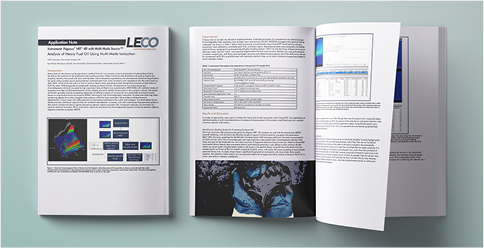
Pétrole
Comprehensive Two-Dimensional Gas Chromatography (GC×GC) has proven to be an extremely valuable analytical technique for the petroleum industry due to its ability to substantially increase the chromatographic peak capacity beyond that of traditional single-dimension gas chromatography. Pairing GC×GC with Time-of Flight Mass Spectrometry (TOFMS) provides unsurpassed characterization capabilities due to the separation power of GC×GC and the ability of TOFMS to provide rich data.
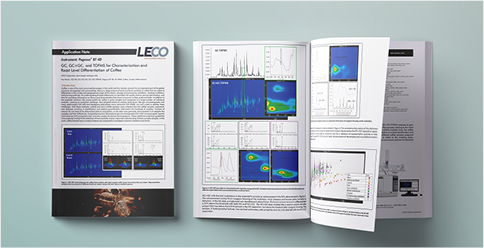
Food Testing
The characterization and safety testing of food and food constitutions can be extremely challenging depending on the complexity and the matrix. The LECO GC×GC TOFMS technology provides a highly powerful separation and remarkable identification allowing for improved workflows. More insights thanks to the advanced technology in combination with LECO’s ChromaTOF® brand software deconvolution algorithm and advanced data analysis tool will improve your Food Quality & Safety Testing and Food R&D. Here we demonstrate the aroma analsyis of two types of coffee and coffee packaging and filter leachates.

Perfume and Cosmetics
LECO‘s GC×GC-TOFMS is a valuable asset in the production of cosmetics and perfumes that align with Islamic principles. It can be used to identify the ingredients and detect any prohibited substances such as alcohol or non-halal animal-derived ingredients.
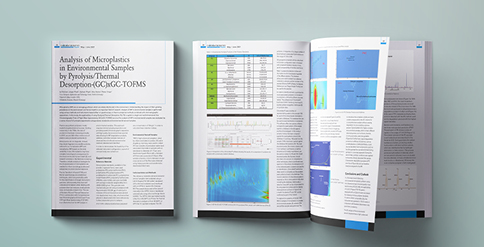
Analyse environnementale
Microplastics are an emerging pollutant which are widely distributed in the environment. Understanding the impact of their growing prevalence on the environment and human health is an important field of research. LECO‘s GC×GC-TOFMS can be used to monitor environmental pollution and air and water quality thus aiding to enforce regulations and ensure the preservation of our environment.

Métabolomique
LECO’s key advantage is the ability to identify and discover more metabolites than other similar technologies. La vitesse de notre acquisition en "full-scan" est incomparable, et si elle est combinée avec la puissance de l'algorithme de déconvolution du logiciel LECO ChromaTOF, permet une caractérisation des métabolomes sans précédent. Nos instruments ont été validés par les chercheurs les plus exigeants du domaine.
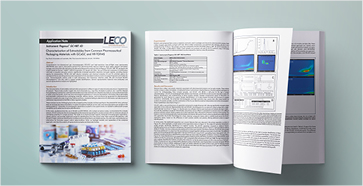
Extractables and Leachables
The characterization of extractable and leachable components from a wide range of materials is an important area of research. Information about extractable and leachable components from packaging and delivery devices for pharmaceutical products is a particular area of growing interest. Analytical testing results on this topic are part of many regulatory submission requirements to the FDA. ...
USP 1663 provides guidance on extractables testing and a variety of analytical approaches can meet compliance. High resolution MS is often considered necessary for identification of unknowns, and sample complexity and low-level detection continue to challenge these analyses. Here, we demonstrate a workflow that uses comprehensive two-dimensional gas chromatography (GC×GC) with HR-TOFMS to help address these challenges.
► App Note | Characterizing Extractables by GC×GC & HR-TOFMS
FAQ – Separation Science
Answer:
Gas chromatography separates components in a mixture by utilizing a thin silica tube coated with a stationary phase. The components, carried by a gas (the mobile phase), move at different speeds based on their affinities for the stationary phase. This differential migration leads to the separation of the components, allowing for their individual analysis and identification.
Alternative response:
- Gas chromatography is a technique for separating a mixture of volatile analytes
- The analytes are transported by a mobile phase (the carrier gas)
- Become distributed between the mobile phase and a stationary phase
- The Stationary Phase is attached to the inside of a very fine column
- Phases are typically characterised by their polarity
- A polar analyte will be retained by polar column for longer than a non-polar analyte
- and vica versa
Answer:
LECO uses Agilent 8890 chromatography. The gas chromatograph includes the following features:
- Compatibility and perfect integration with the mass spectrometer
- Automatic regulation of gas flows
- Agilent supported inlets: Split/Splitless (SSL), Multimode (MMI), Programmable temperature Vaporizer (PTV) etc.
- Programmable oven, up to 450 °C
- Chromatograph compatible with Fast-GC
- The GC is completely controlled by and integrated into LECO’s ChromaTOF software
Answer:
The LECO mass spectrometer is connected to the GC via a heated transfer line. The LECO GC-TOF allows you to have a 'full range' acquisition, without compromise, then a targeted and/or non-targeted data exploitation depending on what you want to do.
It consists of an EI (Electronic Impact) source, a 70 cm flight tube, a reflectron and a detector. Vacuum is provided by an internal turbomolecular pump connected to an external secondary pump.

Answer:
The mass range of the Pegasus BT is from 10 to 1500 m/z. All masses are collected all the time, unlike quadrupole instruments that collect a single mass at a time (quadrupole scanning mode is single ion monitoring, SIM, quickly scanning across the mass range).
Answer:
GC×GC-TOFMS can detect discrepancies in the composition of food products, helping to expose fraudulent claims of Halal certification and ensure consumer confidence in authentic Halal products.
Answer:
By examining the chemical composition of inks and pigments, GC×GC-TOFMS provides insights into the materials used in Islamic calligraphy and manuscripts, aiding in their preservation and authentication. An example of similar work can be read in this publication on analysing the paints used by Leonardo Da Vinci.
Answer:
LECO’s GC×GC-TOFMS system utilizes two columns with different separation mechanisms, providing enhanced chromatographic resolution for the analysis of complex mixtures. In one dimension the analytes are separated by polarity, or according to boiling point. An additional dimension separates according to an alternative property, of which there are many. This results in a 3D image – the two dimensions of separation and the abundance of the analytes in the third dimension.
Answer:
LECO's StayClean® ion source originates in the requirement for a fast source to match the speed of the TOFMS. Accomplished by reducing ion to ion interactions, such as with the walls of the source. The source was thus designed without walls – so there is nothing to clean. Massively reduced downtimes, especially for complex matrices and more reproducible results.
Answer:
Yes! With superior separation power and precision, LECO’s GC×GC-TOFMS system can uncover hidden details and confidently identify components, even in the most intricate mixtures:
- Increases detectability
- Removes analytes from matrix interference
- Separates co-elluting peaks
- Creates cleaner peaks, which match closer with libraries
- Creates structured chromatograms thus further improving identification confidence
Answer:
The cryogenic Quad Jet modulator consistently delivers reproducible quantitative results not only within the lab but also between labs worldwide. This is achieved because:
- There are two cold jets. So, eluent from the primary column does not flow into the secondary column by mistake
- The distance between cold zones is identical in every system worldwide, unlike other systems that require manual adjustment and intervention
- The modulation is completely computer controlled. This along with the 2 separate cold zones, allows for variable modulation periods in the same analysis, vastly improving separation across the chromatogram
- In the same way the primary column is temperature controlled in the primary oven, the secondary column is also independently controlled, allowing for total control of the chromatogram along the entire column setup
These four features not only improve separation and control, they are also unique to the LECO QuadJet.
Answer:
By combining comprehensive two-dimensional gas chromatography (GC×GC) with high-speed, high-sensitivity time-of-flight mass spectrometry (TOFMS), LECO's GC×GC-TOFMS can separate and identify the complex mixtures of flavours and fragrances in food samples with detail and precision.
Answer:
Yes! LECO’s GC×GC-TOFMS is an excellent tool for non-intentionally added substances (NIAS) analysis in food safety. It allows for the comprehensive analysis of complex food samples, ensuring the detection and identification of potential contaminants and unwanted substances. For example, LECO’s MOSH/MOAH solution is widely recognised as the most comprehensive and rigorous analyser for mineral oil contamination in food stuffs.
Answer:
LECO’s GC×GC technology utilizes two stages of separation, significantly increasing resolution and analysis power compared to traditional gas chromatography. This allows for the detailed separation and identification of complex mixtures with unparalleled precision.
Answer:
LECO’s TOFMS technology offers excellent sensitivity, speed, and resolution in mass spectrometry. By fragmenting and ionizing analyte molecules and separating the fragments based on their mass-to-charge ratio, LECO's TOFMS enables highly accurate identification and detection of compounds in samples. The system not only records to a computer at high speed, it detects at a rate of 32,000 Hz thus producing a very high level of accuracy.
Answer:
GC×GC-TOFMS enables the analysis of dietary supplements for the presence of non-compliant ingredients, such as animal-derived gelatine, ensuring that the products meet the strict requirements of Halal certification.
Answer:
GC×GC-TOFMS is a valuable tool for monitoring air and soil quality near Islamic sacred sites, identifying pollutants that may pose a risk to their preservation and guiding conservation efforts. As an example, Imperial College London have utilised a LECO Pegasus BT 4D to identify microplastics in the air of London. You can read about it here.
Answer:
LECO’s GC×GC-TOFMS system utilizes Time-of-Flight Mass Spectrometry (TOFMS), which provides high-speed detection of ionized compounds based on their mass-to-charge ratio.
Answer:
LECO provides software for data analysis, enabling compound identification, quantification, and other types of analysis based on the mass spectra obtained from the TOFMS.
Answer:
LECO’s StayClean ion source, a standard feature in every Pegasus BT GC-TOFMS and GC×GC-TOFMS system, flushes neutrals and contaminants continuously. This virtually eliminates the need for routine maintenance, allowing you to spend less time on upkeep and more time on your research.
Answer:
Sample handling is crucial in GC-MS analysis. LECO employs advanced sample handling robots called Autosamplers that can handle samples in three dimensions of space. These robots ensure precise and consistent sample preparation, ranging from simple liquid injections to complex processes like chemical reactions, extractions, and accurate dilutions.
Answer:
The first GC-MS was a GC-TOFMS developed in the 1950s. However, the technique was too powerful for data recording at the time. In the mid-1990s the first GC-TOFMS capable of recording the data for processing was developed by LECO. This breakthrough in fast GC-TOFMS technology allowed researchers and analysts to utilize the capabilities of GC-TOFMS for their analytical needs.
Answer:
By combining two-dimensional separation, robust ionization, and high-speed TOFMS detection, and patented deconvolution algorithms LECO's GC×GC-TOFMS system offers a powerful solution for analysing complex mixtures with enhanced resolution, sensitivity, and separation power.
Answer:
By analysing the chemical composition of materials used in ancient Islamic artifacts, GC×GC-TOFMS assists in determining their authenticity, providing valuable insights into historical and cultural heritage. The chemical composition of such artifacts are extremely complex so utilising multidimensional chromatography techniques with high speed TOFMS, a chemical profile can be created. Furthermore, LECO’s post processing software packages, ChromaTOF Tile and ChromaTOF Sync can identify differences between samples to compare artifacts and identify biomarkers.
Let LECO help you
find the right instruments for your needs.
Si vous souhaitez en savoir plus sur nos produits et solutions pour l’analyse de produits agroalimentaires, réservez un billet gratuit pour notre salon virtuel ou programmez une démonstration en ligne pour avoir un aperçu plus précis de nos instruments.
Explore the Fascinating World of Separation Science
The very first GC-MS was a GC-TOFMS which was built in 1947. The information it provided was much too large to record, and it was not until the mid-1990s when LECO introduced the first fast GC-TOFMS, that GC-TOFMS became a useable tool for researchers and analysts. Followed a few years later by LECO’s introduction of the first GC×GC-TOFMS.
Today, LECO’s Separation Science products are recognised across the globe as leading advanced technology innovations in TOFMS Mass Spectrometry and Comprehensive two-dimensional Chromatography.

PEGASUS® BT GC-TOFMS
GC Time-Of-Flight Mass Spectrometer
Today‘s laboratories are being asked for more everyday – more samples run, more data acquired, more chemical information processed, and more results achieved – all in less time, for less money. ...
The Pegasus BT allows you to achieve all you need from a single sample run, while powerful and user-friendly ChromaTOF® software processes your data and removes the guesswork involved with analyte identification, quantitation, and reporting. The Pegasus BT gives users more uptime, better data, and an increase in overall productivity and efficiency.
Le spectromètre de masse à temps de vol (time-of-flight mass spectrometer, TOFMS) est idéal pour découvrir de nouveaux composés dans votre échantillon, pour quantifier des composés ciblés dans des échantillons complexes et pour augmenter le rendement car compatible avec la "fast GC".
► Download the free whitepaper and brochure

PEGASUS® BT 4D GCxGC-TOFMS
GC×GC Time-Of-Flight Mass Spectrometer
The Pegasus BT 4D offers enhanced sensitivity by coupling our benchtop Pegasus BT with a high-performance GC×GC modulation system. This combination gives the Pegasus BT 4D the ability to interrogate challenging samples ...
... where the best sensitivity is needed. Des fonctionnalités logiciel et instrument uniques et puissantes simplifient la quantification, ainsi que l’utilisation et la compréhension de la GCxGC. Our thermal modulation system, the QuadJet™, is recognised as the gold standard in GC×GC modulation, providing the highest sensitivity available on the market - ideal for analysing the most complex samples.
One of the main advantages of LECO’s GC×GC-TOFMS is its ability to provide vastly improved peak capacity and resolution than traditional GC-MS systems. It also offers comprehensive information about the sample by separating compounds based on two different properties (volatility and polarity). Combining GC×GC with TOFMS is an ultimate solution for the analysis of complex samples.
► Download the free brochure

PEGASUS® GC-HRT+
High Resolution Time-Of-Flight Mass Spectrometer
Now with even more sensitivity than ever before, the Pegasus GC-HRT+ is the perfect tool for meeting the challenges of today’s highly complex analytical demands. ...
This high-resolution mass spectrometer features industry leading mass accuracy, full mass range acquisition with exceptional speed, full mass range acquisition with exceptional speed, isotopic abundance and mass resolution, all available in a single injection.
Folded Flight Path® (FFP®) technology and a novel data acquisition system enables simultaneous resolutions of over 50,000 FWHM, mass accuracies less than 1 ppm, and acquisition rates up to 200 spectra/second, without the need to adjust tuning or parameters. Thus, facilitating rich analyte finding and high-confidence analyte identification.
► Download the free brochure

PEGASUS® GC-HRT+ 4D
HR GC×GC Time-Of-Flight Mass Spectrometer
The Pegasus GC-HRT+ 4D combines the highest performance GC×GC and TOFMS tools on the market with High Resolution Deconvolution® (HRD®). Ideal for the most complex samples, ...
... users are able to find more analytes than ever before and confidently identify unknown components.
The Pegasus GC-HRT+ 4D takes advantage of four dimensions of separation and resolution:
- 1st dimension chromatographic resolution
- 2nd dimension chromatographic resolution
- High mass resolution and exceptional mass accuracy
- High Resolution Deconvolution (HRD) from the leaders in deconvolution
ChromaTOF brand software, designed specifically for HRT+ instrumentation and GC×GC support, adds advanced qualitative and quantitative capabilities to an all-in-one user-friendly data system.
► Download the free brochure
Examples of LECO Separation Science Applications

Pétrole
Comprehensive Two-Dimensional Gas Chromatography (GC×GC) has proven to be an extremely valuable analytical technique for the petroleum industry due to its ability to substantially increase the chromatographic peak capacity beyond that of traditional single-dimension gas chromatography. Pairing GC×GC with Time-of Flight Mass Spectrometry (TOFMS) provides unsurpassed characterization capabilities due to the separation power of GC×GC and the ability of TOFMS to provide rich data.

Food Testing
The characterization and safety testing of food and food constitutions can be extremely challenging depending on the complexity and the matrix. The LECO GC×GC TOFMS technology provides a highly powerful separation and remarkable identification allowing for improved workflows. More insights thanks to the advanced technology in combination with LECO’s ChromaTOF® brand software deconvolution algorithm and advanced data analysis tool will improve your Food Quality & Safety Testing and Food R&D. Here we demonstrate the aroma analsyis of two types of coffee and coffee packaging and filter leachates.

Perfume and Cosmetics
LECO‘s GC×GC-TOFMS is a valuable asset in the production of cosmetics and perfumes that align with Islamic principles. It can be used to identify the ingredients and detect any prohibited substances such as alcohol or non-halal animal-derived ingredients.

Analyse environnementale
Microplastics are an emerging pollutant which are widely distributed in the environment. Understanding the impact of their growing prevalence on the environment and human health is an important field of research. LECO‘s GC×GC-TOFMS can be used to monitor environmental pollution and air and water quality thus aiding to enforce regulations and ensure the preservation of our environment.

Métabolomique
LECO’s key advantage is the ability to identify and discover more metabolites than other similar technologies. La vitesse de notre acquisition en "full-scan" est incomparable, et si elle est combinée avec la puissance de l'algorithme de déconvolution du logiciel LECO ChromaTOF, permet une caractérisation des métabolomes sans précédent. Nos instruments ont été validés par les chercheurs les plus exigeants du domaine.

Extractables and Leachables
The characterization of extractable and leachable components from a wide range of materials is an important area of research. Information about extractable and leachable components from packaging and delivery devices for pharmaceutical products is a particular area of growing interest. Analytical testing results on this topic are part of many regulatory submission requirements to the FDA. ...
USP 1663 provides guidance on extractables testing and a variety of analytical approaches can meet compliance. High resolution MS is often considered necessary for identification of unknowns, and sample complexity and low-level detection continue to challenge these analyses. Here, we demonstrate a workflow that uses comprehensive two-dimensional gas chromatography (GC×GC) with HR-TOFMS to help address these challenges.
► App Note | Characterizing Extractables by GC×GC & HR-TOFMS
FAQ – Separation Science
Answer:
Gas chromatography separates components in a mixture by utilizing a thin silica tube coated with a stationary phase. The components, carried by a gas (the mobile phase), move at different speeds based on their affinities for the stationary phase. This differential migration leads to the separation of the components, allowing for their individual analysis and identification.
Alternative response:
- Gas chromatography is a technique for separating a mixture of volatile analytes
- The analytes are transported by a mobile phase (the carrier gas)
- Become distributed between the mobile phase and a stationary phase
- The Stationary Phase is attached to the inside of a very fine column
- Phases are typically characterised by their polarity
- A polar analyte will be retained by polar column for longer than a non-polar analyte
- and vica versa
Answer:
LECO uses Agilent 8890 chromatography. The gas chromatograph includes the following features:
- Compatibility and perfect integration with the mass spectrometer
- Automatic regulation of gas flows
- Agilent supported inlets: Split/Splitless (SSL), Multimode (MMI), Programmable temperature Vaporizer (PTV) etc.
- Programmable oven, up to 450 °C
- Chromatograph compatible with Fast-GC
- The GC is completely controlled by and integrated into LECO’s ChromaTOF software
Answer:
The LECO mass spectrometer is connected to the GC via a heated transfer line. The LECO GC-TOF allows you to have a 'full range' acquisition, without compromise, then a targeted and/or non-targeted data exploitation depending on what you want to do.
It consists of an EI (Electronic Impact) source, a 70 cm flight tube, a reflectron and a detector. Vacuum is provided by an internal turbomolecular pump connected to an external secondary pump.

Answer:
The mass range of the Pegasus BT is from 10 to 1500 m/z. All masses are collected all the time, unlike quadrupole instruments that collect a single mass at a time (quadrupole scanning mode is single ion monitoring, SIM, quickly scanning across the mass range).
Answer:
GC×GC-TOFMS can detect discrepancies in the composition of food products, helping to expose fraudulent claims of Halal certification and ensure consumer confidence in authentic Halal products.
Answer:
By examining the chemical composition of inks and pigments, GC×GC-TOFMS provides insights into the materials used in Islamic calligraphy and manuscripts, aiding in their preservation and authentication. An example of similar work can be read in this publication on analysing the paints used by Leonardo Da Vinci.
Answer:
LECO’s GC×GC-TOFMS system utilizes two columns with different separation mechanisms, providing enhanced chromatographic resolution for the analysis of complex mixtures. In one dimension the analytes are separated by polarity, or according to boiling point. An additional dimension separates according to an alternative property, of which there are many. This results in a 3D image – the two dimensions of separation and the abundance of the analytes in the third dimension.
Answer:
LECO's StayClean® ion source originates in the requirement for a fast source to match the speed of the TOFMS. Accomplished by reducing ion to ion interactions, such as with the walls of the source. The source was thus designed without walls – so there is nothing to clean. Massively reduced downtimes, especially for complex matrices and more reproducible results.
Answer:
Yes! With superior separation power and precision, LECO’s GC×GC-TOFMS system can uncover hidden details and confidently identify components, even in the most intricate mixtures:
- Increases detectability
- Removes analytes from matrix interference
- Separates co-elluting peaks
- Creates cleaner peaks, which match closer with libraries
- Creates structured chromatograms thus further improving identification confidence
Answer:
The cryogenic Quad Jet modulator consistently delivers reproducible quantitative results not only within the lab but also between labs worldwide. This is achieved because:
- There are two cold jets. So, eluent from the primary column does not flow into the secondary column by mistake
- The distance between cold zones is identical in every system worldwide, unlike other systems that require manual adjustment and intervention
- The modulation is completely computer controlled. This along with the 2 separate cold zones, allows for variable modulation periods in the same analysis, vastly improving separation across the chromatogram
- In the same way the primary column is temperature controlled in the primary oven, the secondary column is also independently controlled, allowing for total control of the chromatogram along the entire column setup
These four features not only improve separation and control, they are also unique to the LECO QuadJet.
Answer:
By combining comprehensive two-dimensional gas chromatography (GC×GC) with high-speed, high-sensitivity time-of-flight mass spectrometry (TOFMS), LECO's GC×GC-TOFMS can separate and identify the complex mixtures of flavours and fragrances in food samples with detail and precision.
Answer:
Yes! LECO’s GC×GC-TOFMS is an excellent tool for non-intentionally added substances (NIAS) analysis in food safety. It allows for the comprehensive analysis of complex food samples, ensuring the detection and identification of potential contaminants and unwanted substances. For example, LECO’s MOSH/MOAH solution is widely recognised as the most comprehensive and rigorous analyser for mineral oil contamination in food stuffs.
Answer:
LECO’s GC×GC technology utilizes two stages of separation, significantly increasing resolution and analysis power compared to traditional gas chromatography. This allows for the detailed separation and identification of complex mixtures with unparalleled precision.
Answer:
LECO’s TOFMS technology offers excellent sensitivity, speed, and resolution in mass spectrometry. By fragmenting and ionizing analyte molecules and separating the fragments based on their mass-to-charge ratio, LECO's TOFMS enables highly accurate identification and detection of compounds in samples. The system not only records to a computer at high speed, it detects at a rate of 32,000 Hz thus producing a very high level of accuracy.
Answer:
GC×GC-TOFMS enables the analysis of dietary supplements for the presence of non-compliant ingredients, such as animal-derived gelatine, ensuring that the products meet the strict requirements of Halal certification.
Answer:
GC×GC-TOFMS is a valuable tool for monitoring air and soil quality near Islamic sacred sites, identifying pollutants that may pose a risk to their preservation and guiding conservation efforts. As an example, Imperial College London have utilised a LECO Pegasus BT 4D to identify microplastics in the air of London. You can read about it here.
Answer:
LECO’s GC×GC-TOFMS system utilizes Time-of-Flight Mass Spectrometry (TOFMS), which provides high-speed detection of ionized compounds based on their mass-to-charge ratio.
Answer:
LECO provides software for data analysis, enabling compound identification, quantification, and other types of analysis based on the mass spectra obtained from the TOFMS.
Answer:
LECO’s StayClean ion source, a standard feature in every Pegasus BT GC-TOFMS and GC×GC-TOFMS system, flushes neutrals and contaminants continuously. This virtually eliminates the need for routine maintenance, allowing you to spend less time on upkeep and more time on your research.
Answer:
Sample handling is crucial in GC-MS analysis. LECO employs advanced sample handling robots called Autosamplers that can handle samples in three dimensions of space. These robots ensure precise and consistent sample preparation, ranging from simple liquid injections to complex processes like chemical reactions, extractions, and accurate dilutions.
Answer:
The first GC-MS was a GC-TOFMS developed in the 1950s. However, the technique was too powerful for data recording at the time. In the mid-1990s the first GC-TOFMS capable of recording the data for processing was developed by LECO. This breakthrough in fast GC-TOFMS technology allowed researchers and analysts to utilize the capabilities of GC-TOFMS for their analytical needs.
Answer:
By combining two-dimensional separation, robust ionization, and high-speed TOFMS detection, and patented deconvolution algorithms LECO's GC×GC-TOFMS system offers a powerful solution for analysing complex mixtures with enhanced resolution, sensitivity, and separation power.
Answer:
By analysing the chemical composition of materials used in ancient Islamic artifacts, GC×GC-TOFMS assists in determining their authenticity, providing valuable insights into historical and cultural heritage. The chemical composition of such artifacts are extremely complex so utilising multidimensional chromatography techniques with high speed TOFMS, a chemical profile can be created. Furthermore, LECO’s post processing software packages, ChromaTOF Tile and ChromaTOF Sync can identify differences between samples to compare artifacts and identify biomarkers.
Let LECO help you
find the right instruments for your needs.
Si vous souhaitez en savoir plus sur nos produits et solutions pour l’analyse de produits agroalimentaires, réservez un billet gratuit pour notre salon virtuel ou programmez une démonstration en ligne pour avoir un aperçu plus précis de nos instruments.
Expedite Gas Chromatography Analysis with Hydrogen
For years, helium has been the go-to choice as a carrier gas for mass spectrometers due to its well-known benefits. However, its limited supply and varying costs have posed significant challenges for labs worldwide.
LECO has conducted extensive research on the use of hydrogen as a carrier gas for GC-TOFMS analysis. We have developed innovative method transfer approaches to ensure a smooth and efficient transition to hydrogen. With our proven expertise in the hydrogen conversion process, we can help labs of all sizes achieve increased chromatographic throughput without sacrificing the sensitivity and accuracy they demand.
As the supply of helium continues to dwindle, the use of hydrogen as a carrier gas for GC applications has become an increasingly attractive option. With both benefits and drawbacks to consider, it requires the expertise of a dedicated team to determine the optimal approach.
In the following sections, we will share the details of our approach, including the method transfer approaches used, the technological benefits, and application examples. At LECO, we understand the importance of providing comprehensive information and support. That's why we have put together a range of resources specifically on hydrogen conversion, to help you make an informed decision.

Don‘t miss out on this unique opportunity!
We know how valuable your time is, so we‘re bringing the experts and resources closer to you to show you how LECO instrumentation and hydrogen carrier gas can revolutionize your analysis, with live demos of our instruments and software.
Instrument Portfolio for Hydrogen carrier gas
We understand that the conversion from helium to hydrogen carrier gas can be a crucial step in mass spectrometry, where speed and sensitivity are of utmost importance. At LECO, we take pride in designing our PEGASUS® mass spectrometers to deliver exceptional performance in Fast GC applications with both helium and hydrogen carrier gas. Our instruments are built to provide high-speed analysis without compromising sensitivity, making them the ideal choice for labs looking to switch to hydrogen. In addition, with our innovative StayClean® Ion Source technology, you can be confident that your instrument will operate at peak efficiency, free from the need for frequent cleaning and maintenance.
On-demand Videos & Presentations
Helium is becoming an increasingly limited natural resource; using Hydrogen to achieve increased chromatographic throughput in GC applications is attractive. Both have advantages and disadvantages. LECO has for years investigated the use of Hydrogen as a carrier gas for GC-TOFMS analysis. In the following we are going to present you the method transfer approaches used, the technological benefits, and application examples.
► „Fast GC / Hydrogen Method Transfer Overview & Application Examples“
by Nick Jones, Sebastiano Panto, Lena Dubois, Joe Binkley (LECO Corporation, St. Joseph, MI USA)
Please click here for watching the video ...
► „GC×GC Analysis with Chroma TOF Tile“
by Lena Dubois (LECO ETAC, Berlin, GER)
Please click here for watching the video ...
► „GC-MS Analysis Workflow utilizing ChromaTOF Sync“
by Liz Humstom-Fulmer (LECO Corporation, St. Joseph, MI USA)
Please click here for watching the video ...
► „Discovery Workflow Best Practices for Environmental Contaminants“
by Albert T. Lebedev (Lomonosov Moscow State University), David E. Alonso (LECO Corporation, St. Joseph, MI USA)
Please click here for watching the video ...

Webinar: Enhance Your GC-MS Workflow
With ever-increasing demands on your time, labor, and resources, optimizing your workflow is essential. Learn best approaches from GC-TOFMS experts to enhance your one- and two-dimensional gas chromatography applications (GC-MS and GC×GC-MS) in this webinar.
Library – Hydrogen Carrier Gas Publications
Read our following publications and discover more about GC-TOFMS analyses with hydrogen as a carrier gas.
Thank you for submitting the form. You now have access to all files.
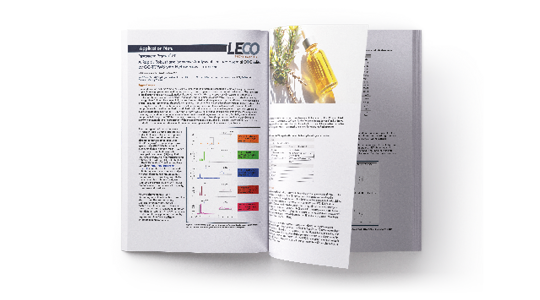
App Notes:
Hydrogen-based GC-TOFMS Analysis
The shortage of helium and its increased costs are encouraging laboratories to find suitable alternatives. Learn how LECO achieves quality results utilizing Hydrogen as a carrier gas.
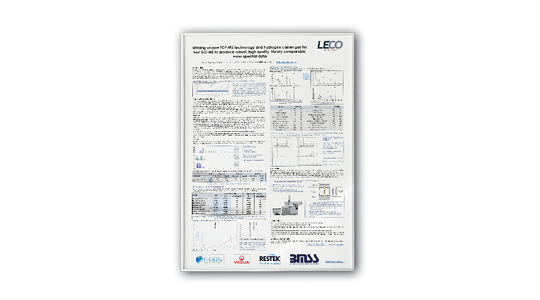
Poster:
„Utilizing unique TOF-MS technology and hydrogen carrier gas for fast GC-MS“
How many sample runs can you fit into your day? With a few simple changes, LECO‘s Pegasus BT can drastically speed up gas chromatography throughput. A faster time-of-flight analysis doesn‘t need to mean lower quality results.

Article:
„A green and sustainable method for Capsicum [...] using H2 Carrier Gas“
Learn how scientists from the University of Messina (Italy) increased their sustainability and „greenified“ their pepper analyses utilizing LECO separation science instruments.
Intéressé ?
We welcome the opportunity to discuss how hydrogen conversion can benefit your lab.
Get in touch with us today to learn more.
If you want to learn more about our products and solutions for Fast GC analysis, book a free ticket to our Virtual Trade Show, or schedule an online demo for a deeper insight in our instruments.
Expedite Gas Chromatography Analysis with Hydrogen
For years, helium has been the go-to choice as a carrier gas for mass spectrometers due to its well-known benefits. However, its limited supply and varying costs have posed significant challenges for labs worldwide.
LECO has conducted extensive research on the use of hydrogen as a carrier gas for GC-TOFMS analysis. We have developed innovative method transfer approaches to ensure a smooth and efficient transition to hydrogen. With our proven expertise in the hydrogen conversion process, we can help labs of all sizes achieve increased chromatographic throughput without sacrificing the sensitivity and accuracy they demand.
As the supply of helium continues to dwindle, the use of hydrogen as a carrier gas for GC applications has become an increasingly attractive option. With both benefits and drawbacks to consider, it requires the expertise of a dedicated team to determine the optimal approach.
In the following sections, we will share the details of our approach, including the method transfer approaches used, the technological benefits, and application examples. At LECO, we understand the importance of providing comprehensive information and support. That's why we have put together a range of resources specifically on hydrogen conversion, to help you make an informed decision.

Don‘t miss out on this unique opportunity!
We know how valuable your time is, so we‘re bringing the experts and resources closer to you to show you how LECO instrumentation and hydrogen carrier gas can revolutionize your analysis, with live demos of our instruments and software.
Instrument Portfolio for Hydrogen carrier gas
We understand that the conversion from helium to hydrogen carrier gas can be a crucial step in mass spectrometry, where speed and sensitivity are of utmost importance. At LECO, we take pride in designing our PEGASUS® mass spectrometers to deliver exceptional performance in Fast GC applications with both helium and hydrogen carrier gas. Our instruments are built to provide high-speed analysis without compromising sensitivity, making them the ideal choice for labs looking to switch to hydrogen. In addition, with our innovative StayClean® Ion Source technology, you can be confident that your instrument will operate at peak efficiency, free from the need for frequent cleaning and maintenance.
On-demand Videos & Presentations
Helium is becoming an increasingly limited natural resource; using Hydrogen to achieve increased chromatographic throughput in GC applications is attractive. Both have advantages and disadvantages. LECO has for years investigated the use of Hydrogen as a carrier gas for GC-TOFMS analysis. In the following we are going to present you the method transfer approaches used, the technological benefits, and application examples.
► „Fast GC / Hydrogen Method Transfer Overview & Application Examples“
by Nick Jones, Sebastiano Panto, Lena Dubois, Joe Binkley (LECO Corporation, St. Joseph, MI USA)
Please complete our form to watch the videos on-demand.
► „GC×GC Analysis with Chroma TOF Tile“
by Lena Dubois (LECO ETAC, Berlin, GER)
Please complete our form to watch the videos on-demand.
► „GC-MS Analysis Workflow utilizing ChromaTOF Sync“
by Liz Humstom-Fulmer (LECO Corporation, St. Joseph, MI USA)
Please complete our form to watch the videos on-demand.
► „Discovery Workflow Best Practices for Environmental Contaminants“
by Albert T. Lebedev (Lomonosov Moscow State University), David E. Alonso (LECO Corporation, St. Joseph, MI USA)
Please complete our form to watch the videos on-demand.

Webinar: Enhance Your GC-MS Workflow
With ever-increasing demands on your time, labor, and resources, optimizing your workflow is essential. Learn best approaches from GC-TOFMS experts to enhance your one- and two-dimensional gas chromatography applications (GC-MS and GC×GC-MS) in this webinar.
Library – Hydrogen Carrier Gas Publications
Read our following publications and discover more about GC-TOFMS analyses with hydrogen as a carrier gas. We kindly ask you to submit our form. Afterwards you‘ll get access to all files.

App Notes:
Hydrogen-based GC-TOFMS Analysis
The shortage of helium and its increased costs are encouraging laboratories to find suitable alternatives. Learn how LECO achieves quality results utilizing Hydrogen as a carrier gas.
„Analsysis of Teatree Oil“
„Citrus Essential Oils“

Poster:
„Utilizing unique TOF-MS technology and hydrogen carrier gas for fast GC-MS“
How many sample runs can you fit into your day? With a few simple changes, LECO‘s Pegasus BT can drastically speed up gas chromatography throughput. A faster time-of-flight analysis doesn‘t need to mean lower quality results.

Article:
„A green and sustainable method for Capsicum [...] using H2 Carrier Gas“
Learn how scientists from the University of Messina (Italy) increased their sustainability and „greenified“ their pepper analyses utilizing LECO separation science instruments.
Intéressé ?
We welcome the opportunity to discuss how hydrogen conversion can benefit your lab.
Get in touch with us today to learn more.
If you want to learn more about our products and solutions for Fast GC analysis, book a free ticket to our Virtual Trade Show, or schedule an online demo for a deeper insight in our instruments.
Attention All Aroma Enthusiasts!
The LECO Aroma Roadshow 2023 has concluded, and it was a remarkable journey that brought the world of aroma analysis closer to professionals across Europe. At LECO, we understand the value of your time, and our goal was to make expertise more accessible. We're thrilled to have had the opportunity to meet with you in person and demonstrate how LECO instrumentation and the use of hydrogen carrier gas can elevate your analytical capabilities.
Our team of friendly and knowledgeable application specialists provided live demonstrations of our cutting-edge instruments and software, enriching your understanding of aroma analysis. We are grateful for your active participation and insightful questions, which made this event a success.
While the LECO Aroma Roadshow 2023 has concluded, our commitment to advancing your knowledge and expertise continues. Stay tuned for more updates, resources, and future events from LECO
For any questions or further information, please contact: Cette adresse e-mail est protégée contre les spambots. Vous devez activer JavaScript pour l’afficher.

More about aroma analysis
If you missed our roadshow and want to delve deeper into the world of aroma analysis, please visit our aroma resources page. There, you'll find valuable insights and information to enhance your understanding of this fascinating field.
Program
At the LECO Aroma Roadshow, each event stop was thoughtfully designed to maximize the experience and deliver valuable insights for all attendees. The goal was to make the most of everyone's precious time.
During the dedicated time slots, our experts provided one-on-one assistance, addressing specific needs and answering questions that arose. Attendees had the chance to witness our instruments in action, all without disrupting their busy schedules.
The event was a collaborative exploration of data, where participants saved time and gained valuable insights. It was a unique opportunity for personalized guidance from experts tailored to sample data.
Comment pouvons-nous le faire ?
LECO instrumentation is robust and reliable, allowing us to set up methods in advance that will run in any environment.
Using hydrogen carrier gas vastly speeds up the acquisition process reducing run times by up to 75%.
The instrument will be set up to run your sample allowing our conversation to revolve around your data.
Sample
Our Sales Engineer will be in contact with you and will provide instructions on how to prepare your samples for live measurements. They will provide all the necessary information and collaborate with our team of application specialists to help you achieve exceptional results. With the goal of empowering your results, we're committed to ensuring your measurements are accurate and reliable. Should you not have specific requests, our team will also prepare test samples for measurement.

Roadshow Venues
Completed
18th or 19th April
Stockport, UK
LECO Instruments Ltd.
Unit 7, Rhino Court, Station View
Bramhall Moor Lane, Hazel Grove
Stockport SK7 5ER
Completed
26th or 27th April
Cambridge, UK
Element Cambridge
(formerly Anatune)
Unit 4, Wellbrook Court
Girton Rd, Girton
Cambridge CB3 0NA
Completed
2th or 3th May
Oberhausen, GER
SIM Scientific Instruments
Manufacturer GmbH
Im Erlengrund 21-23
46149 Oberhausen
Completed
25th or 26th May
Ferrara, IT
University of Ferrara
Via Luigi Borsari, 46
44121 Ferrara FE
Completed
25th or 26th May
Berlin, GER
LECO EATC
Max-Dohrn Strasse 8-10
Biotechpark, Building B 5.2
10589 Berlin
Completed
7th or 8th June
Liège, BEL
Université de Liège
Place du 20 Août 7
4000 Liège
Completed
29th or 30th June
Lyon, FR
Université de Lyon
92 Rue Pasteur
69007 Lyon
Completed
12th September
Messina, IT
Università degli Studi di Messina
Via G. Palatucci SNC
98168 Messina
Completed
14th or 15th November
Berlin, GER
LECO EATC
Max-Dohrn Strasse 8-10
Biotechpark, Building B 5.2
10589 Berlin
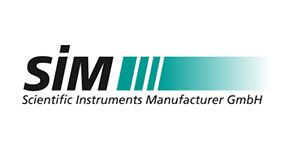
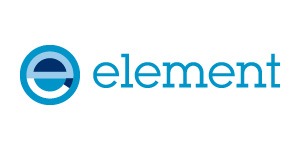


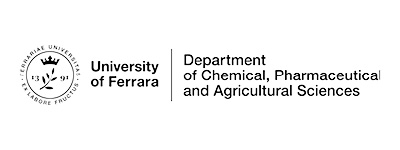
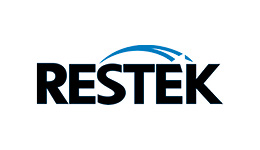
Let LECO help you find the right instruments for your need.
Si vous souhaitez en savoir plus sur nos produits et solutions pour l’analyse des arômes, réservez un billet gratuit pour notre salon virtuel ou programmez une démonstration en ligne pour avoir un aperçu plus précis de nos instruments.
Enhance your Food Analysis
Les instruments LECO analysent la qualité et la valeur nutritionnelle de nombreux produits agroalimentaires, des aliments crus aux produits finis prêts à la consommation. Benefit fom the advantages of our state-of-the-art solutions for your individual food analysis. Elevate your results and save your time.
Specific Advantages Including
- Moisture Determination – Loss on drying automated up to 16 samples simultaneously
- MOSH/MOAH Determination – Identify and quantify the source of contamination
- Detection of Pesticides – Even in the most difficult matrices
- Protein Determination after Dumas – Replacement of Kjeldahl; Results in ≈ 3 minutes fully matrix independent
- Aroma Profiling – Identify what you smell, but never see
Unlock the 2023 special issue of FoodLab Magazine now – Exclusively Available Here!

Explore our exclusive collection of expert articles on aroma, moisture & ash, MOSH/MOAH, and protein, developed in collaboration with FoodLab Magazine. Download now for the latest insights in the food industry.
Instrument Portfolio for Food Analysis
Your Solution For Cost Effective Food Analysis
Check out our broad product portfolio for food safety, nutrition, and moisture analysis. Benefit from the advantages of our state-of-the-art solutions for your individual food analysis.

MOSH MOAH Determination
Quels que soient les contraintes liées à votre préparation d'échantillon, exploitez toute la puissance de la technologie GCxGC & TOF de LECO pour résoudre les challenges de l'analyse MOSH et MOAH.

Determination of Moisture/Ash/Loss on Drying
An accurate determination of moisture content in food or agricultural products provides important information related to the food quality and safety.
White Paper | Protein Analysis - Dumas Vs. Kjeldahl
Have you ever wondered about this old discussion about „Dumas and Kjedahl“ and which one fits better to your needs in the field of protein analysis?
Read our lates white paper related to protein analysis by comparing the methods "Dumas vs. Kjeldahl". Get a concise overview about the theories of operation, and learn how the benefits of a LECO Dumas determinator can impact your workflow.
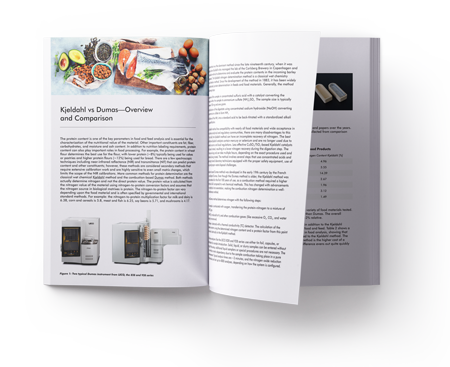
Let LECO help you find the right instruments for your needs.
Si vous souhaitez en savoir plus sur nos produits et solutions pour l’analyse de produits agroalimentaires, réservez un billet gratuit pour notre salon virtuel ou programmez une démonstration en ligne pour avoir un aperçu plus précis de nos instruments.
LA2PC | LECO Analytical Applications Poster Competition
With the aim of improving our understanding and knowledge of LECO users’ work and research, LECO Europe hosted the LECO Analytical Poster Competition 2020. It was very successful, as we received a variety of interesting posters from our LECO users and customers featuring various applications and fields of interest. Please see below all entries in the different fields. For a higher resolution please complete our login-form. To download the complete poster booklet with all submissions, please click on the button below.
Elemental Analysis Entries
"Macro, micro? Comparison of DUMAS analysers in real conditions"
Jean-Michel Romnee | CRAW, Walloon Agricultural Research Centre
Charles Ojeimi | ELEMENTAR France
Alexis Sorokovsky | LECO France
Please click here to view high-resolution.
"Trumac CN, a tool to evaluate the quality of fertilizers humic coating"
Jean-Michel Romnee | CRAW, Walloon Agricultural Research Centre
Please click here to view high-resolution.
"IGA Fractional O/N/H Analyses of Powder Feedstocks for Additive Manufacturing"
Boris Albouy, Jérémy Berot-Lartigue, Nicole Cuq, Xinwei Wang | Eurofins EAG Laboratories
Please click here to view high-resolution.
"Analysis of Tic-based Alloys Prepared by Mechanical Alloying and Spark Plasma Sintering"
Mohsen Mhadhbi | National Institute of Research and Physical-Chemical Analysis
Frédéric Schoenstein, Noureddine Jouini | Paris 13 University
Please click here to view high-resolution.
"Development of a method to analyze Aluminum alloys powders using the gas analyzer LECO ONH836"
Jimmy Dardinier, Thibaut Turlan, Agathe Deborde | MetaFensch, IRT-M2P
Please click here to view high-resolution.
"LECO Boat Crucible as an Aid to Analysis of Total Organic Carbon (TOC) Content in Rock Samples"
Doaa A. Mousa, Shereen A. Naseef, Amr M. Shehata | Egyptian Petroleum Research Institute (EPRI)
Please click here to view high-resolution.
"LECO Spectrum System 2000"
Walid A. Makled | Egyptian Petroleum Research Institute (EPRI)
Please click here to view high-resolution.
« Prétraitement des déchets de biomasse lignocellulosique pour la prochaine génération de combustibles solides »
Karl Hornsby, Martin J. Taylor, Vasiliki Skoulou | Université de Hull
Peter Hurst | Biorenewables Development Centre (BDC)
Simon Walker | Jesmond Engineering Ltd, Brough Business Centre
Please click here to view high-resolution.
"Moisture, Volatiles and Ash in Biofuels with the TGA801"
[No Competitor] Michael Jakob | LECO EUROPE
Please click here to view high-resolution.
Entrées techniques séparatives
"VOCs from Wood Fibers Insulation Materials"
Dorota Fuczek, Jaroslaw Szuta, Krystian Szutkowski | STEICO Sp. z o.o.
Please click here to view high-resolution.
"Analytical Pyrolysis Coupled with Chemometric Methods"
Marcin Sajdak, Roksana Muzyka, Maciej Chrubasik | Institute for Chemical Processing of Coal
Please click here to view high-resolution.
"Investigation of Baijiu Aroma Types and Regional Origin"
Xi He, Henryk. H. Jelen | Poznan University of Life Sciences
Please click here to view high-resolution.
"Pyro-GC×GC-TOFMS/FID for the study of organic matter in unconventional hydrocarbon reservoirs"
E. Leushina, E. Kozlova, T. Bulatov, M. Spasennykh | Skoltech
Please click here to view high-resolution.
"Detection of Honey Bee Disease Through Monitoring Shifts in Volatile Profiles"
Margaret Gill, Falko Drijfhout | Keele University
Please click here to view high-resolution.
"Green and Sustainable Catalysis Using a Pd Doped Biochar under Mild Conditions"
Jamie P. Southouse, Karl Hornsby, Kin Wai Cheah, M. Grazia Francesconi, Vasiliki Skoulou, Martin J. Taylor | Université de Hull
Please click here to view high-resolution.
Si vous souhaitez en apprendre plus sur nos produits et solutions pour votre laboratoire, réservez une entrée gratuite sur notre Salon Virtuel, ou demandez une démonstration en ligne pour découvrir nos instruments en détail.
La recherche métabolomique présente des challenges à la fois pour les méthodes analytiques à utiliser et le tri des données nécessaire pour pouvoir interpréter les résultats. Une seule méthode ne suffit pas pour la caractérisation complète des métabolomes, et aucun métabolome n'a été complètement caractérisé. Toutefois, la GC-MS fournit une méthode démontrée pour l'analyse des métabolites primaires, tandis que la LC se focalise sur les métabolites secondaires et tertiaires.
Solutions LECO pour l'analyse des arômes
Trouver les sources des défauts d’arôme est plus facile que jamais avec la technologie LECO GC-MS. Quantifiez et ciblez des échantillons en une seule injection à l’aide de la spectrométrie de masse à temps de vol de chromatographie en phase gazeuse bidimensionnelle LECO (CG×CG TOFMS).
Caractérisez les parfums naturels, matricez et décryptez les huiles essentielles complexes. Identifiez les arômes parasites et atypiques pour améliorer la qualité et la rentabilité. Consultez des exemples spécifiques avec nos notes d'application et nos webinaires pour savoir comment la technologie GC et GC×GC de LECO peut dynamiser votre laboratoire, ou obtenir des informations détaillées sur les instruments de LECO pour l'analyse sensorielle, des arômes et des parfums.
Dans ce qui suit, vous allez trouver un recueil de contenus selon l’analyse des arômes. Pour certains contenus, nous vous prions de bien vouloir envoyer notre formulaire. Après l’avoir rempli une fois, vous aurez accès à tous les fichiers.
Product portfolio
PEGASUS® BT GC-TOFMS and PEGASUS® BT 4D GC×GC-TOFMS
La fiabilité et la durabilité éprouvées de notre marque Pegasus dans une unité de paillasse pratique vous offrent plus de disponibilité, des données chimiques améliorées et une augmentation de la productivité et de l’efficacité globales.

Événements récents/Présentations à la demande
► « Webinaire sur les solutions de flux de travail améliorées pour GC-MS »
Découvrez comment des solutions instrumentales et logicielles de pointe s’associent pour améliorer vos applications de chromatographie en phase gazeuse unie et bidimensionnelle (GC-MS et GC×GC-MS).
Watch the video ...
► « Le 1er Atelier œnologique de LECO en Europe »
Regardez les différentes présentations d’experts sur le GC-TOF-MS / GC×GC-TOF-MS pour les analyses de vins et découvrez comment le GC-MS peut améliorer votre analyse quotidienne.
Watch the video ...
► « Défis et solutions dans le profilage des arômes (MDCW 2022) »
Vous avez manqué le webinaire de LECO lors du MDCW 2022 ?
Présentation de Lena M. Dubois sur les solutions aux défis rencontrés dans ..
Watch the video ...
► « Vers des aliments végétariens encore plus savoureux »
Hans-Gerd Janssen (Unilever) et Ed Rosing (Université de Wageningen) discutent de l’interprétation non ciblée des données GC×GC-MS pour l’avancement…
Watch the video ....
► « Comprendre les saveurs et les odeurs désagréables des aliments »
L'utilisation de la chromatographie en phase gazeuse-olfactométrie (GC-O) peut aider à identifier les composés odorants actifs dans les mélanges complexes. Mais que se passe-t-il si la GC-O …
Watch the video ...
► « Analyses d'ingrédients aromatiques par GCMS »
Marlene Moskowitz, PhD, chimiste analytique chez McCormick, explique comment leurs laboratoires tirent parti de la chromatographie en phase gazeuse …
Watch the video ...
Bibliothèque et publications sur l'analyse des arômes
Learn more about our solutions for aroma analysis and read our Application Notes. In the following, you are going to find a content compendium.
Application Notes
PEGASUS® BT GC-TOFMS
- Pairing Olfactory Detection with GC-MS to Clarify Identification of Isomers
- Characterization and Comparison of Whiskey Aroma Profiles with GC-TOFMS and Sync
- Differentiation of Baijiu Spirits
- Analysis of Citrus Essential Oils
- Comparison of Traditional Chardonnay and Buttery Chardonnay
- Sensitive Analysis of Tea Tree Essential Oil
- Brewery Process Monitoring
- Essential Oil Characterization
- Profil d’arôme chimique de la barre de chocolat noir
- Track Aging of an American IPA Beer at Different Storage Temperatures
- Monitoring of Furan Derivates and Key Aroma Species Simultaneously in Coffee and Coffee Substitutes
Application Notes
PEGASUS® BT 4D GC×GC-TOFMS
- Statistical Differentiation of Baijiu Spirits Using SPME-GC×GC-TOFMS and ChromaTOF® Tile Software
- Workflow for the Assessment of Key Aroma Compounds of Pumpernickel Bread Variations
- Comprehensive Evaluation of Scotch Whisky Aroma Profiles Using SPME-GC×GC-TOFMS
- Pesto Aroma Profile SPME
- Pesto ChromaTOF Tile SPME
- Frankincense and Myrrh: Visual Characterization and Comparison of Essential Oils
- Caractérisation de l’huile essentielle de citronnelle
- Caractérisation et différenciation des niveaux de torréfaction du café
- Discrimination de profils d’arôme du miel
- Improved Characterization and Differentiation of Perfume Samples
- Differentiating Original-Brand and Imitation Perfumes with GCxGC-TOFMS and ChromaTOF Tile
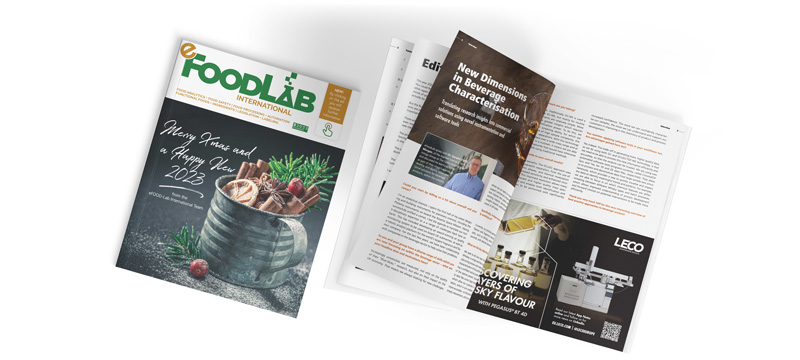
eFoodLab Article | New Dimensions in Beverage Characterisation
In this issue, eFoodLab published an interview with Dr. Geraint (Taff) Morgan of the Applied Science & Technology Group at The Open University, UK, who discussed his team's activities as part of their impact agenda to develop and deploy novel analytical solutions for beverage products within the industry.
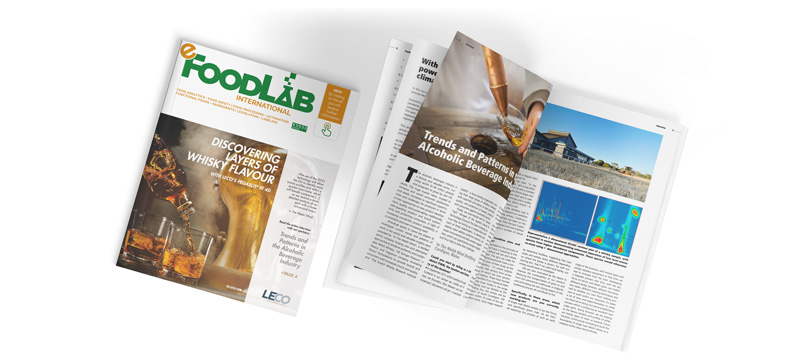
eFoodLab Article | Trends and Patterns in the Alcoholic Beverage Industry
eFoodLab spoke to some key players to investigate current trends and patterns of work in the sector and valuable insights were provided by "In The Welsh Wind", a distilled spirits company forging new and alternative approaches to produce authentic and sustainable Welsh Whiskey, "He Stringer Flavours", a flavour and fragrance company innovating flavour formulations to provide brands and consumers with increased choice and quality.
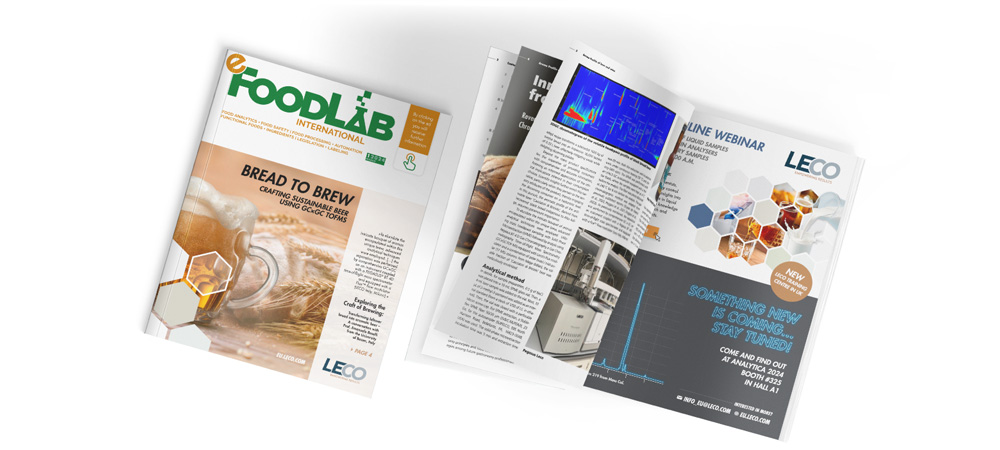
eFoodLab Article | Innovative Beer crafted from unsold bread
eFoodLab is talking about 'Cacciatori di Briciole' beer, exploring its aromatic intricacies through advanced gas chromatography techniques, a testament to sustainable brewing innovation.
Autres gammes d'instruments
Parcourez notre gamme de produits analytiques scientifiques pour l’analyse sensorielle, des arômes et des parfums afin de trouver l’instrument approprié à vos besoins spécifiques.
Le QuadJet™ SD de LECO est la solution idéale pour les échantillons qui arrivent dans votre laboratoire. En combinant la sensibilité du détecteur à ionisation de flamme (FID) avec la résolution chromatographique accrue de la chromatographie en phase gazeuse bidimensionnelle intégrale (CGxCG), le QuadJet SD fournit une meilleure analyse des composés présents dans votre échantillon qu’une analyse GC simple. Aucun autre système disponible sur le marché ne peut offrir la même réduction de bruit et d’erreur que le QuadJet SD.
Disponible exclusivement auprès de LECO, notre échantillonneur automatique L-PAL3 offre une capacité accrue de flacons, des injections GC sans discrimination (injections ultrarapides), un outil d’échange automatique de tête d'injecteur pour basculer entre les types d’injection (liquide, headspace ou micro-extraction en phase solide (SPME)) et la détection du fond des flacons pour éviter les injections incorrectes.
La façon la plus simple d'intégrer la GCxGC dans vos analyses quotidiennes
Simply GCxGC de LECO est un outil gratuit conçu pour vous guider tout au long du développement d’une méthode GCxGC optimisée pour vos échantillons complexes. Créez une méthode GCxGC à partir de zéro ou convertissez une méthode 1D existante en GCxGC.
Modulateur de flux GC×GC
Notre modulateur de flux FLUX GCxGC a été conçu avec un seul objectif en tête : rendre la GCxGC plus routinière, accessible et plus facile pour vous.
La modulation thermique offre les performances les plus élevées parmi tous les modulateurs disponibles pour GCxGC. D’autres types de modulateurs thermiques ou à base de vannes ne sont pas à hauteur de la robustesse, fiabilité et des performances du modulateur GCxGC de LECO.
Source d’ionisation pour la spectrométrie de masse par chromatographie en phase gazeuse
L’innovation du Multi-Mode Source™ (MMS™) profite de tous les avantages des trois modes d’ionisation les plus courants - ionisation électronique (EI), ionisation chimique positive (PCI) et ionisation chimique négative (NCI/ECNI) - et les combine en une seule source facile à utiliser. Plus de changement de matériel, plus de problèmes d’alignement :
avec le MMS, changer les modes d’ionisation est aussi simple que d'appuyer sur sur un bouton.
Développé exclusivement par LECO, ChromaTOF® est spécialement conçu pour répondre aux besoins des professionnels de laboratoire d’aujourd’hui en traitant et en analysant les grandes quantités de données acquises avec nos instruments à temps de vol.
Développé exclusivement par LECO, ChromaTOF® est spécialement conçu pour répondre aux besoins des professionnels de laboratoire d’aujourd’hui en traitant et en analysant les grandes quantités de données acquises avec nos instruments à temps de vol.
Apportez de la précision en masse et de une meilleure fiabilité pour l'identification de vos composés
Le système de confirmation des identifications (IGS) de LECO facilite le traitement des données en permettant aux utilisateurs de voir, de justifier et de rapporter rapidement les composés présents dans un échantillon, tout en ayant confiance dans le résultat.
Let LECO help you find the right instruments for your needs.
Si vous souhaitez en savoir plus sur nos produits et solutions pour l’analyse des arômes, réservez un billet gratuit pour notre salon virtuel ou programmez une démonstration en ligne pour avoir un aperçu plus précis de nos instruments.
Solutions LECO pour l'analyse des arômes
Trouver les sources des défauts d’arôme est plus facile que jamais avec la technologie LECO GC-MS. Quantifiez et ciblez des échantillons en une seule injection à l’aide de la spectrométrie de masse à temps de vol de chromatographie en phase gazeuse bidimensionnelle LECO (CG×CG TOFMS).
Caractérisez les parfums naturels, matricez et décryptez les huiles essentielles complexes. Identifiez les arômes parasites et atypiques pour améliorer la qualité et la rentabilité. Consultez des exemples spécifiques avec nos notes d'application et nos webinaires pour savoir comment la technologie GC et GC×GC de LECO peut dynamiser votre laboratoire, ou obtenir des informations détaillées sur les instruments de LECO pour l'analyse sensorielle, des arômes et des parfums.
Dans ce qui suit, vous allez trouver un recueil de contenus selon l’analyse des arômes. Pour certains contenus, nous vous prions de bien vouloir envoyer notre formulaire. Après l’avoir rempli une fois, vous aurez accès à tous les fichiers.
Product portfolio
PEGASUS® BT GC-TOFMS and PEGASUS® BT 4D GC×GC-TOFMS
La fiabilité et la durabilité éprouvées de notre marque Pegasus dans une unité de paillasse pratique vous offrent plus de disponibilité, des données chimiques améliorées et une augmentation de la productivité et de l’efficacité globales.

Événements récents/Présentations à la demande
► « Webinaire sur les solutions de flux de travail améliorées pour GC-MS »
Découvrez comment des solutions instrumentales et logicielles de pointe s’associent pour améliorer vos applications de chromatographie en phase gazeuse unie et bidimensionnelle (GC-MS et GC×GC-MS).
Cliquez ici pour regarder la vidéo.
► « Le 1er Atelier œnologique de LECO en Europe »
Regardez les différentes présentations d’experts sur le GC-TOF-MS / GC×GC-TOF-MS pour les analyses de vins et découvrez comment le GC-MS peut améliorer votre analyse quotidienne.
Complétez notre formulaire pour accéder à la vidéo.
► « Défis et solutions dans le profilage des arômes (MDCW 2022) »
Vous avez manqué le webinaire de LECO lors du MDCW 2022 ?
Présentation de Lena M. Dubois sur les solutions aux défis rencontrés dans ..
Complétez notre formulaire pour accéder à la vidéo.
► « Vers des aliments végétariens encore plus savoureux »
Hans-Gerd Janssen (Unilever) et Ed Rosing (Université de Wageningen) discutent de l’interprétation non ciblée des données GC×GC-MS pour l’avancement…
Complétez notre formulaire pour accéder à la vidéo.
► « Comprendre les saveurs et les odeurs désagréables des aliments »
L'utilisation de la chromatographie en phase gazeuse-olfactométrie (GC-O) peut aider à identifier les composés odorants actifs dans les mélanges complexes. Mais que se passe-t-il si la GC-O …
Complétez notre formulaire pour accéder à la vidéo.
► « Analyses d'ingrédients aromatiques par GCMS »
Marlene Moskowitz, PhD, chimiste analytique chez McCormick, explique comment leurs laboratoires tirent parti de la chromatographie en phase gazeuse …
Complétez notre formulaire pour accéder à la vidéo.
Bibliothèque et publications sur l'analyse des arômes
Learn more about our solutions for aroma analysis and read our Application Notes. In the following, you are going to find a content compendium. We kindly ask you to submit our form. Afterwards you‘ll get access to all the files.
Application Notes
PEGASUS® BT GC-TOFMS
Please complete the form to get access to all App Notes.
- Pairing Olfactory Detection with GC-MS to Clarify Identification of Isomers
- Characterization and Comparison of Whiskey Aroma Profiles with GC-TOFMS and Sync
- Differentiation of Baijiu Spirits
- Analysis of Citrus Essential Oils
- Comparison of Traditional Chardonnay and Buttery Chardonnay
- Sensitive Analysis of Tea Tree Essential Oil
- Brewery Process Monitoring
- Essential Oil Characterization
- Profil d’arôme chimique de la barre de chocolat noir
- Track Aging of an American IPA Beer at Different Storage Temperatures
- Monitoring of Furan Derivates and Key Aroma Species Simultaneously in Coffee and Coffee Substitutes
Application Notes
PEGASUS® BT 4D GC×GC-TOFMS
Please complete the form to get access to all App Notes.
- Statistical Differentiation of Baijiu Spirits Using SPME-GC×GC-TOFMS and ChromaTOF® Tile Software
- Workflow for the Assessment of Key Aroma Compounds of Pumpernickel Bread Variations
- Comprehensive Evaluation of Scotch Whisky Aroma Profiles Using SPME-GC×GC-TOFMS
- Pesto Aroma Profile SPME
- Pesto ChromaTOF Tile SPME
- Frankincense and Myrrh: Visual Characterization and Comparison of Essential Oils
- Caractérisation de l’huile essentielle de citronnelle
- Caractérisation et différenciation des niveaux de torréfaction du café
- Discrimination de profils d’arôme du miel
- Improved Characterization and Differentiation of Perfume Samples
- Differentiating Original-Brand and Imitation Perfumes with GCxGC-TOFMS and ChromaTOF Tile

eFoodLab Article | New Dimensions in Beverage Characterisation
In this issue, eFoodLab published an interview with Dr. Geraint (Taff) Morgan of the Applied Science & Technology Group at The Open University, UK, who discussed his team's activities as part of their impact agenda to develop and deploy novel analytical solutions for beverage products within the industry.

eFoodLab Article | Trends and Patterns in the Alcoholic Beverage Industry
eFoodLab spoke to some key players to investigate current trends and patterns of work in the sector and valuable insights were provided by "In The Welsh Wind", a distilled spirits company forging new and alternative approaches to produce authentic and sustainable Welsh Whiskey, "He Stringer Flavours", a flavour and fragrance company innovating flavour formulations to provide brands and consumers with increased choice and quality.

eFoodLab Article | Innovative Beer crafted from unsold bread
eFoodLab is talking about 'Cacciatori di Briciole' beer, exploring its aromatic intricacies through advanced gas chromatography techniques, a testament to sustainable brewing innovation.
Autres gammes d'instruments
Parcourez notre gamme de produits analytiques scientifiques pour l’analyse sensorielle, des arômes et des parfums afin de trouver l’instrument approprié à vos besoins spécifiques.
Le QuadJet™ SD de LECO est la solution idéale pour les échantillons qui arrivent dans votre laboratoire. En combinant la sensibilité du détecteur à ionisation de flamme (FID) avec la résolution chromatographique accrue de la chromatographie en phase gazeuse bidimensionnelle intégrale (CGxCG), le QuadJet SD fournit une meilleure analyse des composés présents dans votre échantillon qu’une analyse GC simple. Aucun autre système disponible sur le marché ne peut offrir la même réduction de bruit et d’erreur que le QuadJet SD.
Disponible exclusivement auprès de LECO, notre échantillonneur automatique L-PAL3 offre une capacité accrue de flacons, des injections GC sans discrimination (injections ultrarapides), un outil d’échange automatique de tête d'injecteur pour basculer entre les types d’injection (liquide, headspace ou micro-extraction en phase solide (SPME)) et la détection du fond des flacons pour éviter les injections incorrectes.
La façon la plus simple d'intégrer la GCxGC dans vos analyses quotidiennes
Simply GCxGC de LECO est un outil gratuit conçu pour vous guider tout au long du développement d’une méthode GCxGC optimisée pour vos échantillons complexes. Créez une méthode GCxGC à partir de zéro ou convertissez une méthode 1D existante en GCxGC.
Modulateur de flux GC×GC
Notre modulateur de flux FLUX GCxGC a été conçu avec un seul objectif en tête : rendre la GCxGC plus routinière, accessible et plus facile pour vous.
La modulation thermique offre les performances les plus élevées parmi tous les modulateurs disponibles pour GCxGC. D’autres types de modulateurs thermiques ou à base de vannes ne sont pas à hauteur de la robustesse, fiabilité et des performances du modulateur GCxGC de LECO.
Source d’ionisation pour la spectrométrie de masse par chromatographie en phase gazeuse
L’innovation du Multi-Mode Source™ (MMS™) profite de tous les avantages des trois modes d’ionisation les plus courants - ionisation électronique (EI), ionisation chimique positive (PCI) et ionisation chimique négative (NCI/ECNI) - et les combine en une seule source facile à utiliser. Plus de changement de matériel, plus de problèmes d’alignement :
avec le MMS, changer les modes d’ionisation est aussi simple que d'appuyer sur sur un bouton.
Développé exclusivement par LECO, ChromaTOF® est spécialement conçu pour répondre aux besoins des professionnels de laboratoire d’aujourd’hui en traitant et en analysant les grandes quantités de données acquises avec nos instruments à temps de vol.
Développé exclusivement par LECO, ChromaTOF® est spécialement conçu pour répondre aux besoins des professionnels de laboratoire d’aujourd’hui en traitant et en analysant les grandes quantités de données acquises avec nos instruments à temps de vol.
Apportez de la précision en masse et de une meilleure fiabilité pour l'identification de vos composés
Le système de confirmation des identifications (IGS) de LECO facilite le traitement des données en permettant aux utilisateurs de voir, de justifier et de rapporter rapidement les composés présents dans un échantillon, tout en ayant confiance dans le résultat.
Let LECO help you find the right instruments for your needs.
Si vous souhaitez en savoir plus sur nos produits et solutions pour l’analyse des arômes, réservez un billet gratuit pour notre salon virtuel ou programmez une démonstration en ligne pour avoir un aperçu plus précis de nos instruments.
"I have used the LECO BT4D for the separation, identification, and quantification of anabolic steroids.
The advantages of the GC×GC system to separate stereoisomers in a complex matrix means time can be saved from doing complex sample preparation and extraction procedures. The ability to separate and quantify low levels of target analytes from high levels of matrix interferences has been key to my work. With LECO’s user-friendly ChromaTOF software, expert application scientists, and fantastic technical service team, LECO is a reliable and trusted research partner."
Mit 85 Jahren Erfahrung in der Labortechnik wissen wir inzwischen ziemlich gut, dass es nicht nur darauf ankommt, hochwertige, spezialisierte Technik anzubieten, sondern ebenso zuverlässige Lösungen, wenn es um individuelle Anforderungen wie Service, Wartung, Support und Know-How geht.
Lernen Sie unseren professionellen LECO Kundenservice kennen! Wir bieten Ihnen ein breites Leistungsportfolio und helfen Ihnen dabei, die Produktivität und Effizienz Ihres Labors zu steigern.
Überzeugen Sie sich selbst - was können wir für Sie tun?
Solutions LECO pour l'analyse des MOSH/MOAH
Quelles que soient les contraintes liées à votre flux de travail de préparation d’échantillons, exploitez toute la puissance de la technologie GCxGC et TOF de LECO pour résoudre les défis complexes de l’analyse MOSH et MOAH.
Solutions LECO pour l’analyse de l’énergie et des carburants
L’expansion, la conservation et la prolongation de nos ressources énergétiques limitées signifient que les entreprises devront être en mesure d’analyser de nouvelles sources ainsi que de valider la qualité des approvisionnements existants. Les instruments LECO permettent aux entreprises énergétiques de se conformer aux réglementations environnementales de plus en plus strictes.
Bien que LECO continue d’être un chef de file en matière d’essais carbone/soufre du charbon et du coke, elle a depuis élargi son champ d’action aux biocarburants, à la biomasse, aux additifs pour huiles, et au carburéacteur. Au fur et à mesure que ces ressources deviennent plus précieuses, la technologie LECO est là pour valider leur potentiel et leur qualité, tout en vous aidant à respecter les réglementations gouvernementales.
Product portfolio
Tap into the power of cutting-edge technology. Our instruments excel in characterizing even the most intricate mixtures, enabling precise determination and ultimate analysis. Gain invaluable insights for e. g. calculating material/energy balances, optimizing efficiencies, and assessing emissions potentials. Experience the pinnacle of accuracy and efficiency in energy and fuels analysis with our advanced solutions.
Parcourez notre gamme de produits analytiques scientifiques pour l’analyse de l’énergie et des carburants afin de trouver l’instrument approprié à vos besoins spécifiques.

Soufre et Carbone SC832
La série 832 de déterminateurs élémentaires de LECO est spécialement conçue pour effectuer l’analyse du carbone et du soufre du charbon, du coke, des lubrifiants, des mazouts et de beaucoup d’autres matériaux, organiques et inorganiques pour certains. La série 832 est une ressource précieuse pour tout laboratoire nécessitant une analyse rapide et précise des combustibles solides.
CHN828 Analyse élémentaire carbone/hydrogène/azote
La série CHN828 permet d’obtenir des résultats rapides dans les matrices organiques allant des aliments aux carburants. Le système de four à deux étages fonctionne à des températures allant jusqu’à 1 050 °C avec un environnement d’oxygène exclusif assurant la combustion complète de tous les échantillons organiques, sans nécessiter de réactifs oxydants métalliques supplémentaires ou d’autres gaz porteurs. La capacité de masse de macro-échantillons associée à des temps de cycle allant jusqu’à 4 minutes fait du CHN828 l’instrument idéal pour une base d’applications diverses, tout en offrant un débit inégalé.
TGA8O1 Humidité/Cendres/Matières volatiles
Le TGA801 est votre solution complète pour une analyse macro-thermogravimétrique rapide et robuste des constituants. Déterminez la perte de poids en tant qu’humidité totale, cendres, teneur en matières volatiles ou perte au feu dans divers matériaux organiques, inorganiques et synthétiques. Le TGA801 est parfait pour une variété d’industries et d’applications - y compris les aliments pour animaux, les produits de broyage, les aliments, les catalyseurs, le charbon/coke et le ciment.
AC600 Calorimètre semi-automatique
L’AC600 est un calorimètre Isoperibol qui fournit des résultats calorifiques rapides et précis pour divers matériaux organiques tels que le charbon, le coke, les fiouls et les déchets. Sa conception unique combine une technologie matérielle et logicielle de pointe avec des fonctionnalités d’automatisation et ergonomiques pour améliorer les performances et le débit de l’instrument.
PEGASUS® BT GC-TOFMS
La fiabilité et la durabilité éprouvées de notre marque Pegasus dans une unité de paillasse pratique vous offrent plus de disponibilité, des données chimiques améliorées et une augmentation de la productivité et de l’efficacité globales.
PEGASUS® BT 4D GCxGC-TOFMS
La fiabilité et la durabilité éprouvées de notre marque Pegasus dans une unité de paillasse pratique vous offrent plus de disponibilité, des données chimiques améliorées et une augmentation de la productivité et de l’efficacité globales.
QuadJet™ SD
Le QuadJet™ SD de LECO est la solution idéale pour les échantillons qui arrivent dans votre laboratoire. En combinant la sensibilité du détecteur à ionisation de flamme (FID) avec la résolution chromatographique accrue de la chromatographie en phase gazeuse bidimensionnelle intégrale (CGxCG), le QuadJet SD fournit une meilleure analyse des composés présents dans votre échantillon qu’une analyse GC simple. Aucun autre système disponible sur le marché ne peut offrir la même réduction de bruit et d’erreur que le QuadJet SD.
Pegasus® GC-HRT+ (TOFMS haute résolution)
La technologie de spectromètre de masse à temps de vol (TOFMS) haute résolution offre des capacités MS hautes performances, notamment la vitesse d’acquisition, la précision de la masse, l’abondance isotopique relative précise, la résolution de la masse et la plage dynamique, toutes disponibles simultanément. Conçu pour le laboratoire de R&D pour plonger profondément dans les échantillons de produits pétrochimiques et résoudre des matrices complexes.
PEGASUS® GC-HRT+ 4D
Le Pegasus GC-HRT+ 4D de LECO offre aux utilisateurs la capacité sans précédent d’étudier les échantillons de pétrole les plus complexes et d’identifier les analytes inconnus. Trouvez plus d’analytes que jamais grâce à la déconvolution haute résolution® (HRD®) et à la chromatographie GC × GC complète.
Energy & Fuels Publication Library
Explore the depths of energy and fuels analysis with LECO. Dive into our informative eBook and discover a wealth of Application Notes covering mass spectrometry, thermal analysis, and elemental analysis in the field of energy and fuels. Gain valuable insights by filling out our form to access and download the eBook today.
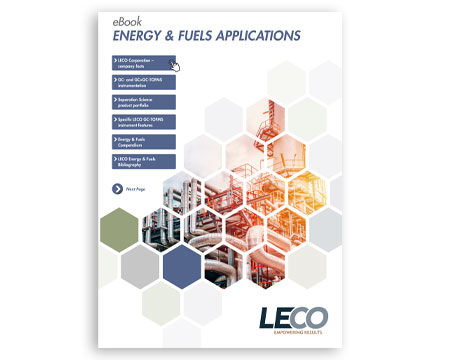
eBook Applications énergie et carburants
Livre électronique interactif pour les applications d’énergie et de carburants
par LECO Europe B.V.
Please complete our form to download the eBook ...
Brochure LECO Solutions for Energy & Fuels Analysis"
LECO Brochure in A4 format for the “Energy & Fuels” market
par LECO Europe B.V.
Please download the Brochure ...
If you want to learn more about our products and solutions for energy & fuels analysis, book a free ticket to our Virtual Trade Show, or schedule an online demo for a deeper insight in our instruments.
Les microplastiques sont omniprésents partout dans le monde, de la neige arctique à la glace antarctique et partout entre les deux. Des milliers de milliards de particules de microplastiques flottent à la surface des eaux, et tout le monde, des nourrissons aux adultes, ingérerait des dizaines à des dizaines de milliers de ces particules chaque jour.
Le premier spectromètre de masse à temps de vol (TOF) a été proposé en 1946, et sa conception a été affinée et réitérée depuis.
Avec une plage de masse illimitée visible dans chaque spectre et une vitesse de génération spectrale élevée, les avantages de la spectrométrie de masse TOF étaient évidents. Bien que les instruments se soient améliorés, ils ont finalement atteint des limitations physiques qui réduisaient le pouvoir de résolution. Il fallait aller plus loin.
All the tricks of the trade won't be enough if your instruments can't handle the speed. LECO's Pegasus® line is designed to take full advantage of the speed of TOFMS analyses without sacrificing the sensitivity you need, and our StayClean® Ion Source means you never have to slow down to clean out your engine.
Aberystwyth University
"We originally expected to purchase a quadrupole instrument so buying a TOF was a little unexpected but definitely worth it as the data is far richer than what a quadrupole would have supplied. In the three years we have had the instrument running metabolomic matrixes the source has never been cleaned and the data is still superb and consistent. We love our Pegasus BT, it does a fab job of running my FAME samples including milk, yogurt, kefir, biltong and bacteria."
CNAP | University of York
"Our metabolomics research has utilised a LECO Pegasus 4D for over 15 years. Total downtime has probably been less than 20 days for the entire 15 years. When we do have a problem or even a question about using the instrument, LECO are very swift to respond, resolve the issue and offer support and assistance usually within a day of contacting them, and quite often on the same day. The source has never been cleaned or replaced, and we still have the same detector from the original installation. Multiple papers have been produced using data produced from our LECO and I can honestly say it’s been a great asset to our team at York University."
University of Southampton
"In 2019 EPSRC funded our vision for a regional Centre of Excellence (CoE) in 2 dimensional gas chromatography and mass spectrometry. This Regional CoE, initially embracing the Universities of Bath, Portsmouth, Southampton, and Swansea, will significantly drive discovery, characterisation and quantification of new modalities, delivering a step change in capability for detection and identification of new species that cannot be separated and determined by 1D GC alone.
LECO’s Pegasus HRT 4D GC×GC-TOFMS and the benchtop BT4D GC×GC-TOFMS, both with extensive automated sample handling capability were delivered in late 2019 and early 2020. Installation of these state-of-the-art instruments was complicated by Covid-19 and lockdown 1.0. With such complex instrumentation, and application areas, effective training was key; here LECO took the initiative and provided both bespoke local and on-demand online training.
The level of service support and close collaborative relationship with LECO (applications team and account manager) has been first rate. Both systems can now be operated remotely, enabling high level users from across the South West region to access the instrumentation and allow many complex questions to be probed. Our work covers a vast array of application, e.g. petrochemical, environmental and metabolomics. The data sets are rich and complex, yet simplified by a user friendly software interface. Compared to 1D-GC, the 4D systems provide an astonishing number of additional analyte identifications, giving us deeper insight and understanding of the samples. Combining LECO’s high resolution mass spectrometry with comprehensive gas chromatography, multiple sample handling options such as SPME, Pyrolysis and TD along with full automation has created a world class laboratory of which we are all very proud."
Les présentations suivantes sont disponibles :
Présentation de LECO à l’EURO Fed Lipid 2021
Réalisée en anglais
- « 18th Euro Fed Lipid Congress and Expo, 21 octobre 2021 »
Les fondamentaux sur l'analyse compréhensive des MOSH/MOAH
Réalisée en anglais
- « Principes de base du couplage LC-CG » par Dr Andreas Bruchmann | Axel Semrau GmbH & Co KG
- « Principes et instrumentation de GCxGC et TOF-MS » du Pr. Dr. Ir. Hans-Gerd Janssen | Université de Wageningen & Unilever
- « LC–GC×GC–ToF-MS/FID: A Powerful Platform for MOSH&MOAH Determination (LC–GC×GC–ToF-MS/Détecteur à ionisation de flamme (FID) : une plateforme puissante pour la détermination des teneurs en MOSH et en MOAH) » par la professeure Giorgia Purcaro | Université de Liège
Langue espagnole
- « Cromatografía Bidimensional Exhaustiva acoplada a Espectrometría de Masas de Tiempo de Vuelo: Características y viabilidad para el control y análisis alimentario » de Lourdes Ramos | CSIC-IQOG
- « Contamination MOSH / MOAH. Verificación mediante GC×GC-TOF-MS" de Silvia Losa | SGS Berlin
Nos dernières présentations sur l'analyse des MOSH/MOAH sont disponibles à la demande. Avec ces fondamentaux vous apprendrez tous les tenants et les aboutissants de la LC-GC couplée à la GCxGC et au spectromètre de masse à Temps de Vol pour l'analyse des MOSH/MOAH dans les produits alimentaires.
Solutions LECO pour l'analyse des MOSH/MOAH
Quelles que soient les contraintes liées à votre flux de travail de préparation d’échantillons, exploitez toute la puissance de la technologie GCxGC et TOF de LECO pour résoudre les défis complexes de l’analyse MOSH et MOAH.

With these fundamentals you will learn all the ins and outs on the LC–GC coupling, GC×GC and Time-of-Flight MS to able to determine MOSH and MOAH in food products. Please register for our presentations.
The Multidimensional Chromatography Workshop draws experts in this exciting field to share and discuss their research. The informal workshop also provides an excellent opportunity for those interested in multidimensional chromatography to learn more about this unique analytical technique. Research topics include advancements in multidimensional chromatography technology and applications of this highly selective chromatographic approach.

The past year with the rise of Covid-19 around the Earth has been a challenge to all of us. See how our European subsidiaries dealt with the pandemic around Europe and how our customer support and other services adapted to these new situations in the different countries. Click on the countries to see our personal experiences!
If you need any further information about how LECO operates during the Corona pandemic or to schedule your personal appointment with us, click on the contact button.
The start of the years begins with the usual enthusiasm, targets set, goals to achieve and strategy to achieve them. I remember being in Dusseldorf for a managers meeting on March the 3rd. Life was still normal, and the word ’lockdown’ was only ever heard on a Friday when my children were watching Wrestling. We were able to travel, visit restaurants and have a beer without the constraints of the facemasks, social distancing and track and trace apps. Life was normal. Within a month the world changed – lockdowns, stay-at-home, work from home, stay safe.
As the LECO customers adapted to this new way of life due to COVID, so did we. Our sales force worked from home and like never before used this relatively unheard-of platform called Microsoft TEAMS to interact with customers.
“I hear the chimes of ‘TEAMS’
calling me in my sleep now.”
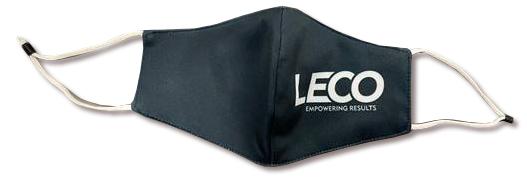
Our service team continued to work throughout the pandemic with the new additions to their LECO uniform. LECO face masks and gloves. And of course, let’s not forget the bottles of hand sanitiser. As well as remote selling was used, remote service support came to the forefront. Both sales and service teams adapted to continue the high level of support that has become a custom with LECO.
LECO UK has been able to adapt and continued to support our customers while keeping ourselves and customers safe. Let hope moving into 2021 we can get back to some sort of previous normality. The vaccines are coming and there is a glimmer of light at the end of the tunnel but for the moment we continue with the slogan of Hands – Face – Space.
Michael Reaney, UK Sales Director, LECO Instruments UK Ltd.
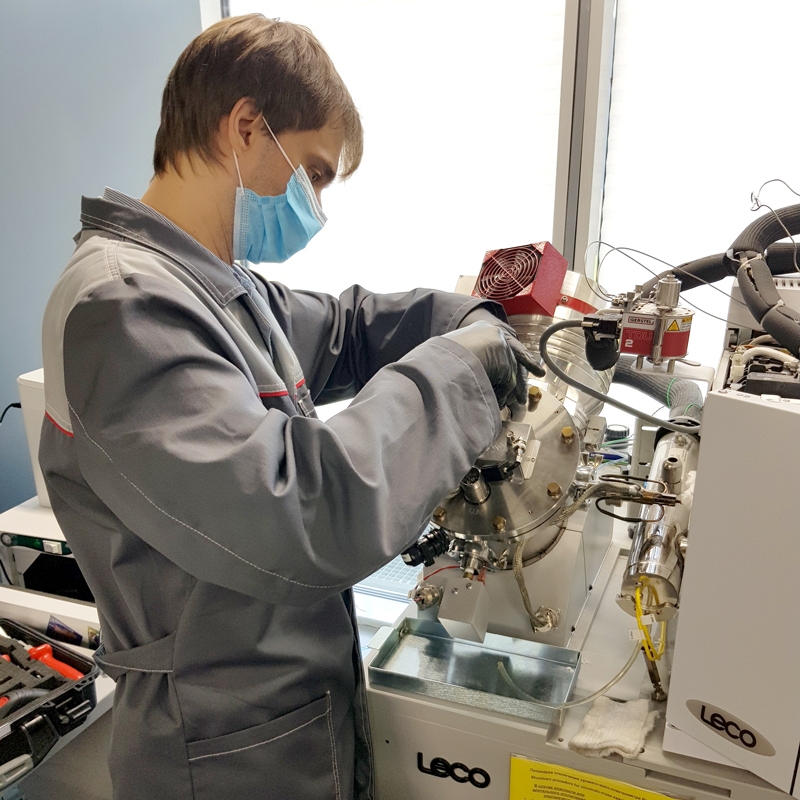
The first picture shows our engineer Yuri Laptev during a Pegasus 4D service visit to Skolkovo Institute of Science and Technology.
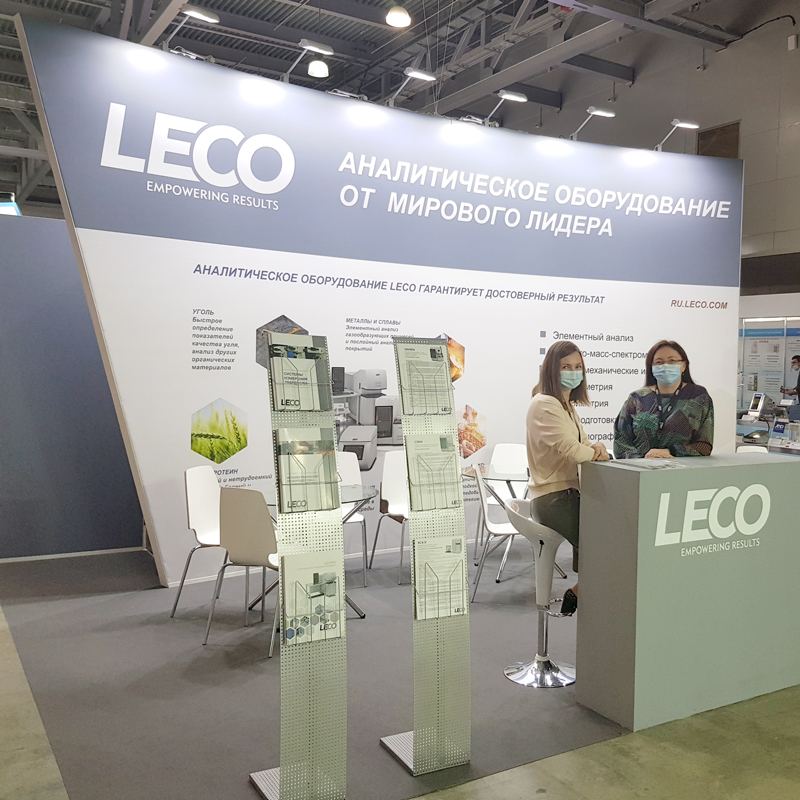
The second one was taken at the Analytika exhibition in Moscow last year.
Gulnara Shaidullina, Ph.D., Separation Science Sales Engineer, LECO Russia and CIS
It has for sure been a challenge even though Sweden have had less restrictions. When crossing borders to Norway, Denmark and Finland our service technicians have sometimes had to take Covid-19 tests before. We have been fortunate, no one in our team have been infected as we know of. We haven’t even been to Iceland since the start of the pandemic. Our service technicians try to go by their own cars to customers, which have meant drives up to 14 hours single way.
On the sales side it has of course been a challenge in other ways. But with ‘Teams’, online demos and Virtual Trade show our sales team have connected with our customers in the best way possible. We only attended one real trade show since the start of the pandemic – LabDays in Copenhagen – but the attendance was of course quite thin…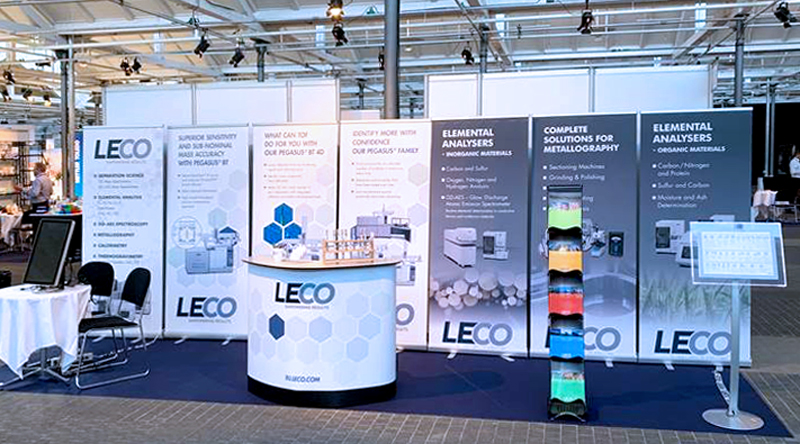
Lennart Schwartz, Ph.D, Sales Director Nordic Region, LECO Nordic AB
Since 14th of March of 2020, and the declaration of State of alarm in Spain, Leco Instrumentos started to work in a new different way, adapting to the new scenario of pandemic. All the employees completed a training course regarding the new risk at work and the personal protective equipment for COVID-19:
- We all learnt about the use of face masks and the way to wash our hands
- Some employees customised their masks… thanks to their mother’s support!
- Remote working was the only option in most of cases.
- Virtual meetings have come to stay.
- The service team has been active since the first day, working in safe conditions.

So far, everything was normal… But LECO Spain had to face a new challenge – to move to a new office. It was a hard task cleaning the old facilities and open boxes – a lot of boxes. And in times of COVID we had to consider to organise small groups at the office working together. Minimising risks was a priority despite of the fact that we needed to be operative in the new facility in a short time. The collaboration of the Tres Cantos-based employees was essential.
But the result made the effort worthwhile! And the Spanish LECO team is ready for 2021!
Leticia García, Commercial Director, Spain & Portugal
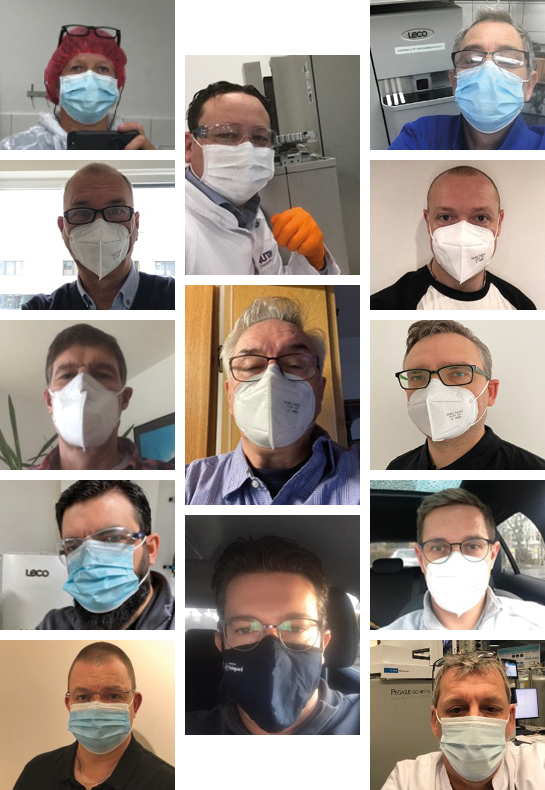
From the perspective of the German Service Centre, a Corona routine has emerged throughout the past months. Customer demands increased - ever so often our service engineers are only allowed to enter labs after presenting a negative Corona test result. Of course, this requires special logistics in scheduling. In addition, there are different Corona rules the federal states of Germany and abroad, which makes planning much more difficult. But our colleagues adapt, as the pictures show, and as our colleague Manuel Lindemann describes below.
"When the pandemic really took off from March / April 2020, I first noticed a lot of uncertainty among both myself and the customers. There were many questions: What is Corona? What happens if I fall ill? How will this affect my work? Will the customers still let me enter their lab? How will LECO react? Now, almost a year later, there are still some questions left to be answered, but as humans we adapt and get used to the new circumstances – positive and negative.
in the beginning of the pandemic, I remember waiting for hours in 100m-long queues between lorry drivers and other visitors at a company and having to wait for the gatekeeper to let me pass. And there were customers who had their "special" views. From "Corona doesn't exist” to “You don't need the mask here" and "We have an internal lockdown, you can't get in" – it was all there.
After one year many questions remain unanswered, but some questions have already become obsolete. What remained as well, unfortunately, are the waiting times at customers‘ sites. Simply walking in and working on a unit is no longer possible. "Where are you from? Have you had contact with infected people? What does your Corona Warn app say? Do you have any symptoms?” ...And so on. What I've also noticed is that social interaction often gets left behind these days unfortunately – be it a casual conversation or just a gesture that disappears behind the mask. But, hopefully that is to come back soon.
But LECO protect their employees very well and always has an open ear for questions – a solution will be found together. All in all, I think we have organised ourselves very well and will probably make it through the rest of the pandemic."
Manuel Lindemann & Thomas Post, LECO Instrumente GmbH Deutschland
After a beginning of year full of prospects and projects, the arrival of Covid-19 took us by surprise. Italy was the first European nation to be massively attacked by the virus, the first cases recorded were in the north of the country, particularly in Lombardy, the region where the headquarters of the LECO branch in Italy are located.
To counter the spread of the virus, the entire country was placed in the "red zone" and operations were greatly reduced to adapt to the new situation.
- The symposium of world interest on the GC×GC in Riva del Garda, as well as other local events, albeit no less important, have been cancelled
- We did our meetings online
- The office staff worked in smart working
- The technical staff continued to follow their customers both remotely via the telephone and with remote interventions, and in person with the help of masks, gloves, overalls and protective goggles.
The pandemic has led us to cover our faces with masks, but it has not managed to extinguish our enthusiasm and we hope that 2021, together with the vaccine, gives us the opportunity to resume showing our smiles.
Rita M. Monfredini, LECO Italy S.R.L.
We’re dealing with the pandemic problem in a similar way, like the rest of the world:
- Using, masks and gloves
- Struggling with scheduling sales visits
- Mostly using ‘Teams’ and mobile phones to contact with each other and with customers…
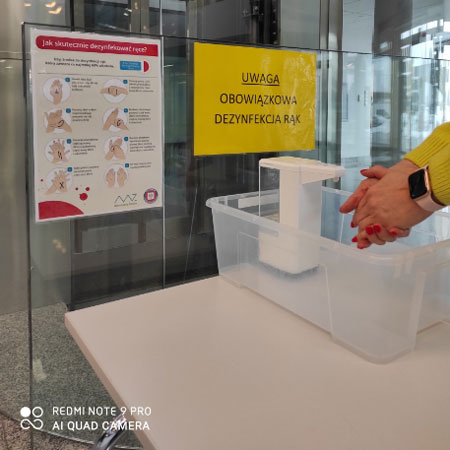

Tomasz Stójkowski, Sales Director LECO Poland & Baltics
Europe
Online Demo Service at European Application & Technology Center Berlin
Since February 2020 we provide an Online Demo Service at our European Application & Technology Center in Berlin, giving customers an insight into our LECO products and laboratory processes conveniently from their desks and without the need to travel. For our Online Demo Service, a good preparation is required to meet our's and our customers’ high standards.
Preparation
- The sales enigneer requests instrument, possible date, and time at the EATC
- After feedback, the date and time is clarified with the customer
- After completion of our internal Event Request Form to collect all needed information about the customer, instrument, date and time the EATC blocks the date for the customer
- The team at EATC provides an online meeting link accordingly and invites the sales engineer to this meeting
- The sales engineer then provides the invitation with this link to their customer and if needed other colleagues who will participate.
Demo Day
- Customer and sales engineer login to the online meeting which will be started by the EATC team.
- The camera at EATC is usually placed in front of the desired instrument, when the meeting starts.
- The sales engineer starts with an introduction of themselves and the EATC team in local language.
- This is followed by some introductory words to outline the demo – also in local language
- The EATC team can do measurements of standards, explain the analysis, and point and zoom the camera wherever needed to get the best possible instrument and software overview.
- It is also possible to measure customer samples, if they are provided some days in advance to the online demo.

Get in touch with us to arrange an individual online appointment for you!
Visit our LECO Virtual Trade Show
Due to the Corona pandemic, numerous trade shows and events are being cancelled or postponed where we would have liked to welcome or customers as a guest. To give you the opportunity to stay in touch with LECO, we have organised our LECO Virtual Trade Show. Our specialists invite you to get to know our solutions for various application fields and markets in a personal meeting.
Visit our registration website and book your free ticket today. Your local sales partner will schedule a meeting and guide you through our exhibition and introduce you to our solutions for your lab.
GET YOUR FREE TICKET

C'est à nouveau cette période de l'année, où les chansons de Noël sont diffusées 24h / 24 et 7j / 7 à la radio et les gens se demandent ce que sont exactement l'encens et la myrrhe, et en quoi ils font de beaux cadeaux. LECO a injecté ces deux huiles dans un Pegasus BT 4D pour voir la différence.
L'encens d'oliban (de l'arbre du boswellia) et la myrrhe (de l'arbre de la commiphora) sont tous deux des résines couramment utilisées comme parfums et encens depuis des milliers d'années. Les huiles essentielles extraites de ces résines peuvent être analysées par chromatographie en phase gazeuse, ce que les scientifiques de LECO ont fait.
En étendant l'analyse à une deuxième dimension à l'aide de l'analyse GC × GC du Pegasus BT 4D, encore plus d'informations peuvent être tirées des échantillons extraits de ces substances. L'analyse GC × GC produit également des chromatogrammes structurés dans lesquels des analytes chimiquement similaires ont tendance à éluer en bandes ordonnées à travers l'espace de séparation GC × GC. Cela fournit un contexte pour l'identification et permet une caractérisation visuelle rapide des classes de composés.
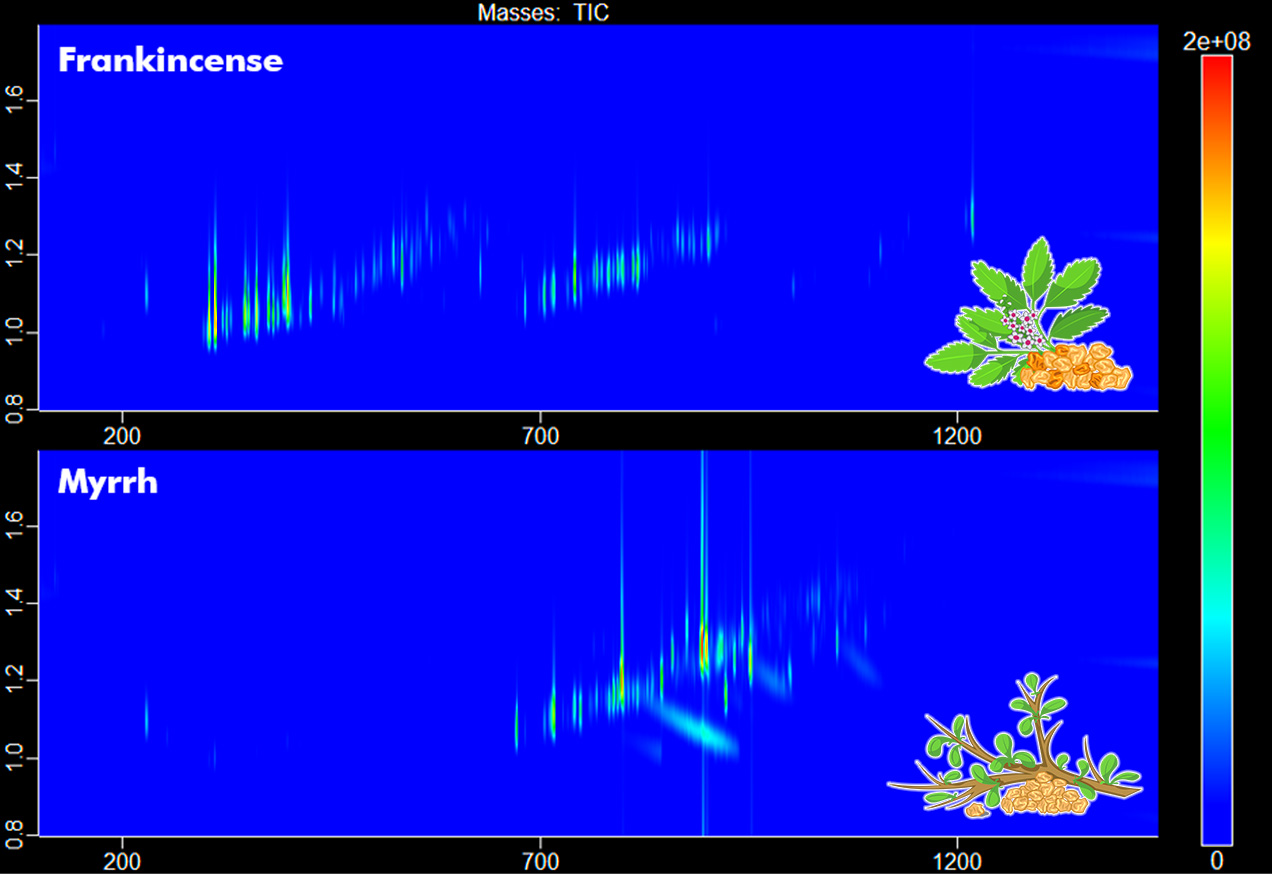
For a more detailed breakdown of the analysis of these oils and how the GC×GC separation provides a huge advantage in the characterisation and comparison of these samples, fill in the form and check out our application note.
Regardez le webinaire de LECO en coopération avec The Analytical Scientist maintenant disponible pour un visionnage à la demande. Le webinaire présente « GC×GC-HR-TOFMS for untargeted screening of Breathomics » par Pierre-Hugues Stefanuto, directeur scientifique à l'Université de Liège
Votre Pegasus® BT est un instrument puissant, mais si vous ne savez pas comment utiliser certaines de ses fonctionnalités, vous ne pourrez pas tirer pleinement parti de votre investissement. LECO déploie LECOLearn, un site de formation en ligne à la demande pour vous aider à maximiser votre laboratoire.
La recherche métabolomique présente des challenges à la fois pour les méthodes analytiques à utiliser et le tri des données nécessaire pour pouvoir interpréter les résultats. Une seule méthode ne suffit pas pour la caractérisation complète des métabolomes, et aucun métabolome n'a été complètement caractérisé. Toutefois, la GC-MS fournit une méthode démontrée pour l'analyse des métabolites primaires, tandis que la LC se focalise sur les métabolites secondaires et tertiaires.
La montée des "-omiques" (génomique, protéomique, métabolomique et glycomique) a été un sujet important au sein de notre groupe ces dernières années - en partie parce que notre propre expertise s’aligne avec une partie des besoins de ces domaines. La métabolomique en particulier représente un défi pour la communauté des sciences séparatives, demandant des applications d'itération haut de gamme de techniques variées, incluant LC, GC, MS et RMN. En fait, quand il s’agit de métabolomique, la plupart des outils analytiques ont un « siège à la table technique » – après tout, la multimodalité est le seul moyen de donner un sens à une telle complexité d’échantillon.
Un article de Pierre-Hugues Stefanuto, Delphine Zanella et Jean-François Focant
Quelle est l’efficacité de votre laboratoire en ce qui concerne les échantillons d’aliments ? Êtes-vous sûr de voir tout ce que votre échantillon a à offrir ? Découvrez comment LECO a élargi le champ des possibles en matière d’analyses de sécurité alimentaire avec cette série de webinaires gratuits.
LECO hosted the LA2PC // Analytical Applications Poster Competition with the aim of improving our understanding and knowledge of LECO users’ work and research. This was a great opportunity to learn more from our users and introduce their work with LECO instruments to a wider base. LECO is proud that so many excellent posters were submitted. All entries are displayed in our poster gallery.
Le Dr Ralf Löscher, vice-président de LECO Europe, s'entretient avec Thomas Gröger et le Dr Jürgen Schnelle-Kreis du Helmholtz Zentrum München, le Centre de recherche allemand pour la santé environnementale, pour en savoir plus sur l'impact des aérosols sur notre vie quotidienne et notre santé et en tirer profit pour obtenir quelques informations générales sur leur travail.
Nous sommes fiers d'annoncer la livraison et l'installation réussies d'un ensemble d'appareils unique chez notre client unique. NOFER INSTITUT DE MÉDECINE DU TRAVAIL à Łódź, qui comprend le DÉPARTEMENT DE SURVEILLANCE BIOLOGIQUE ET DE L’ENVIRONNEMENT, dirigé par le Prof. Dr. hab. n. med. Wojciech Wąsowicz, est un centre florissant et de formation d'opinion, participant à de nombreux programmes nationaux et internationaux.
Quelle est l’efficacité de votre laboratoire en ce qui concerne les échantillons d’aliments ? Êtes-vous sûr de voir tout ce que votre échantillon a à offrir ? Découvrez comment LECO a élargi le champ des possibles en matière d’analyses de sécurité alimentaire avec cette série de webinaires gratuits.
Tous nos webinaires dureront environ 30 minutes avec une session de questions/réponses à la fin. Inscrivez-vous à tout ce qui vous intéresse !
Ou visitez notre nouveau salon virtuel
Veuillez vous joindre à nous pour deux prochains eSéminaires sur SepScience.com. Nous présentons comment les technologies de pointe LECO GC-TOF-MS et GC×GC-TOF-MS peuvent considérablement améliorer vos applications pour l’analyse des aliments (9 juin) et l’environnement (11 juin).
Cliquez pour vous inscrire maintenant !
Aujourd’hui, le 20 mai, c’est la Journée mondiale des abeilles mellifères. L’abeille est une espèce pollinisatrice importante qui contribue à environ 15 milliards de dollars par an à l’économie américaine grâce à la pollinisation des cultures et 690 millions de livres sterling à l’économie britannique. Les abeilles sont également d’importants pollinisateurs sauvages et jouent un rôle clé dans le maintien de la biodiversité et des services écosystémiques dans de nombreux écosystèmes.
Lors de l’atelier et symposium GC×GC de LECO (filmé au Centre européen de formation et d’application LECO, Berlin, Allemagne), Paul Harvath a donné une conférence intitulée « Évaluation d’huiles à base oxydée en chromatographie en phase gazeuse bidimensionnelle à flux modulé – Spectrométrie de masse à temps de vol ». Dans son discours, il a donné un aperçu de l’histoire et de l’avenir des huiles moteur pour voitures et de l’évolution des lubrifiants au fil du temps.
Department of Pharmacy, University of Naples Federico II
"I have been using a GC-TOFMS Pegasus BT since janvier 2018 for Metabolomics projects. I have mainly analysed murine tissues extracts, and, I'm very happy about its robustness and high sensitivity."
UMR QualiSud, University of Avignon, France
"I use a LECO mass spectrometer for plant metabolomics ; it is an efficient machine with a very low detection limit and the Chromatof deconvolution algorithm allows to find hundreds of compounds in complex extracts."
Faculty of Forestry and Wood Sciences, Czech University of Life Sciences Prague, Czech Republic
"I have been working with LECO instruments for approx. ten years. I worked with the PEGASUS® 4D, TruTOF, GC-HRT and, for few days in Berlin, with the Pegasus BT and BT 4D – I really enjoyed that. There are several reasons why I like working with the devices and why I would not consider using other GC-MS insturments.
- LECO instruments are reliable and robust with well working peak find and mass spectral deconvolution algorithms.
- In principle, LECO instruments are allowing both target and non target analysis which can be performed in one run, with nice sensitivity.
- Data processing is easy and everything is done in one SW – no need to use complicated combinations of SWs.
- LECO has an excellent customers support"
Wolfson Atmospheric Chemistry Laboratories, University of York
"Following years of service from the old LECO PEGASUS® 4D TOF GC-MS, we upgraded to a new LECO Pegasus BT4D TOF GC-MS. The decision was made due to the exceptional separating power afforded by thecryogenic modulation and the durability of the LECO StayClean® sourcetechnology which has been carried into the updated system. The combination of the two open up a wide variety of analyses to us whichenable use of this instrument in many aspects of our research."
National Centre for AtmosphericScience (NCAS), University of York
"We send instruments into the harshest of environments and run very demanding samples on them. Bearing this in mind, our decision to upgrade the GC-MS at our remote Cape-Verde site to the new LECO PEGASUS® BT was driven by the promise of the StayClean® source. This minimizes down time and eliminates operations which are difficult to carry out when working with remote systems. The increased sensitivity of theinstrument enables us to take smaller sample volumes which again assists with easing the burden placedon the analytical machine. Finally! the upgrade from quadrupole to time of flight mass spec will enable us to keep historical datasets which can be interrogated for any compounds which prove interesting in the future."
Department of Civil Engineering University of Strathclyde
"In 2013, I became responsible for overseeing the department’s analytical suite which included a LECO PEGASUS® 4D GC×GC TOF MS as our flagshipinstrument. I had no experience in gas chromatography and found even a standard GCMS daunting. Over the past years, I received extensive support from LECO. Especially withsupport from LECO UK the instrument is still running strong a decade after purchase. I anticipate it will go for another decade and then some."
ALS Enviromental, United Kingdom
"I believe this technology and methodology will profoundly change water analysis realising major benefits for both laboratories and their customers."
SGS Institut Fresenius GmbH Berlin, Germany
"We at SGS MOSH/MOAH group are using the GC × GC-TOFMS from LECO to separate the highly complex fractions of MOSH/MOAH contaminates in food. When you want to identify special patterns of contamination species amongst other analytics (e. g carotenoids) you need a high separation power in combination with a fast screening MS. This is provided by the LECO TOF. Actually we have a new project together with LECO and another company to quantify MOSH/MOAH fractions. The complexity of the instrumentation is high, but with the support of the application team from LECO we reach our goals."
Environment Reference Lab, APA – Agência Portuguesa do Ambiente
"Initially we had some fears about whether the option of the time of flight detector would be the best for our laboratory, since we have no other system of this kind installed. However, at the end of 6 months of operation with the GC-TOFMS system, it was widely recognized internally that we made the right choice. An easy-to-operate system with high sensitivity, reproducibility and severalanalysis options for a large universe of analytes, and in the most varied matrices increases the versatility of laboratory operation as well as the possibility of responding to the most demanding customer requests."
Centre for Molecular and Cell Technologies, Saint Petersburg State University Research Park
- Analytical Phytochemistry Laboratory // Komarov Botanical Institute
- Department of Plant Physiology and Biochemistry // Saint Petersburg State University
- Department of Plant Biochemistry and Molecular Biology // Vavilov Research Institute of Plant Industry
"Our virtual metabolomics research center has six GC-MS instruments, and the LECO PEGASUS® 4D is the crown jewel of our science park. The results of GC-MS profiling performed using GC×GC technologies has madea strong impression on users and has seriously improved the quality of ourpublications. The fast-scanning capabilities of the TOF-analyzer effectively augment the dataobtained on the ordinary quadrupole, especially when working with the most complexmatrices which are most often the subject of metabolomics analysis. The reliability of the device is especially deserving of praise. The equipment can withstand a very demanding load with constant, round-the-clock operation."
Università degli Studi del Piemonte Orientale, Italy
"With the Pegasus BT 4D performing untargeted analysis today is very easy, thanks to the high sensitivity of the instrument, we are able to mine and analyze any type of sample! A combination of very good sensitivity, quality to price ratio and high flexibility make the Pegasus BT 4D system perfect for analysis of every sample"
University of Naples, Italy
"Pegasus BT is the perfect choice for identifying well-known metabolites at low concentration level in our sample, and also discovering new compounds. The most surprising advantage of the BT system is the ion source robustness! We usually work with dirty and complex samples, but we have never observed drop of sensitivity during our analyses.This reduces the time and cost of our analyses!"
TURKU Metabolomics Facility, Finland
"We use the LECO Pegasus BT instrument for the quantification of small polar metabolites. We developed a hybrid method where we quantitate 51 metabolites with standard curves and screen for any other small polar metabolites in a wide range of biological samples. This assay has a great dynamic range thanks to the sensitivity of the BT. The StayClean® ion source allows us to run hundreds of samples in a batch and be confident that the ion source will remain clean even with dirty samples such as plasma."
Czech Academy of Science, Tschechische Republik
"Compared to GC equipped with a single column, the Pegasus 4D enabled me to separate unbelievable number of analytes! Tens of thousands of separated peaks in one run was not an exception. But where the separation was not perfect, ChromaTOF software and its deconvolution algorithm did the job. Such excellent ‘separating power’ helped me discover new types of plant PCB metabolites."
Helmholtz Zentrum München (HMGU) Department “Comprehensive Molecular Analytics“, Germany
"This combination of ultrahigh chromatographic separation with high mass resolution might be still unique for a commercial available end user system."
Notre nouvel eBook résume une grande partie du travail d’application de LECO dans le domaine des tests alimentaires. En plus du recueil d’applications, le livre électronique comprend une introduction à la technologie GC×GC et TOFMS, suivie d’un aperçu des différentes solutions matérielles et logicielles qui ont été utilisées pour les applications de test alimentaire. Une bibliographie avec des références supplémentaires se trouve en annexe.
L’eBook est téléchargeable sur SeparationScience dès maintenant.
Téléchargez l’eBook ici…
NOUVEAU : Démonstrations en ligne à notre centre d’application et de technologie de Berlin
Nous pouvons à présent vous présenter nos instruments et solutions EN LIGNE, ce qui vous permet de mieux anticiper en quoi les instruments LECO pourraient améliorer les résultats et les procédés de votre laboratoire !
Venez nous rendre visite depuis votre bureau sans avoir besoin de vous déplacer. Notre nouveau SERVICE DE DEMO EN LIGNE vous permet de voir nos produits et de recevoir des conseils et astuces de la part de nos experts.
Souhaitez-vous savoir comment nous pouvons vous aider dans l'analyse de vos échantillons ?
Contactez-nous et nous pourrons organiser une démo !
Contactez l'équipe commerciale LECO pour un rendez-vous en ligne individuel.
Alors que les lois et les réglementations changent dans certains pays, le cannabis et toutes ses molécules d'intérêt rentrent dans une large variété de produits de consommation. Les instruments LECO, qui combinent la puissance du spectromètre de masse à Temps de Vol (TOF-MS) et la chromatographie en phase gazeuse bidimentionnelle compréhensive (GCxGC), peuvent rendre vos analyses plus efficaces. Découvrez ici comment gagner du temps et de l'argent en quantifiant et en identifiant les terpènes et les cannabinoïdes en une seule injection. Cette même injection peut également révéler la présence de pesticides ou d'autres composés !
Comment pouvons-nous le faire ? Travailler en GCxGC améliore drastiquement la séparation des analytes et, associée à la grande qualité des spectres sur toute la gamme de masse obtenue par TOF-MS, permet une déconvolution efficace des composés avec ChromaTOF.
Si vous souhaitez en apprendre plus sur "La détermination des profiles de terpènes selon la variété de cannabis", regardez la présentation de Joe Binkley, Directeur - Application Sciences Séparatives.
Lors du Workshop & Symposium GC×GC de LECO, Dr. Diane Turner a présenté « Sélectivité : Quand, où et comment l'utiliser“ La présentation porte sur les techniques d’analyse d’échantillons, la sélectivité dans le choix de la bonne configuration technique (choix de la colonne, paramètres d’entrée, etc.), ainsi que l’optimisation de l’analyse des données.
Réunion du London Metabolomics Network et de la South East Region Analytical Division de la Royal Society of Chemistry à Burlington House, Londres
Alan Griffiths parle de la technique haut de gamme de séparation GC×GC fournie par LECO. La vidéo a été enregistrée lors de la réunion du London Metabolomics Network et de la South East Region Analytical Division de la Royal Society of Chemistry à Burlington House, Londres. La vidéo sera téléchargée sur SepScience.com pour notre récente campagne PEGASUS®.
Les feux d’artifice sont un incontournable des célébrations du jour de l’indépendance américaine. On estime que 16 000 feux d’artifice sont organisés aux États-Unis chaque année, et que les consommateurs américains dépensent plus d’un milliard de dollars en feux d’artifice pour marquer les fêtes ! Au-delà des explosions et des effets lumineux, comment ces feux d’artifice affectent-ils l’environnement où ils sont utilisés ? Le siège social mondial de LECO est situé à Saint Joseph, dans le Michigan, une station balnéaire au bord du lac Michigan où les feux d’artifice sont la toile de fond de la célébration du 4 juillet. L’été dernier, notre laboratoire d’applications a pensé qu’il serait bénéfique et intéressant de tester l’eau entourant le site de lancement des feux d’artifice, pour détecter la présence d’impacts environnementaux à court terme. L’afflux de touristes sur les plages du lac Michigan pendant les vacances participe au déversement de produits chimiques et cosmétiques (crèmes solaires et répulsifs anti-insectes) dans l’eau. L’évaluation de ces contaminants potentiels pendant les vacances du 4 juillet était l’objectif de cette étude.
L’analyse a été réalisée en prélevant des échantillons d’eau à trois endroits différents le long du rivage : sur le site de lancement des feux d’artifice au large de la jetée, et sur deux plages locales à proximité du site de lancement. Ils ont été prélevés le 2 juillet et le 4 juillet (une heure après les feux d’artifice) pour fournir une mesure précise. Le système 4D du Pegasus HRT+ de LECO a été utilisé pour analyser les échantillons d’eau ; celui-ci offre une chromatographie gazeuse bidimensionnelle complète couplée à une spectrométrie de masse à temps de vol haute résolution (GC×GC-HRTOFMS). Le GC×GC-HRTOFMS s’est avéré être un puissant outil d’exploration, car il a fourni une analyse complète et non ciblée des échantillons d’eau, avant et après les feux d’artifice, démontrant clairement les différences chimiques entre les deux. Le GC×GC-HRTOFMS a également été en mesure d’identifier les contributions à la pollution environnementale résultant de ces spectacles pyrotechniques et de l’augmentation de la fréquentation humaine à proximité des sites d’échantillonnage de l’eau.
En quoi la qualité de l’eau du lac Michigan a-t-elle été affectée en raison de l’augmentation de la fréquentation touristique et des feux d’artifice ? Les résultats pourraient vous surprendre…
L’analyse non ciblée, la science des données et l’innovation ont fusionné pour donner naissance à la nouvelle génération d’analyse par techniques séparatives en spectrométrie de masse. Alan Griffiths, spécialiste des produits en science séparative de LECO UK nous l’explique.
« Une idée découle souvent d’une autre, et des réactions en chaîne se produisent. Comme pour les réactions chimiques, les idées peuvent rester contenues dans des zones restreintes avant de se propager progressivement vers l’extérieur. La Silicon Valley, en Californie, est un point de convergence de la technologie. Au Royaume-Uni, la ville de Manchester constitue le pôle majeur de la spectrométrie de masse (MS). Manchester est le lieu de production du premier spectromètre de masse commercial construit en dehors des États-Unis… »
Monde de la chimie // Publication 12/2019 // Article par Alan Griffiths
Ralf Löscher nous parle des dernières technologies et des nombreuses années d’expérience de LECO dans le domaine de l’instrumentation TOFMS. Cet entretien met l’accent sur l’industrie alimentaire et les avantages particuliers que LECO offre à ce marché.
« Dans le domaine de la technologie des techniques séparatives chromatographiques, LECO propose la technologie GC couplée à la spectrométrie de masse (MS) de temps de vol (TOF). Cela inclut la chromatographie unidimensionnelle et bidimensionnelle (GC×GC), qui augmente la résolution et la sensibilité chromatographiques. De plus, notre dernière technologie offre des prix compétitifs par rapport aux alternatives triples quadripolaires. En outre, la technologie GC-TOF-MS est fondamentalement imbattable pour l’analyse des résidus dans des matrices complexes telles que les thés, les épices, les produits gras, mais aussi les aliments pour bébés. »
eFoodLab // Numéro 02/2019 // Entretien avec Ralf Löscher
Félicitations à la gagnante du premier concours de posters de LECO UK, Rachel Hand, De Montfort University/The Open University, ainsi qu’à notre finaliste, Sonia García Alcega, The Open University.
Frank Dorman, professeur agrégé de biochimie et de biologie moléculaire à la Penn State University, a parlé lors de notre petit-déjeuner-conférence de l’ASMS de son expérience avec notre Pegasus BT 4D GC×GC-TOFMS de paillasse pour analyser la contamination environnementale dans la rivière Susquehanna.
Le PEGASUS® GC-HRT+ 4D de LECO sera la toute dernière nouveauté à la School of Chemistry de la University of Southampton, offrant des capacités uniques aux chercheurs britanniques. Découvrez ce que le professeur John Langley pense du nouveau spectromètre de masse. « Le spectromètre très perfectionné de Southampton va diriger la recherche chimique dans la région sud. Des chercheurs du sud de l’Angleterre analyseront de nouveaux produits chimiques d’importance stratégique, grâce à un nouveau spectromètre de masse à la University of Southampton. »
Conférences intéressantes, excellents orateurs, conversations et discussions riches, délicieuse cuisine et lieu incroyable : autant d’éléments qui garantissent le succès du LS3UK à Manchester du 29 au 30 octobre.
LECO vous invite à un événement varié d’analyse de la métabolomique à l’EATC de Berlin. Des conférenciers présenteront en quoi l’utilisation des technologies GC-TOF-MS et GC×GC-TOF-MS de LECO permet d’améliorer leurs applications les plus récentes en analyse de métabolomique ciblée et non ciblée dans divers domaines, tels que les maladies humaines, la nutrition et les biomarqueurs végétaux. Ces conférences seront complétées par une session de laboratoire présentant les derniers instruments et logiciels LECO. La participation est gratuite et comprend une soirée spéciale le 27 novembre !
